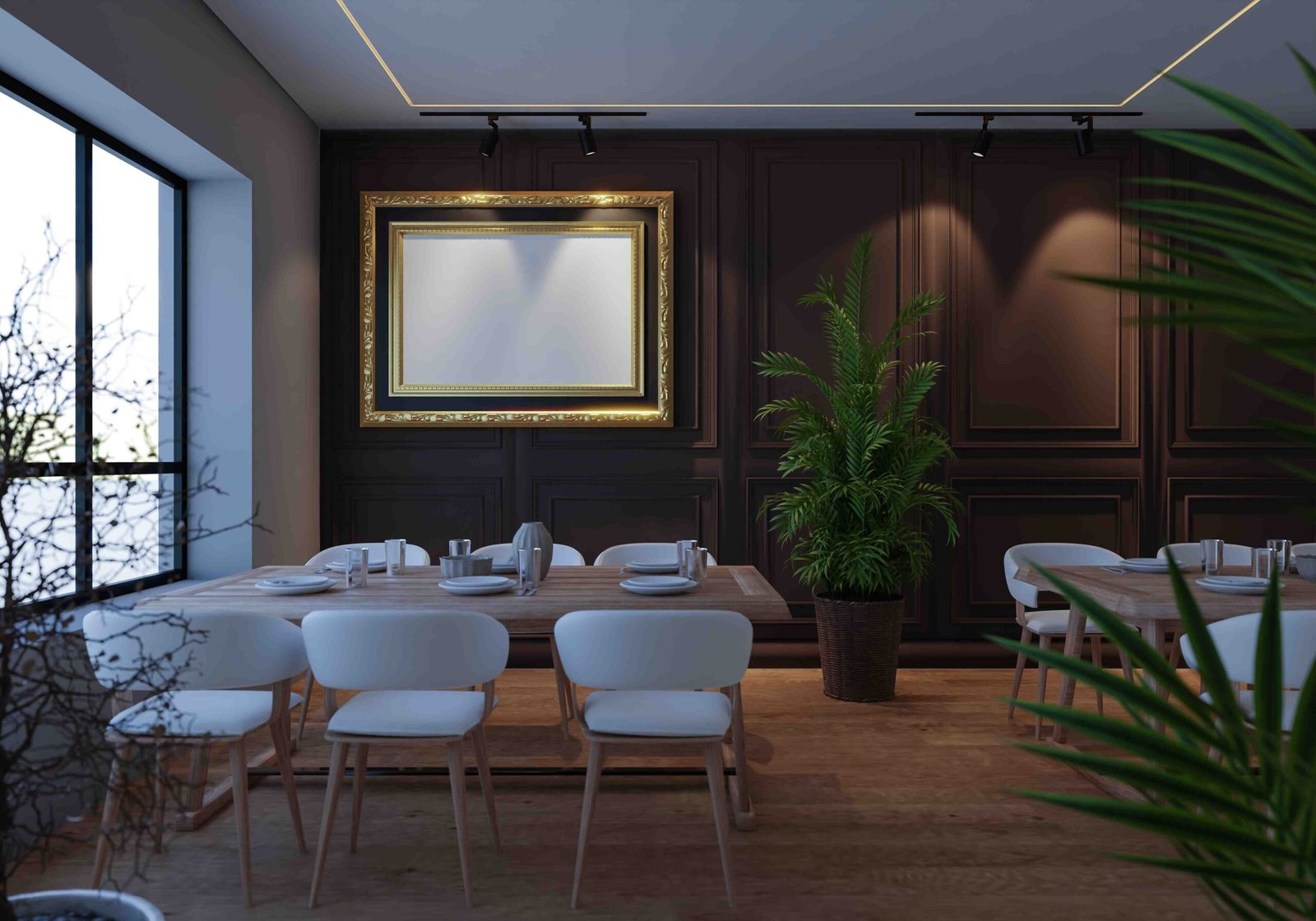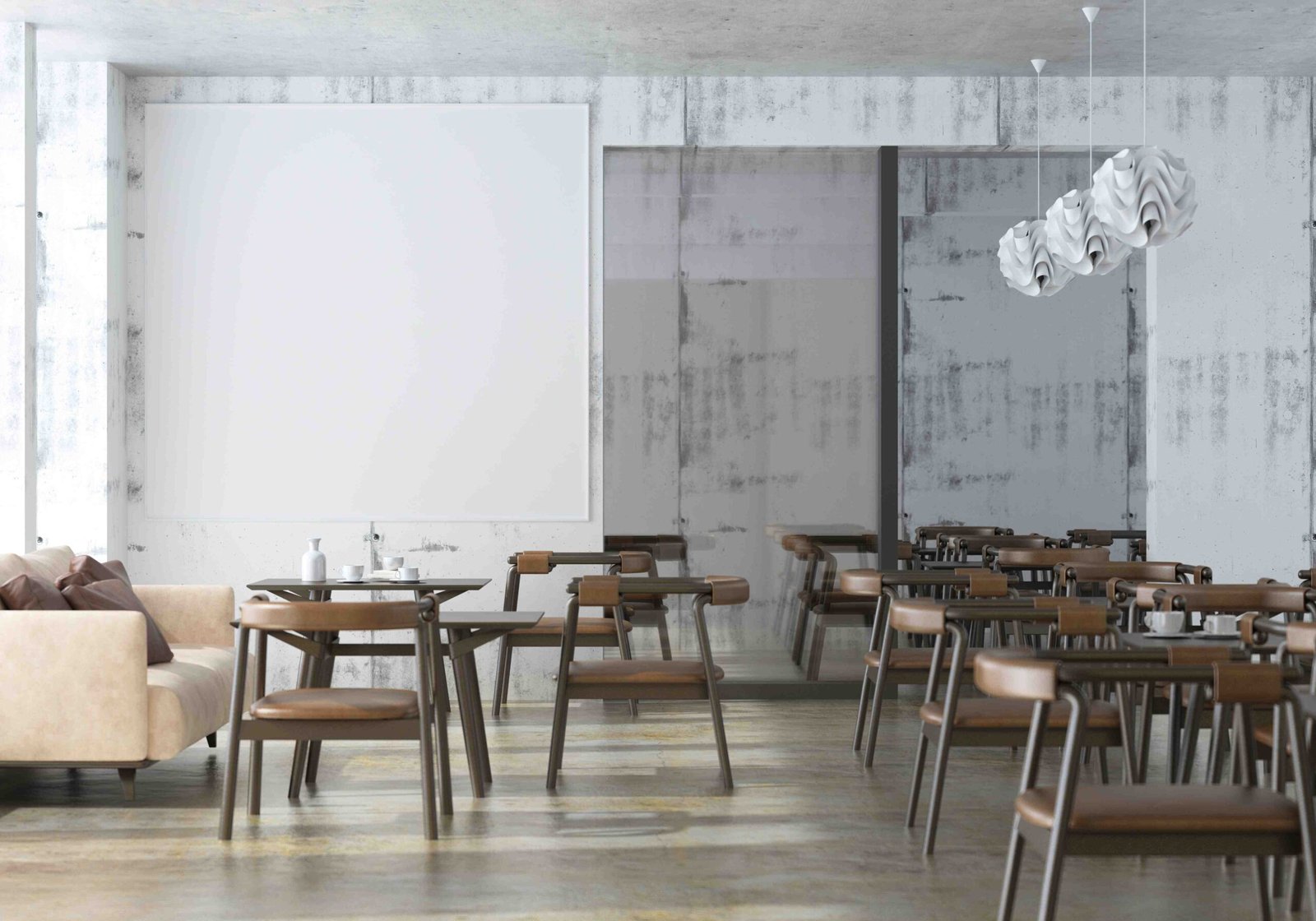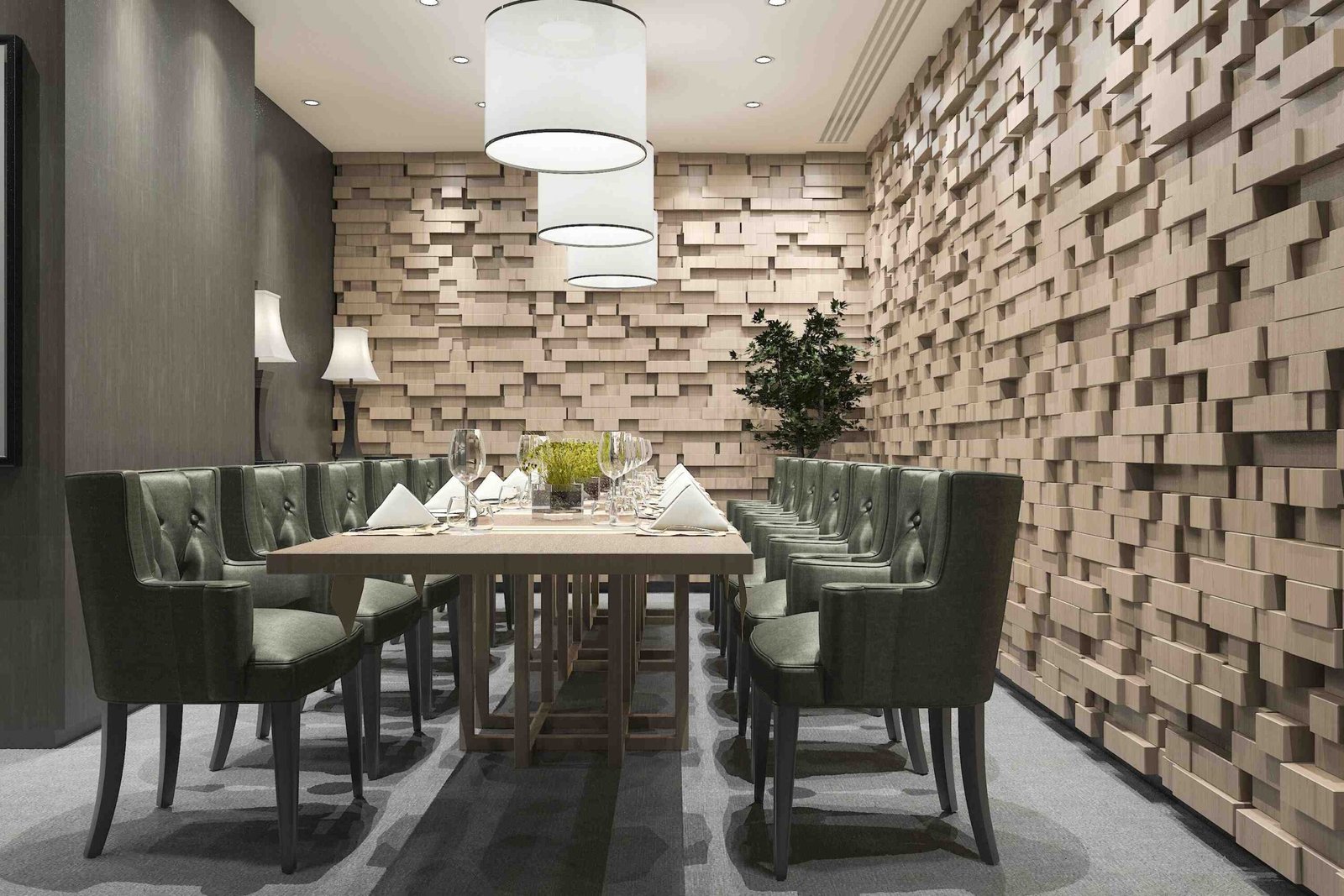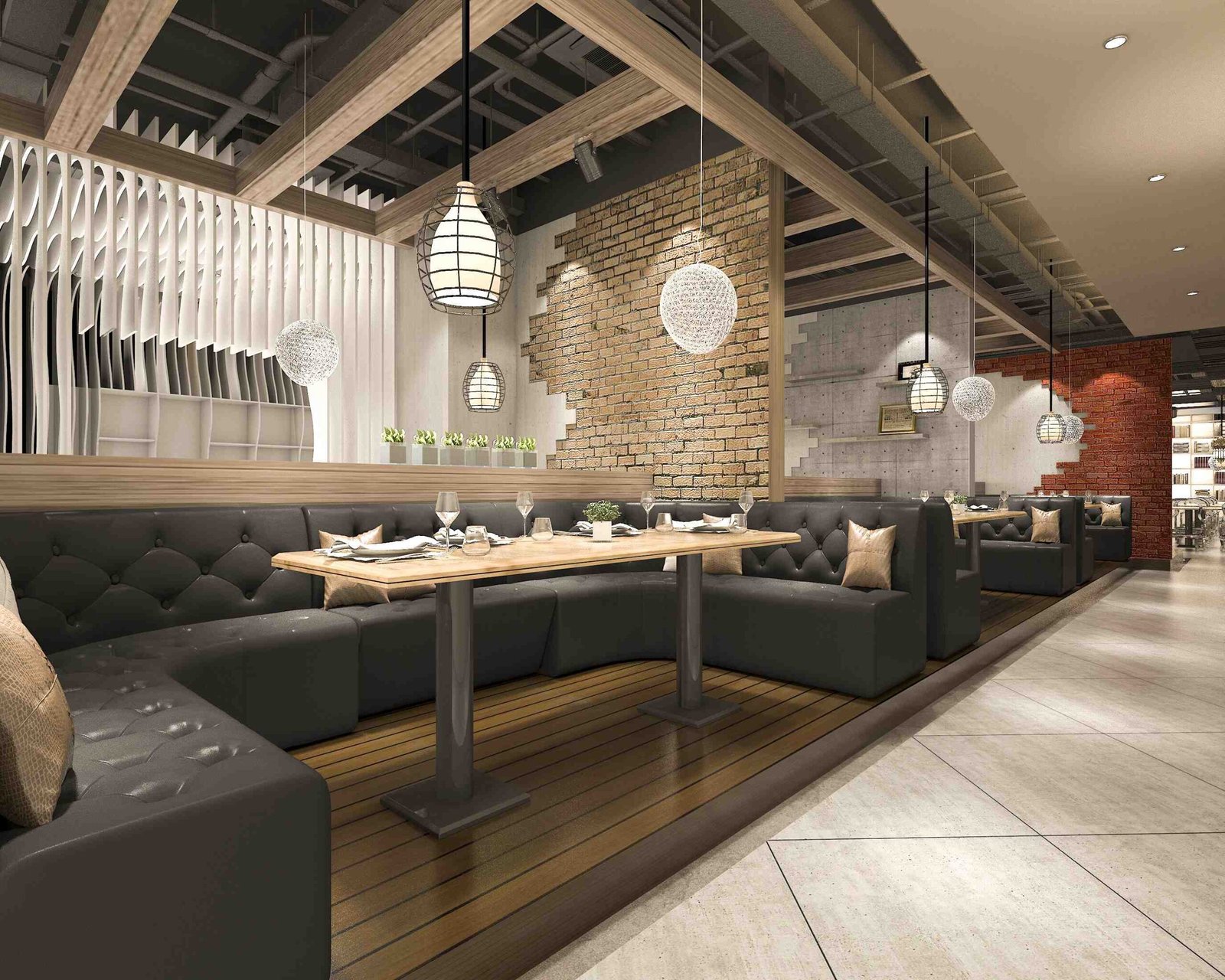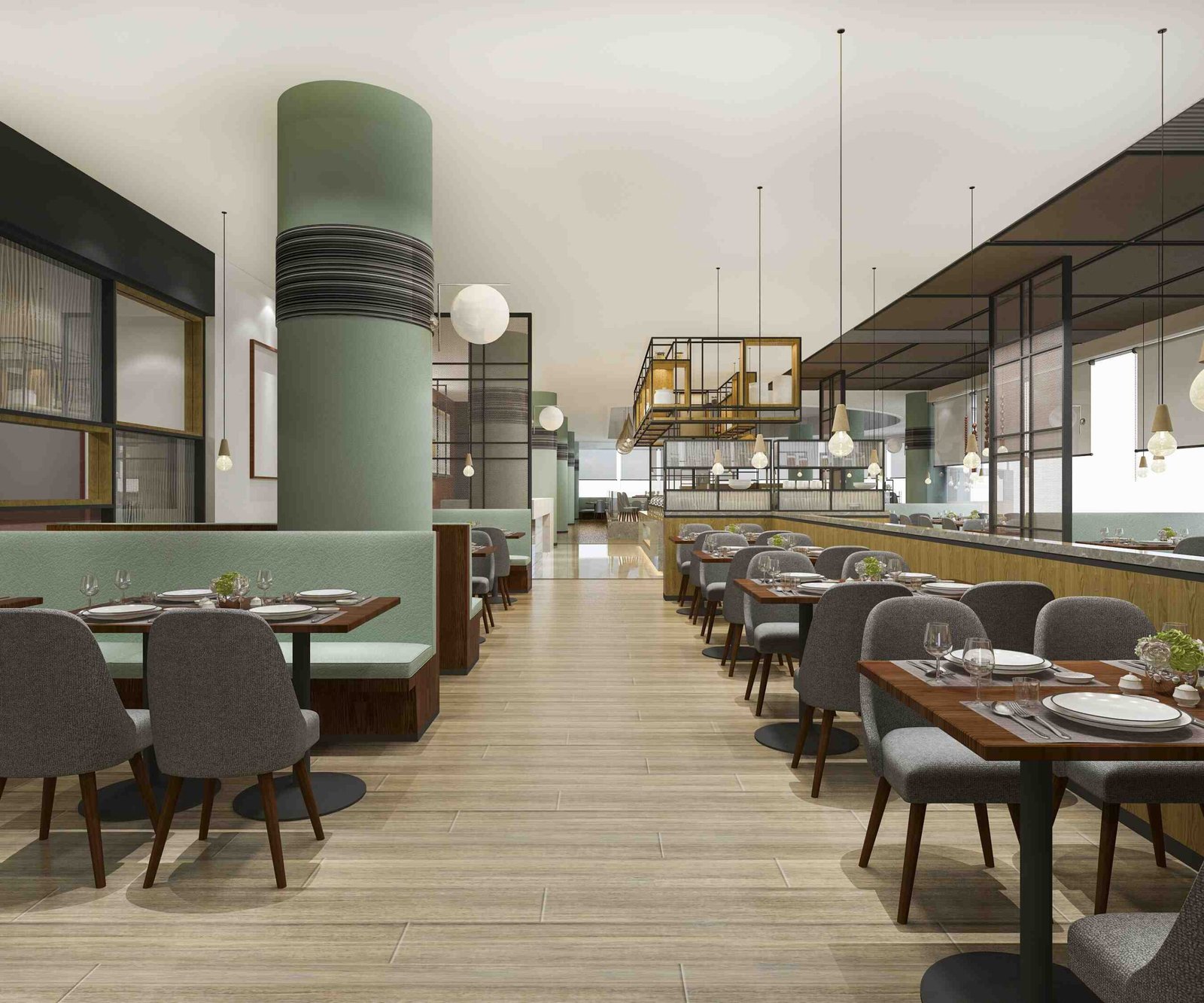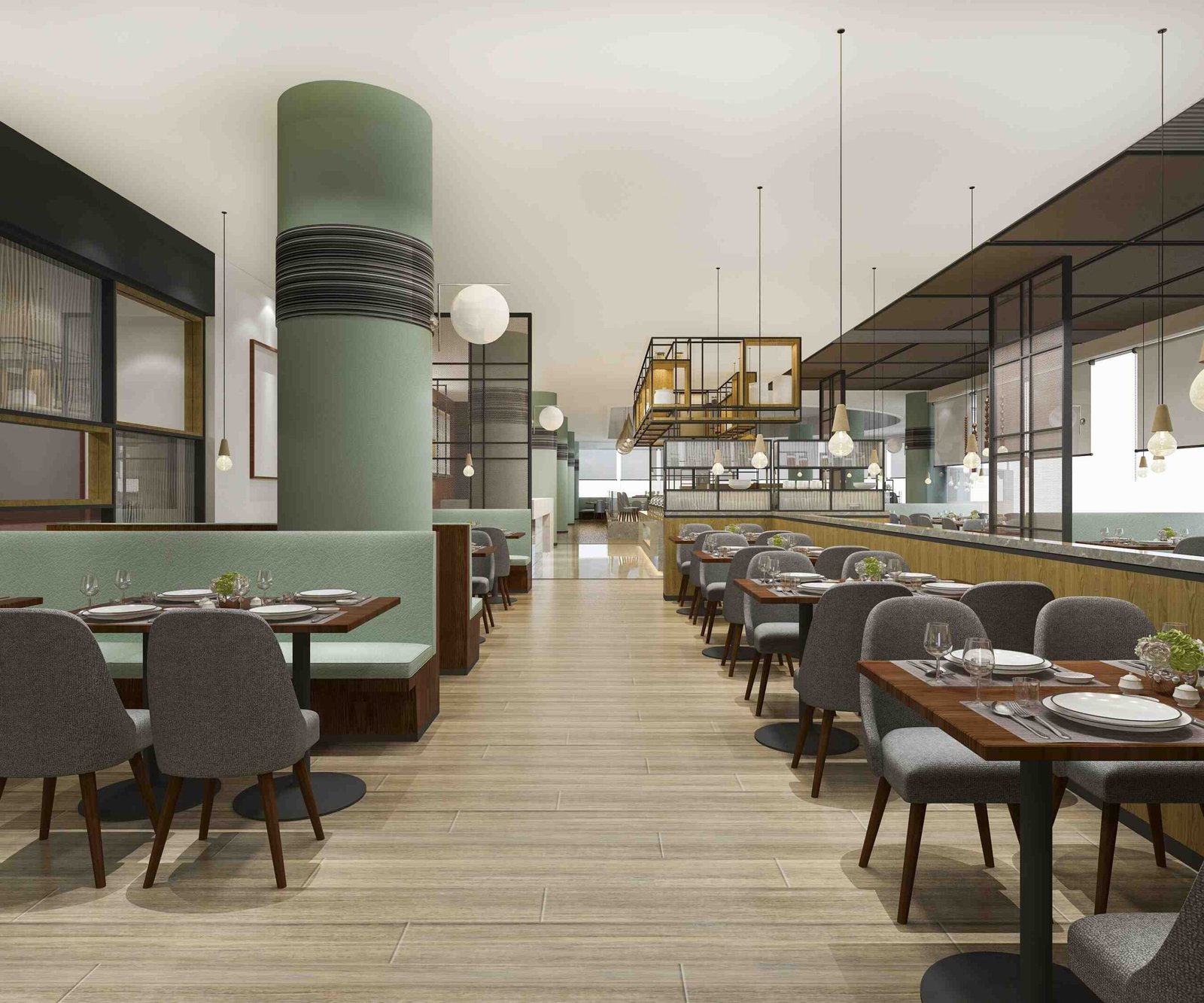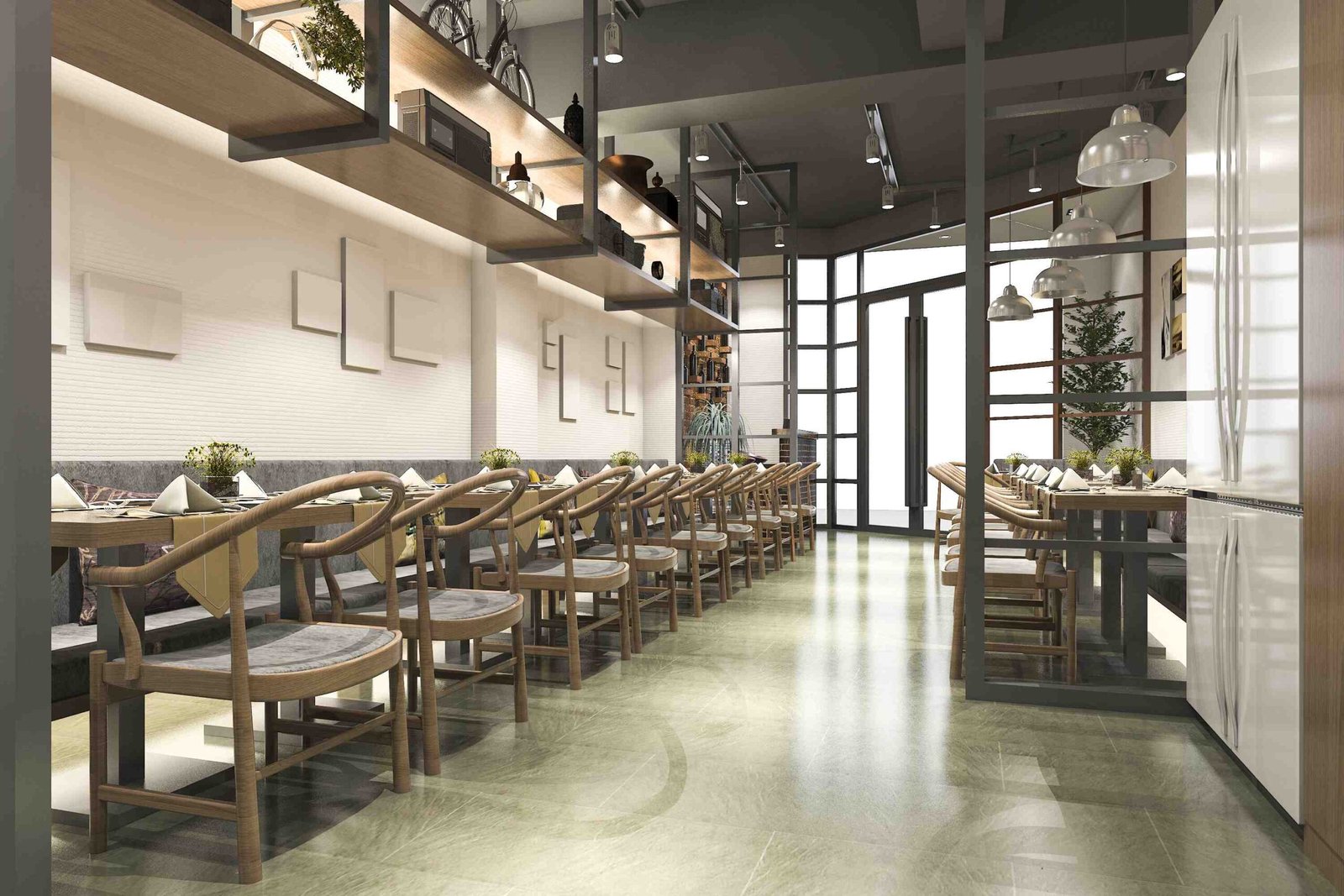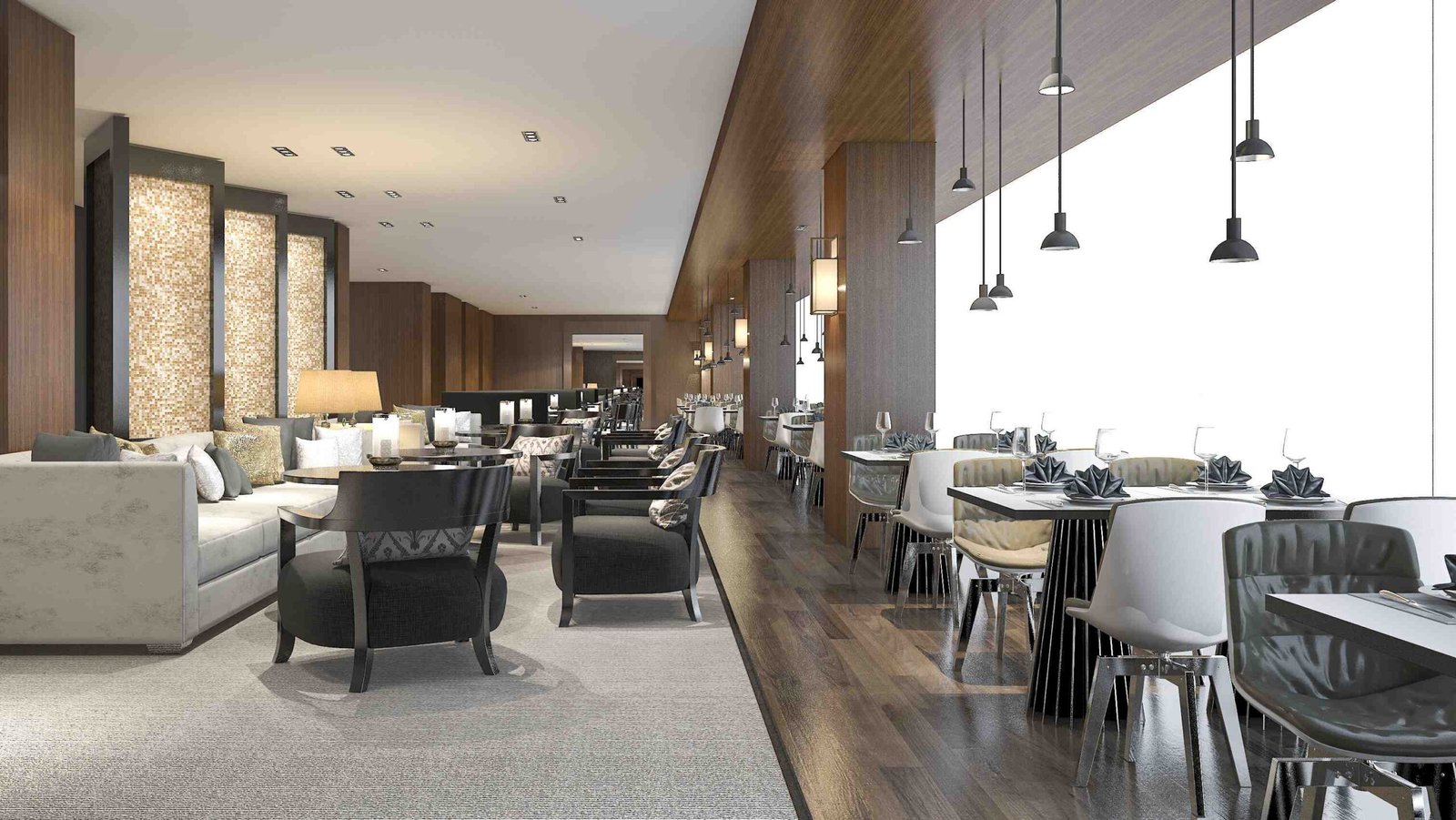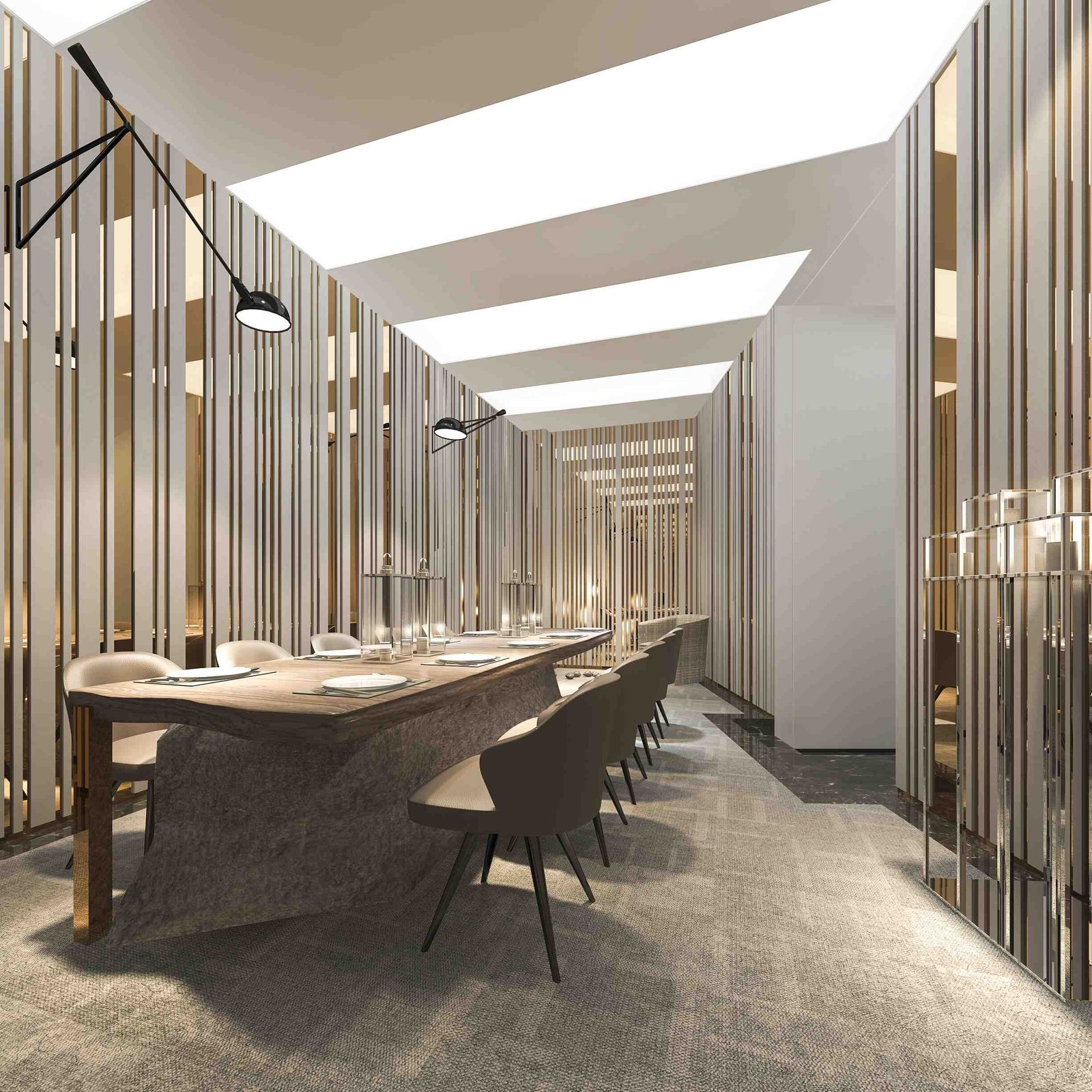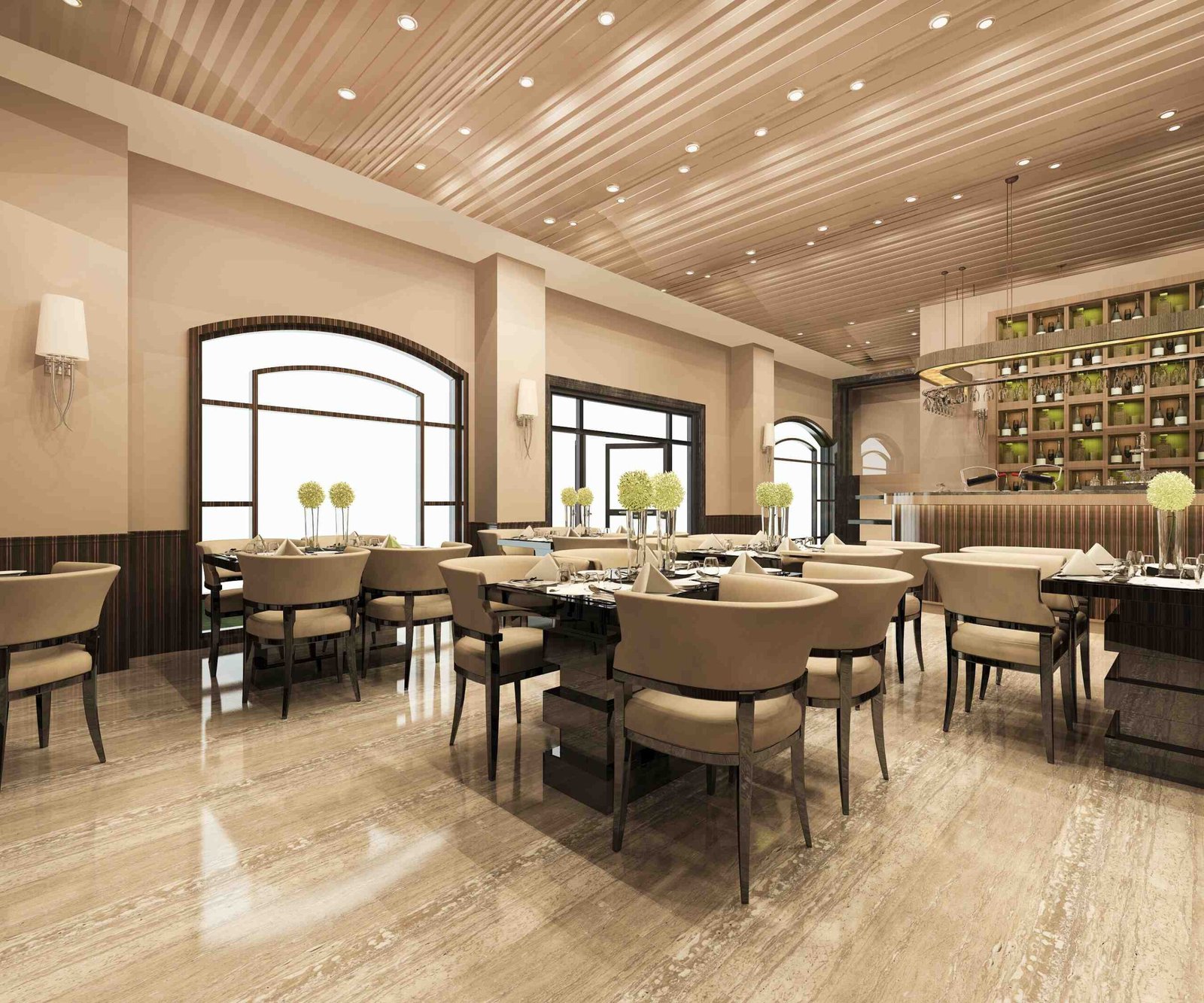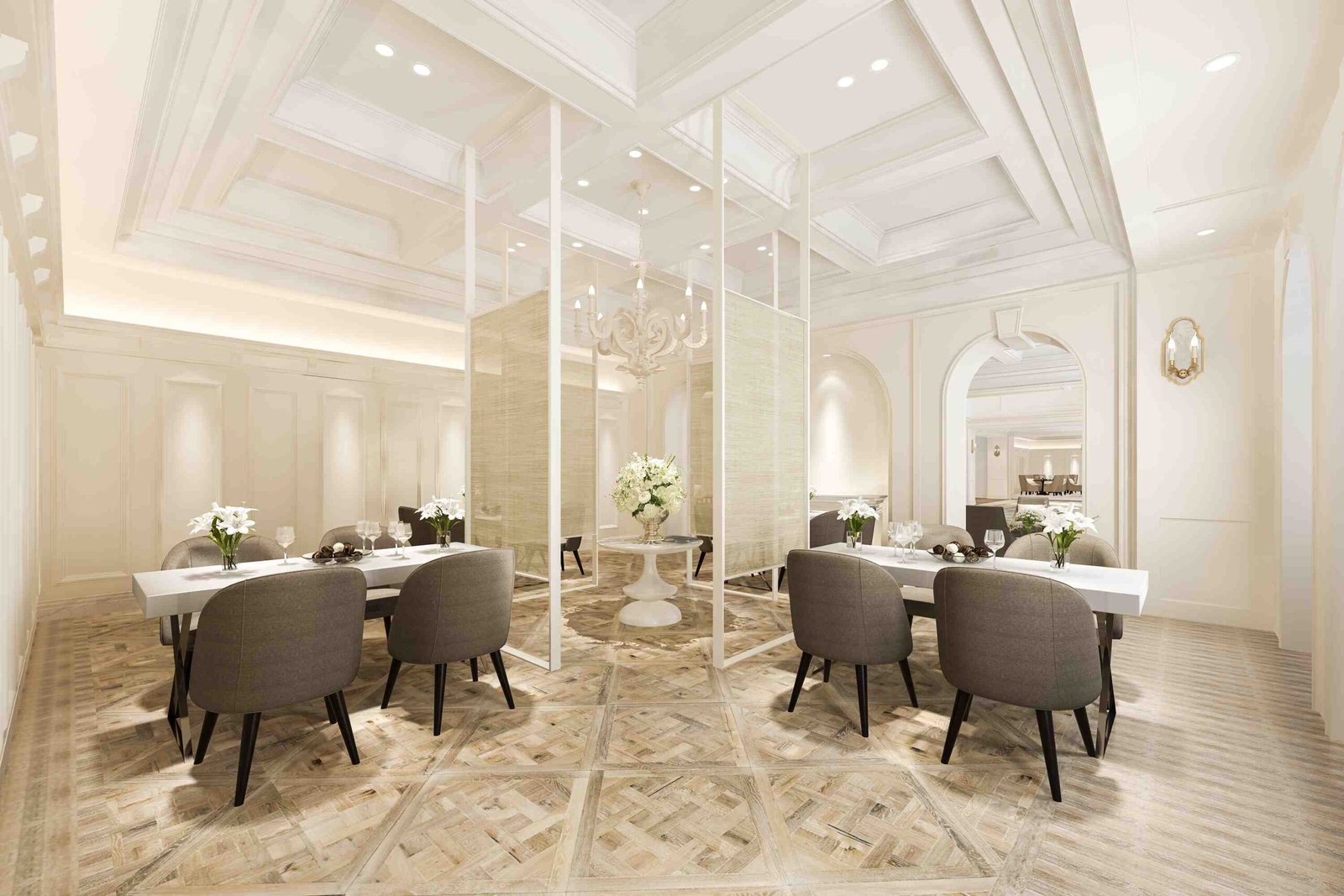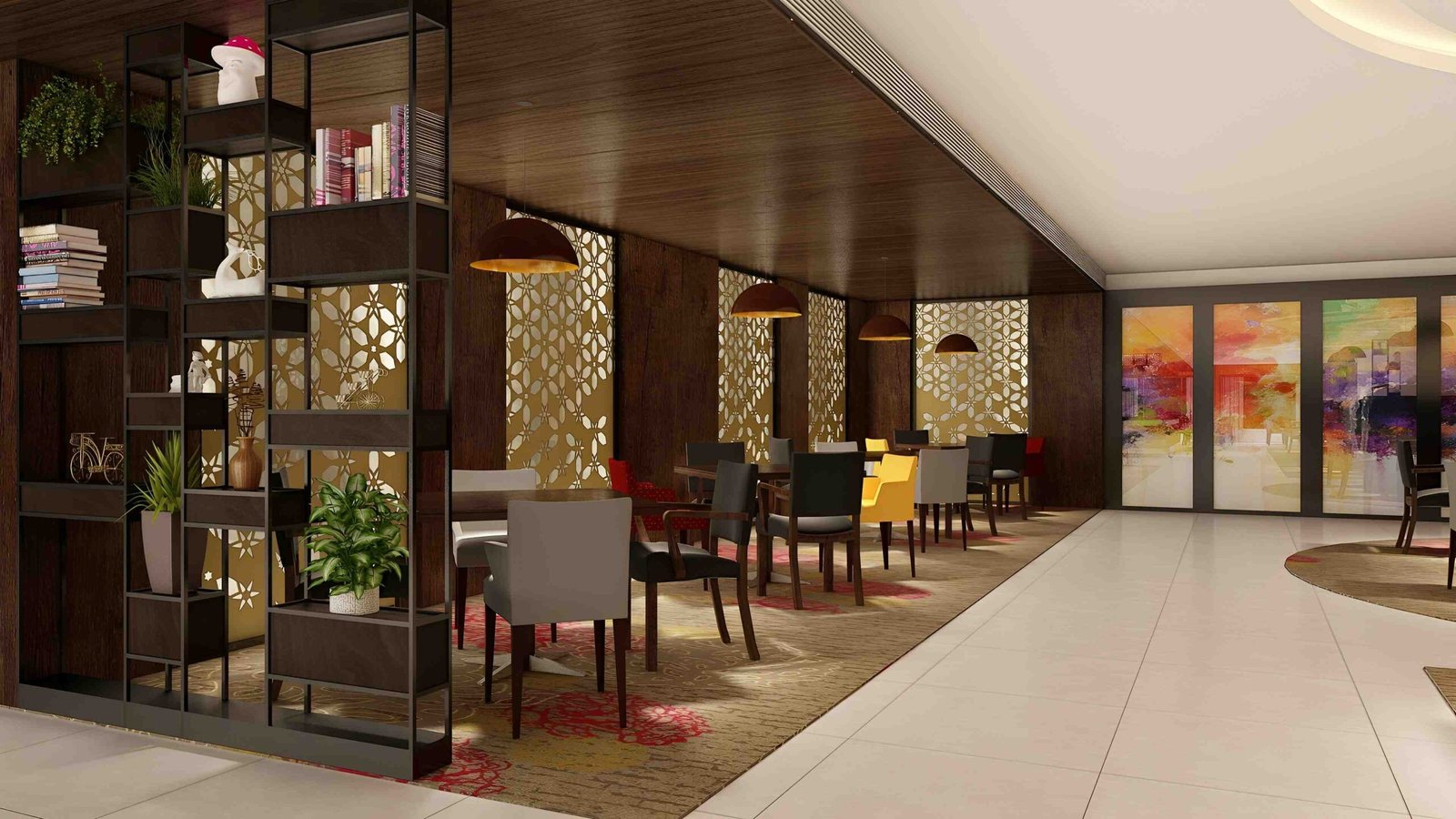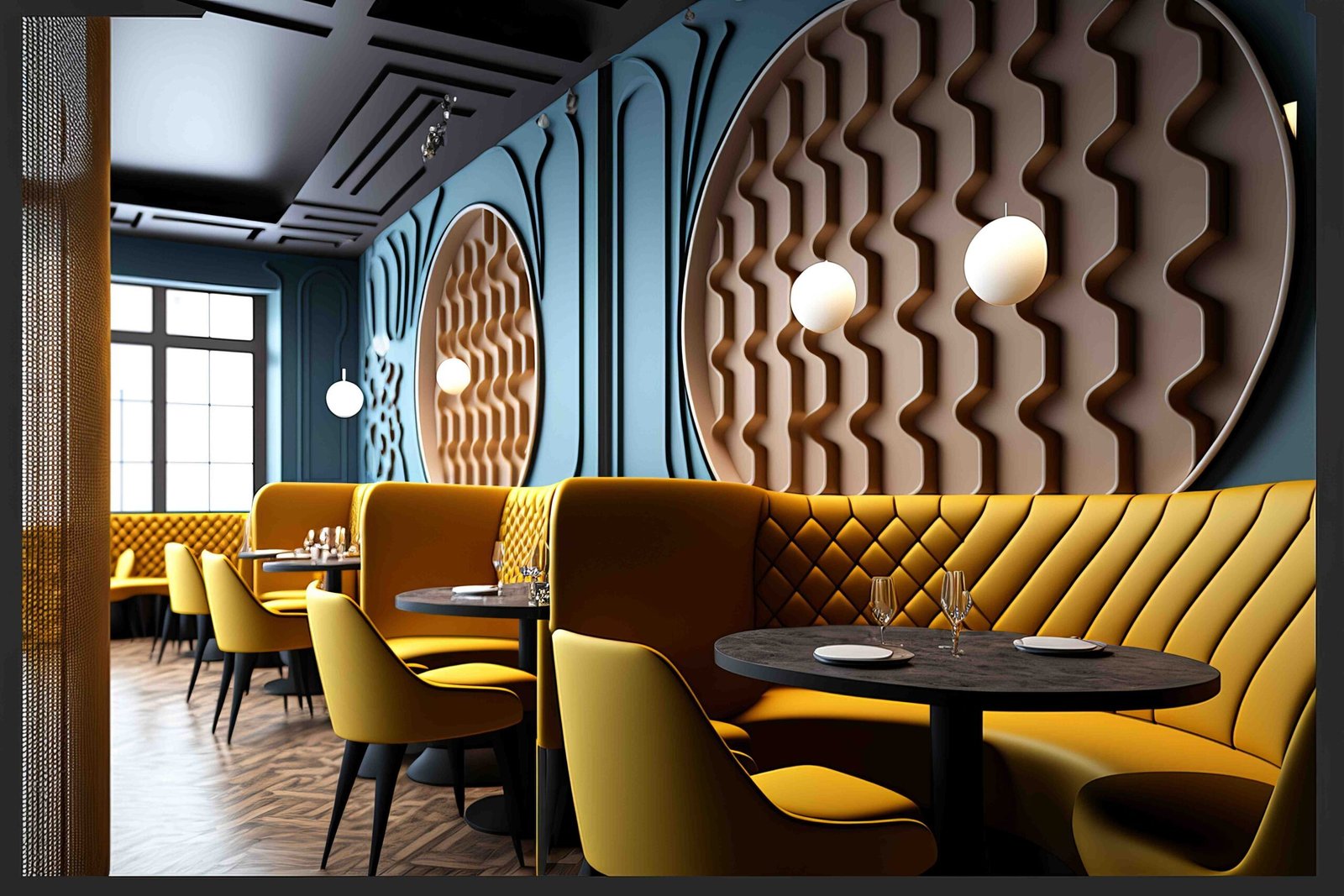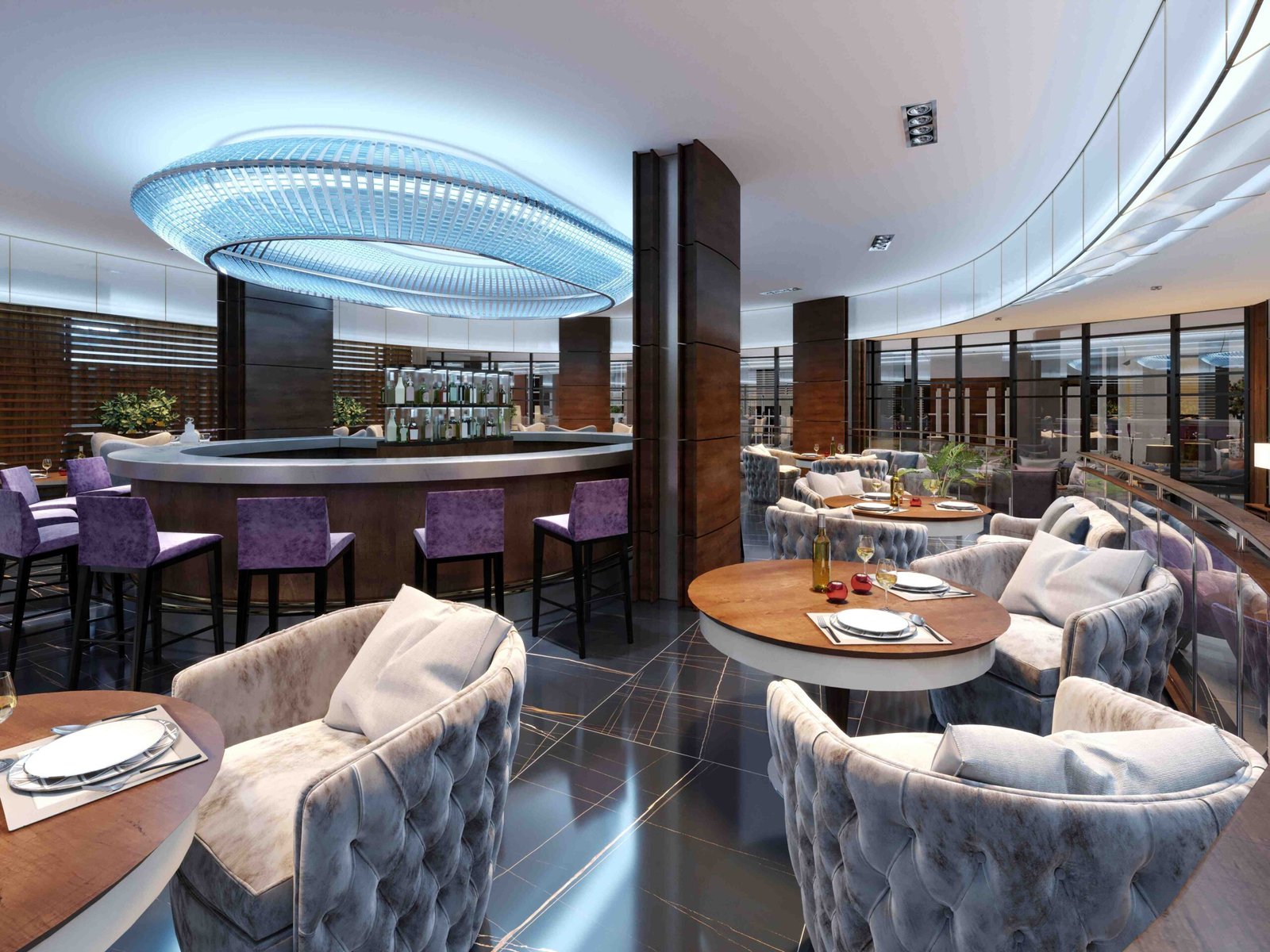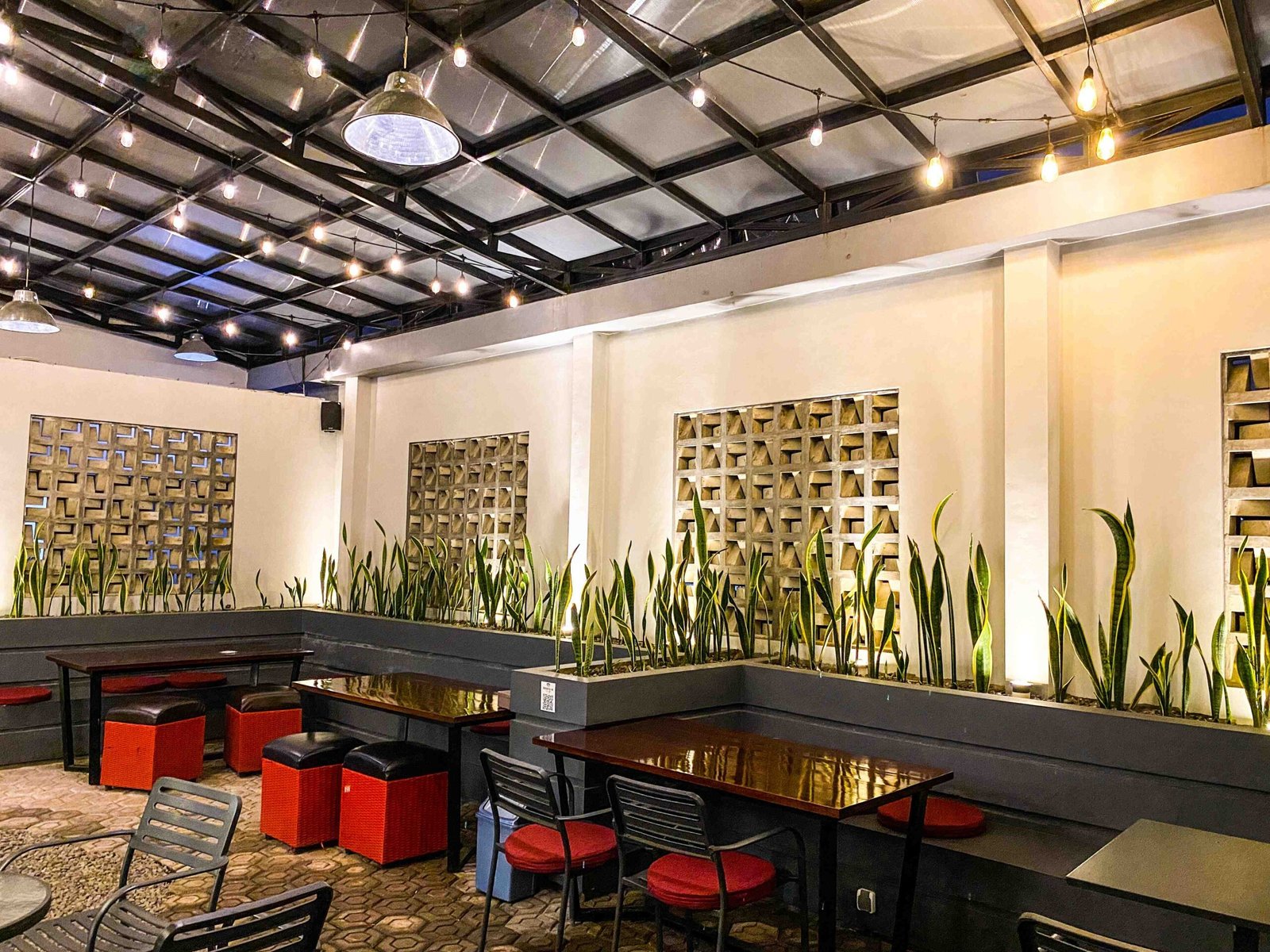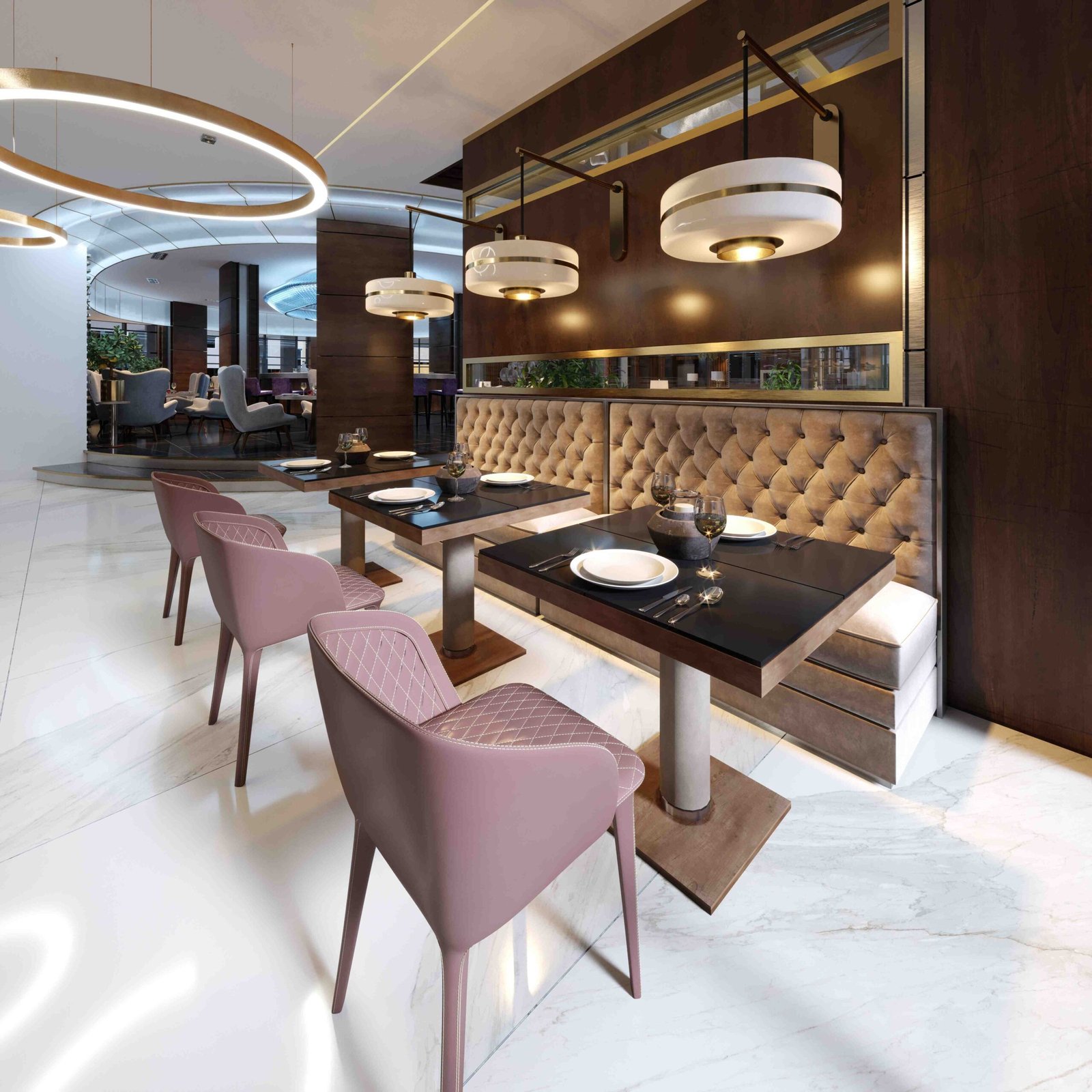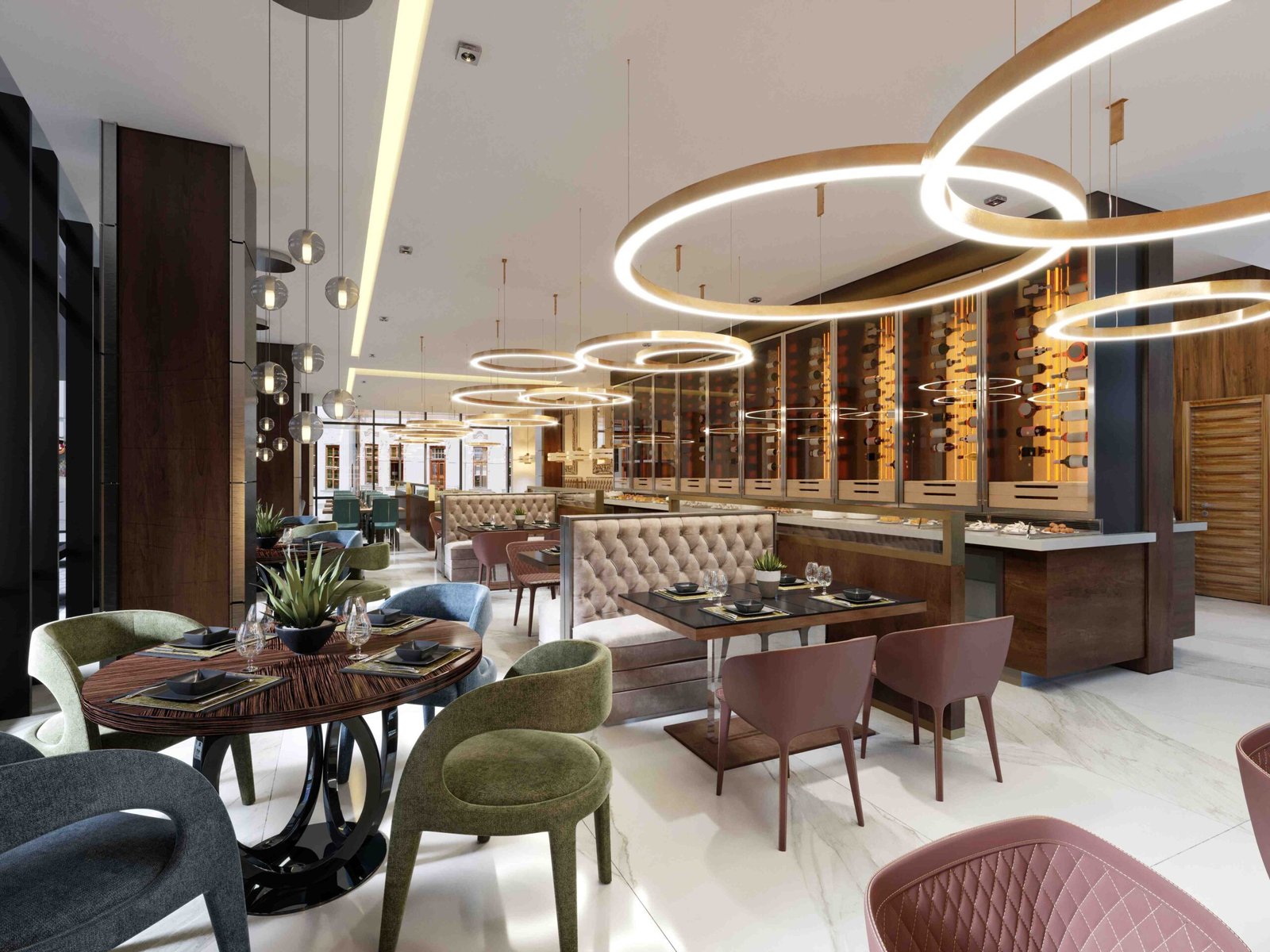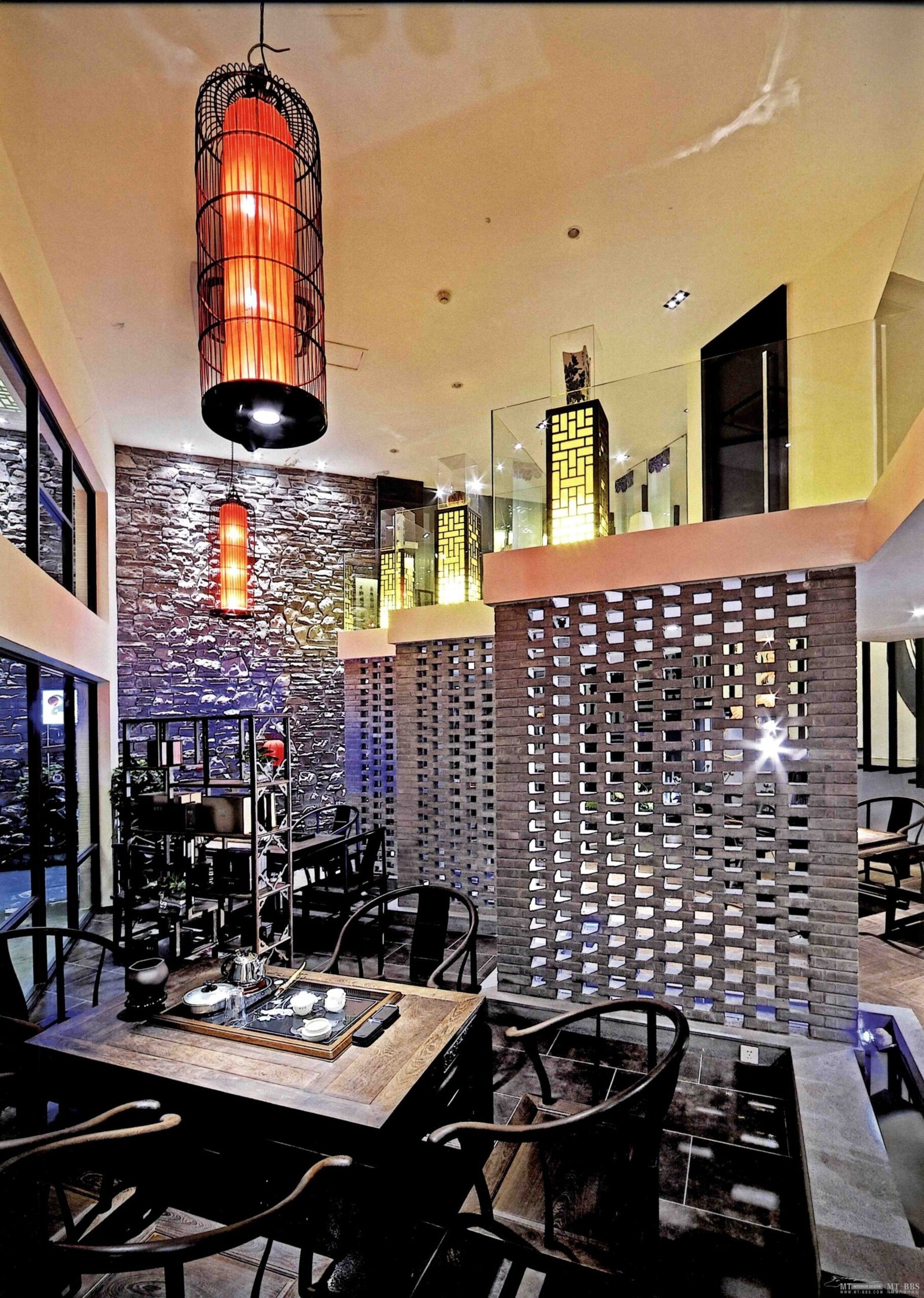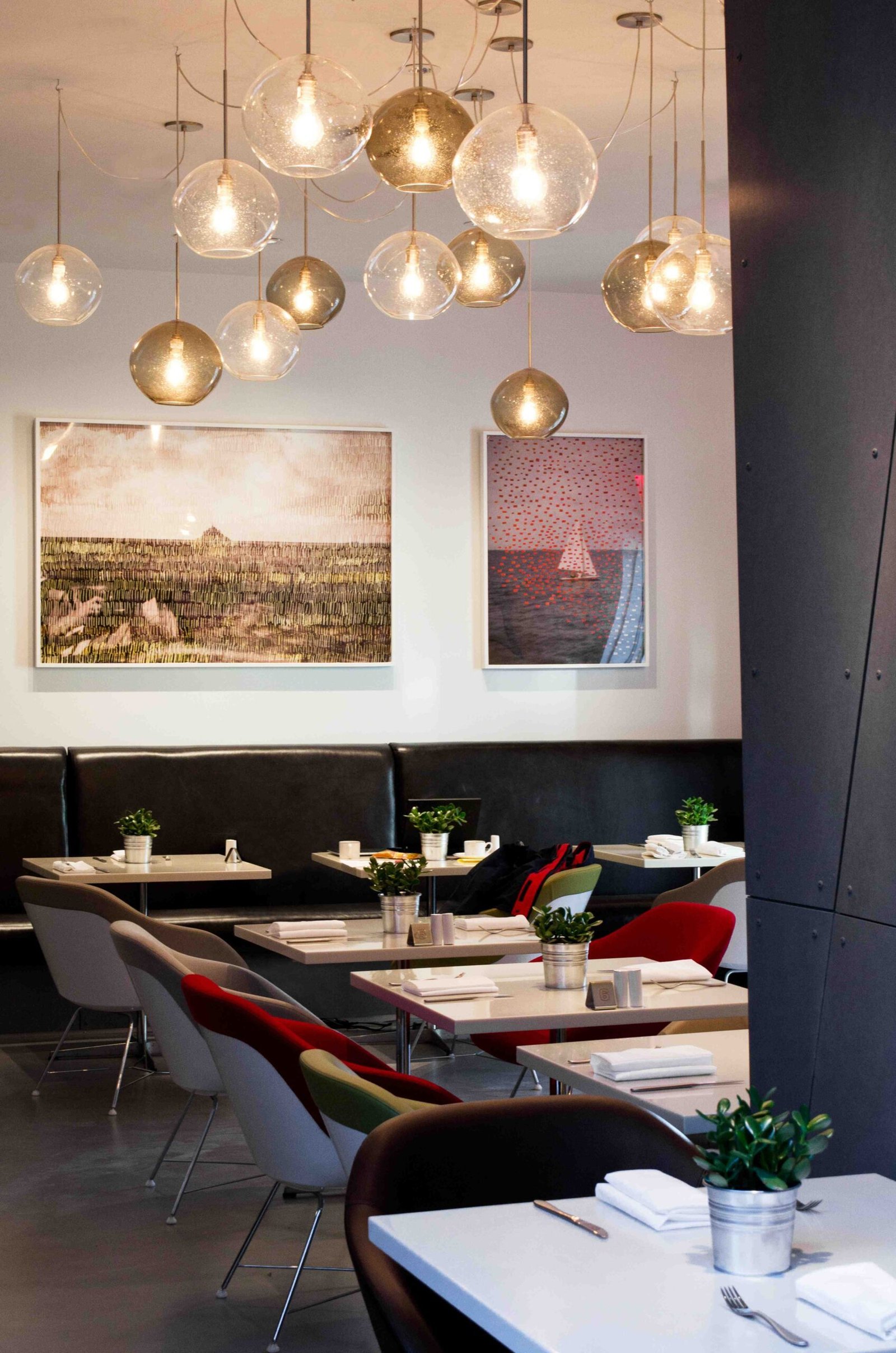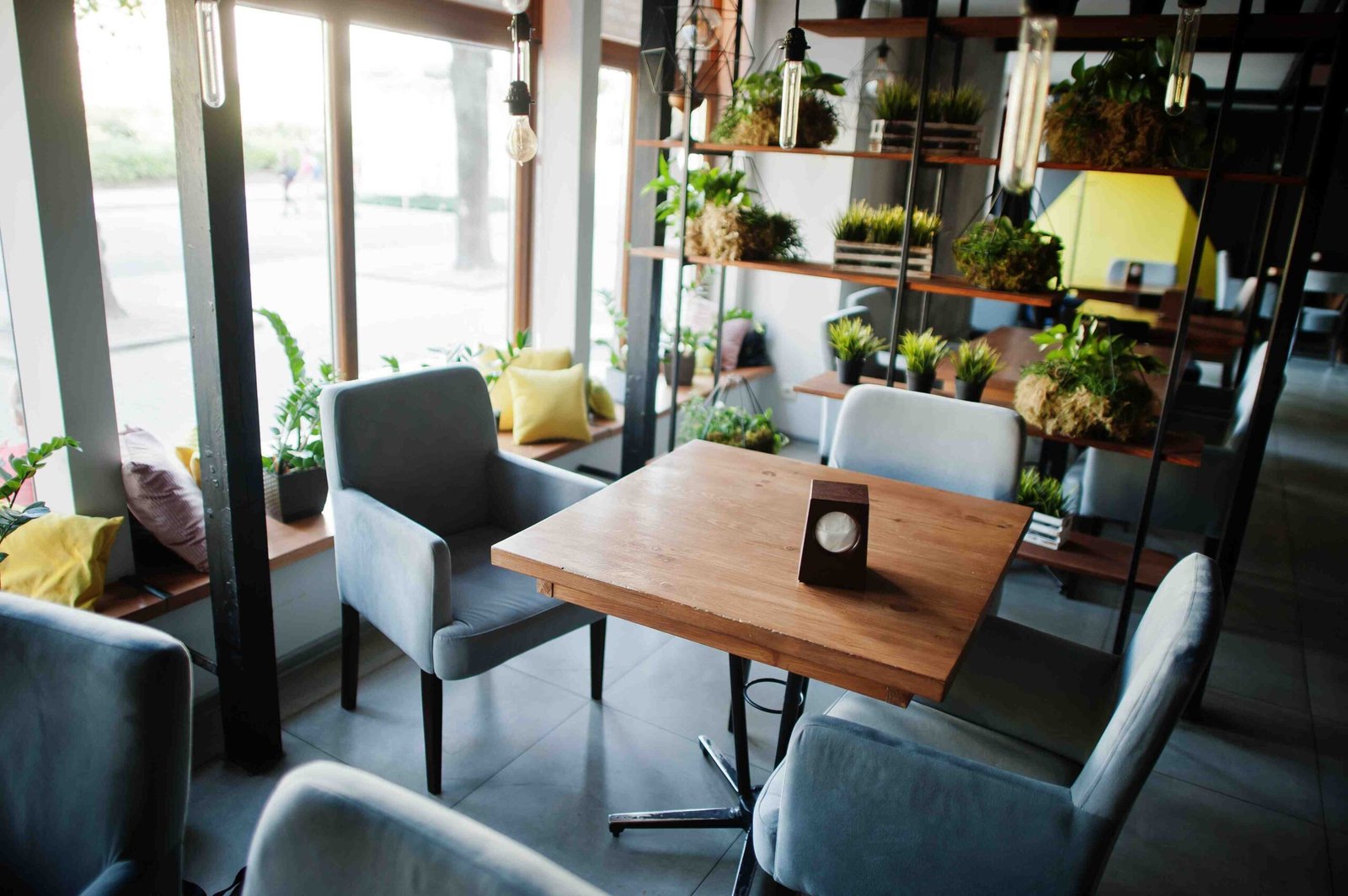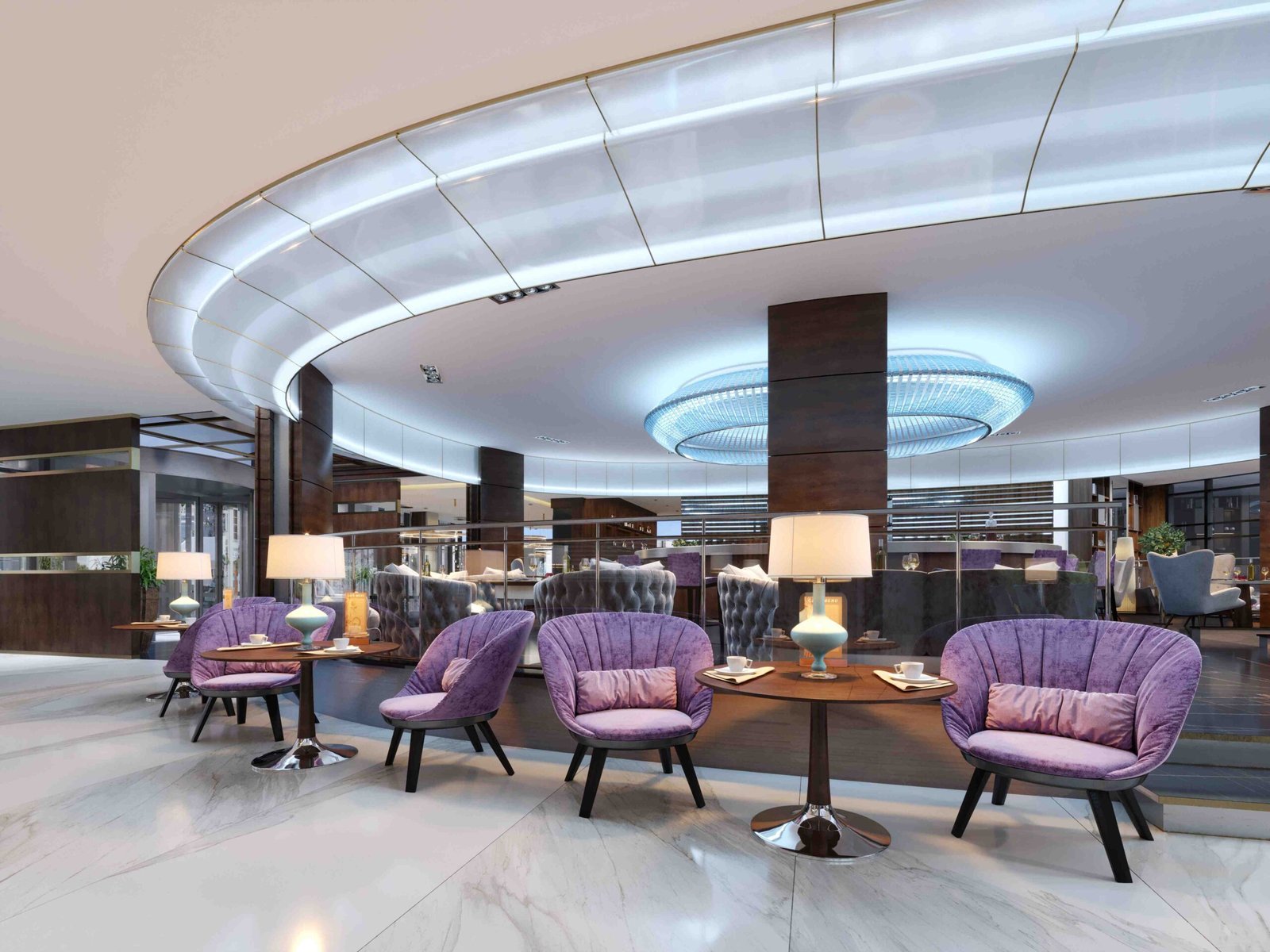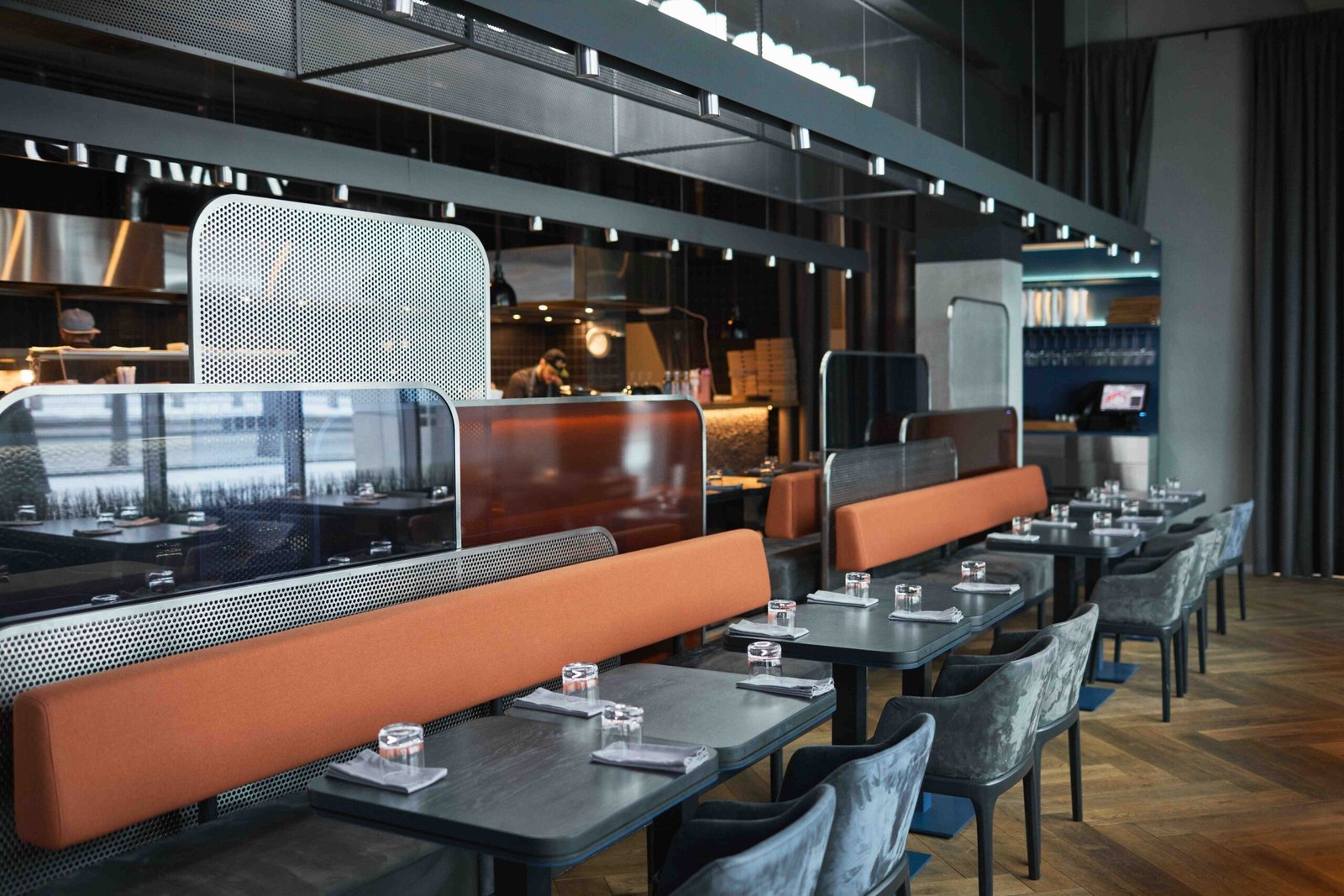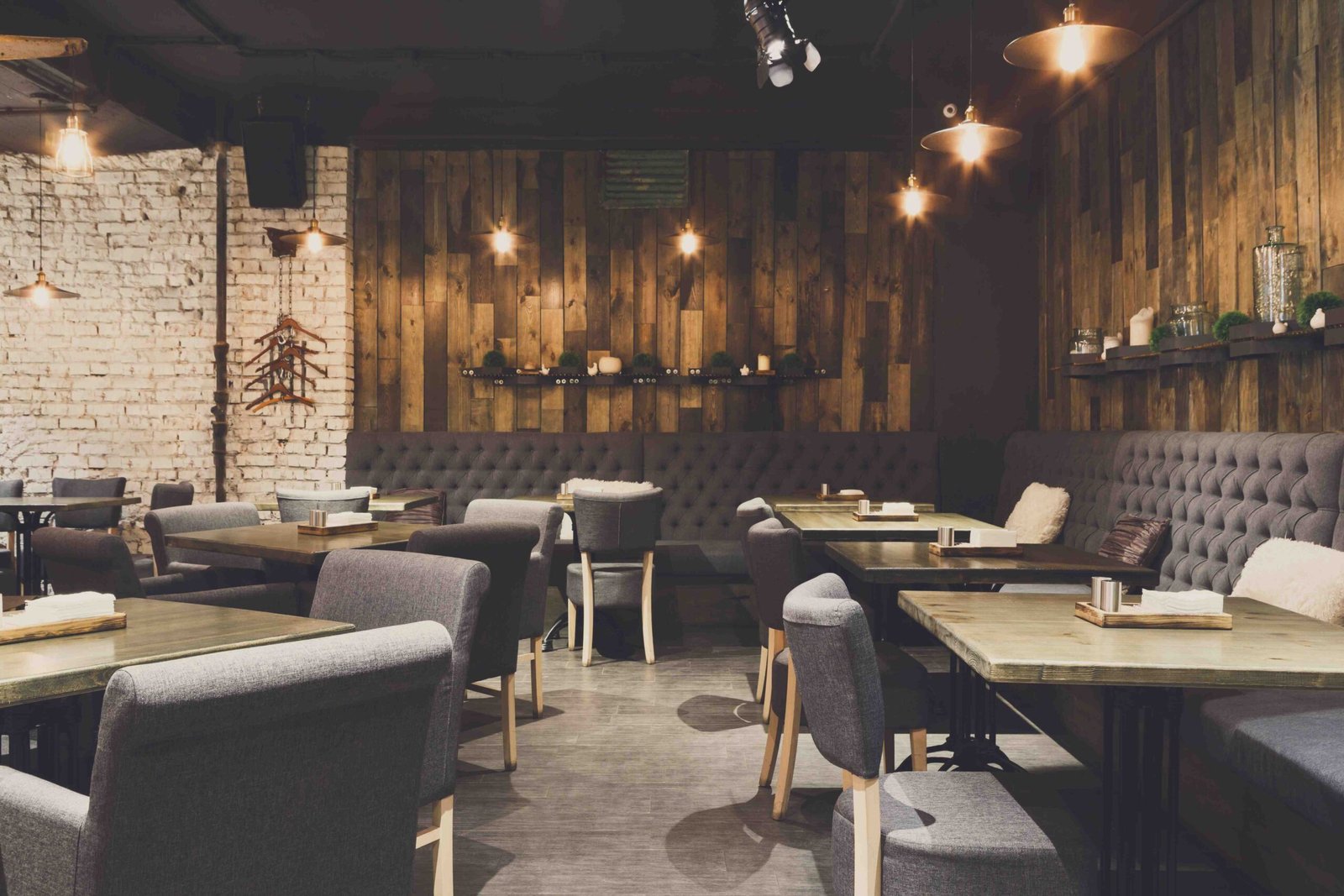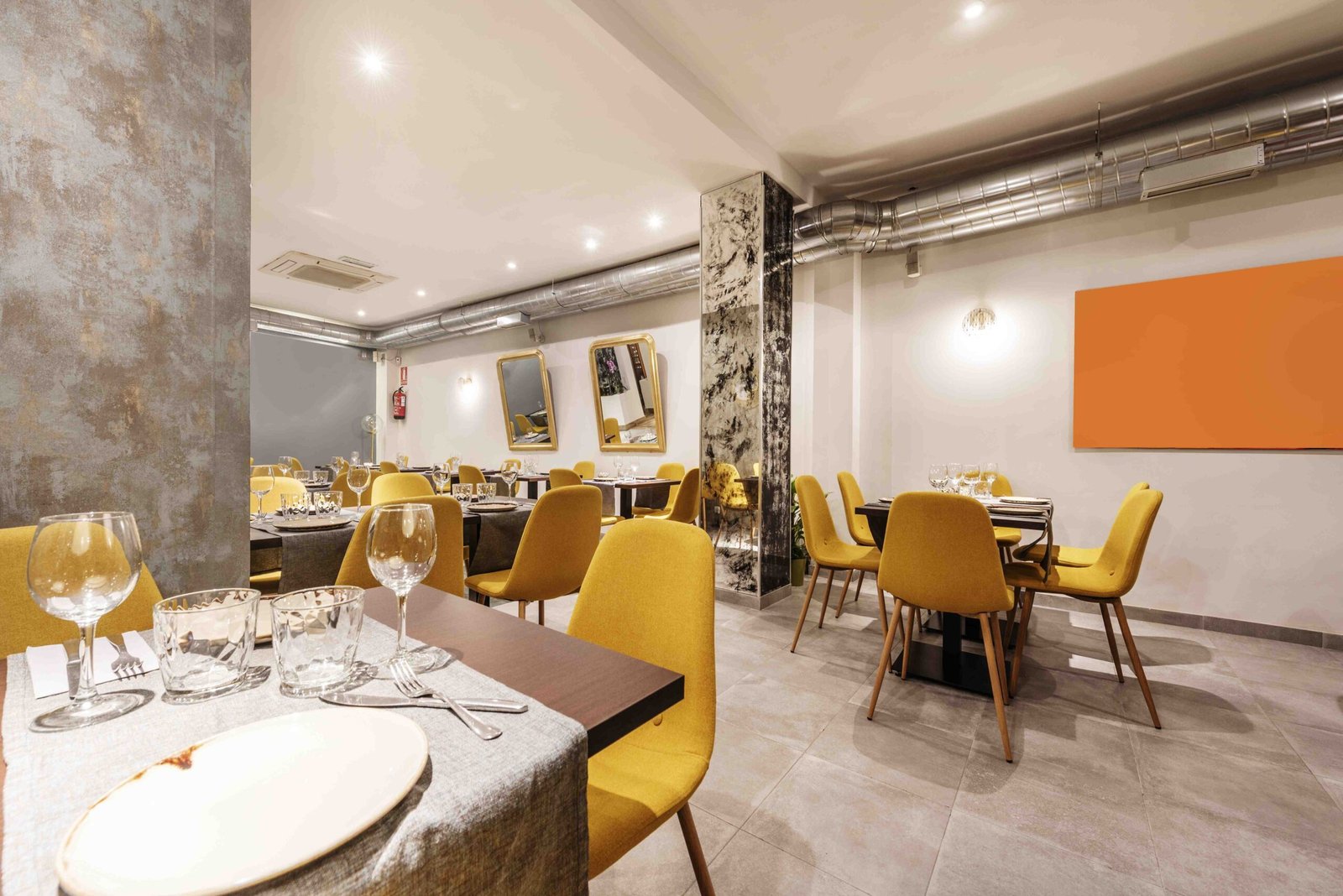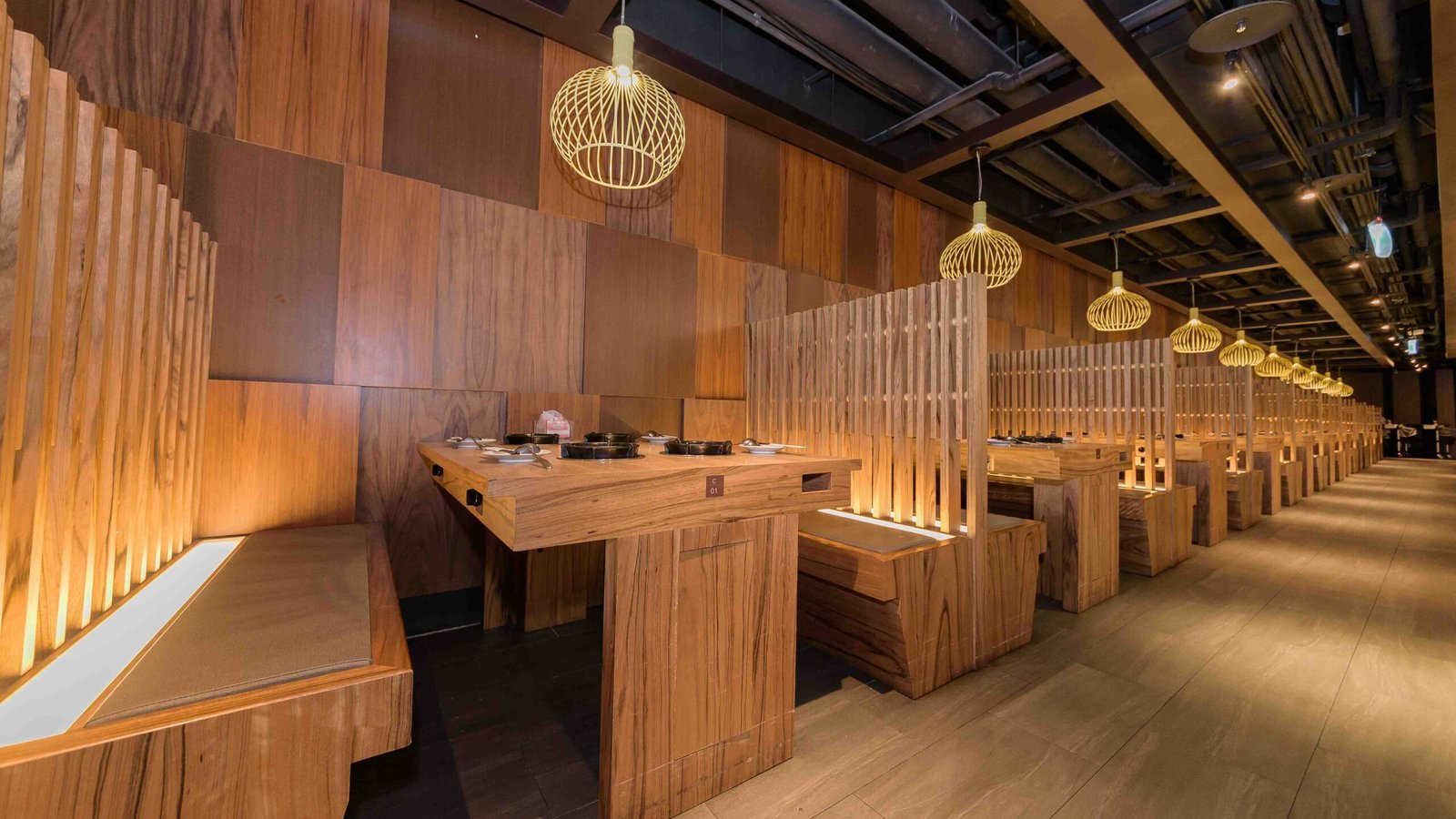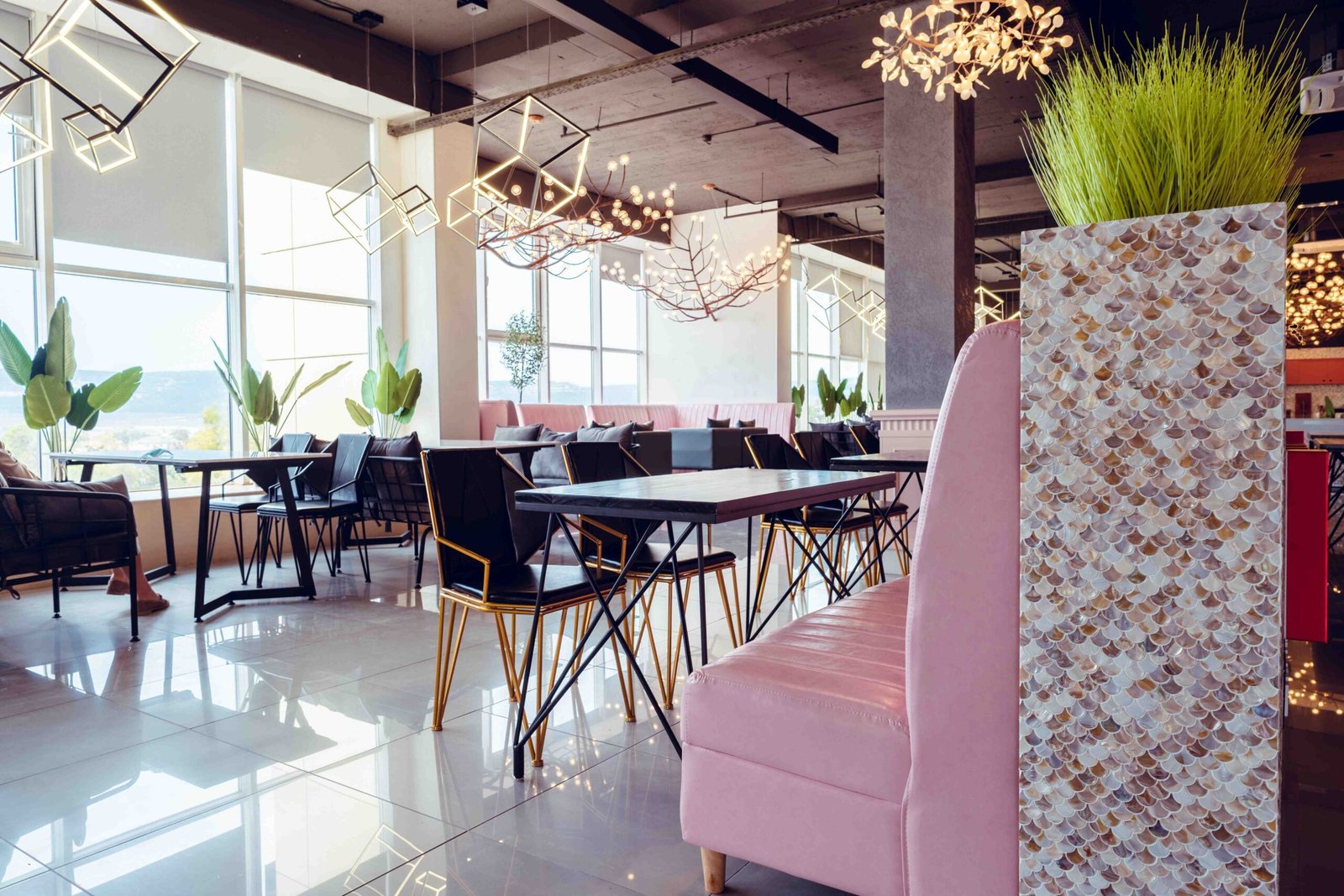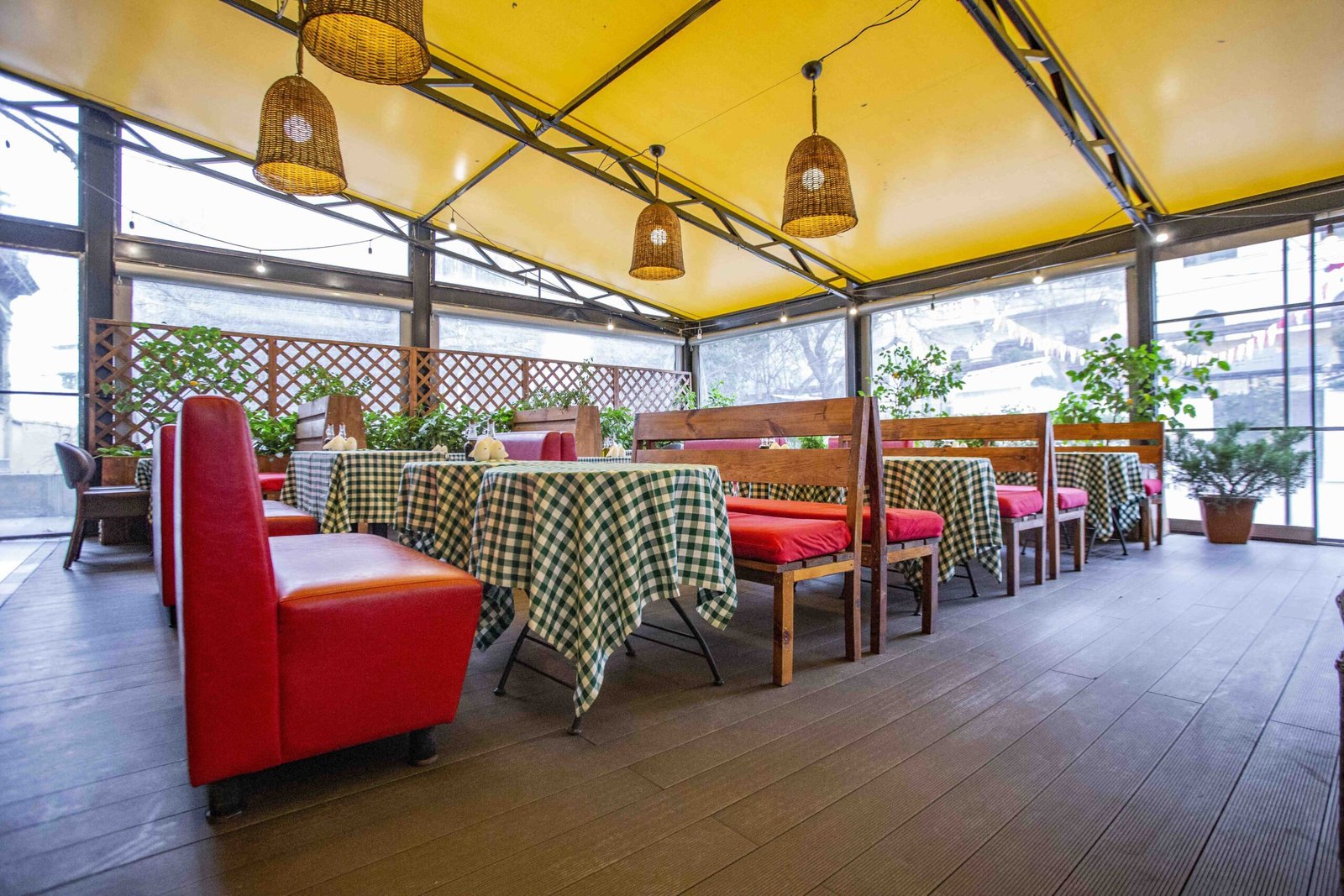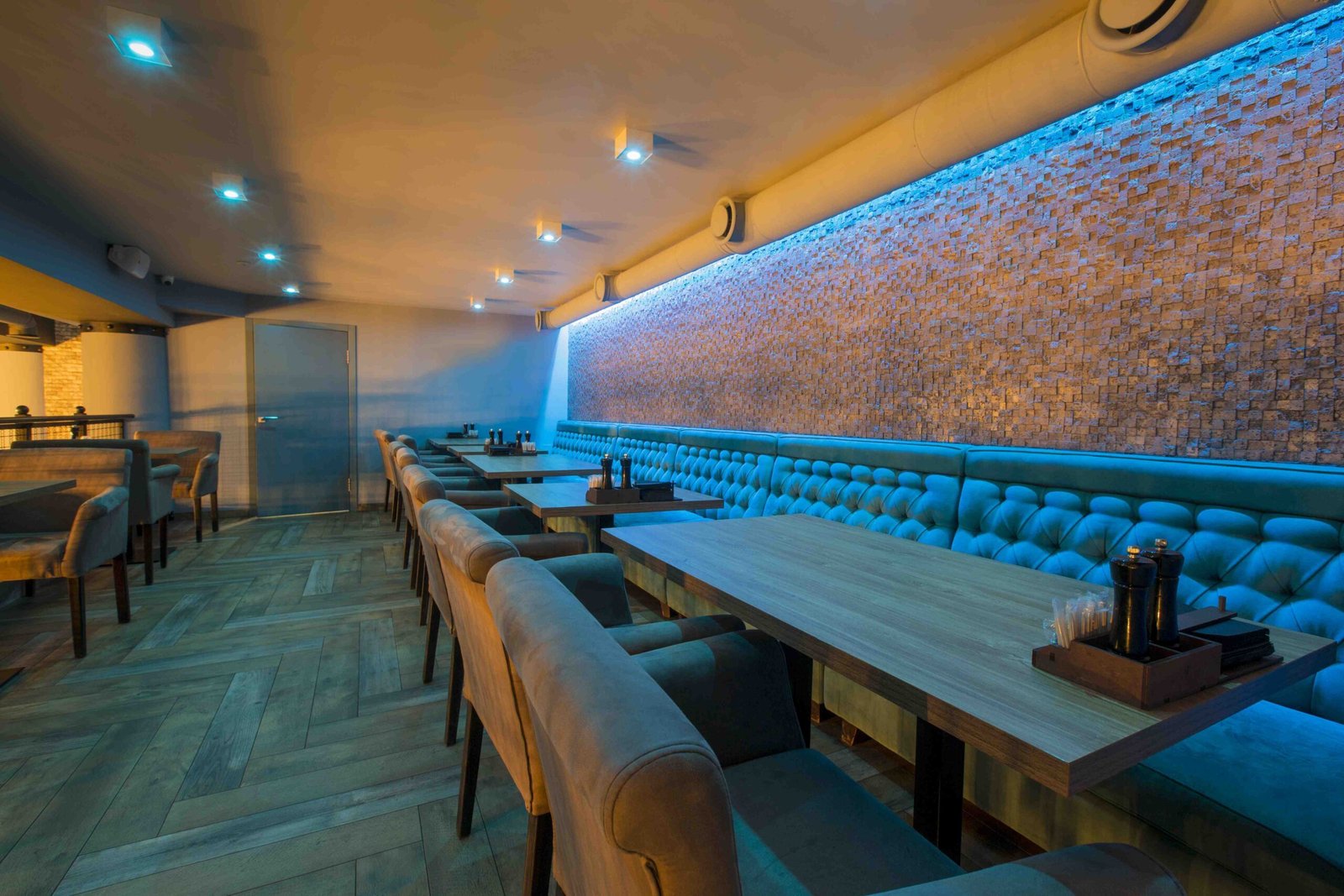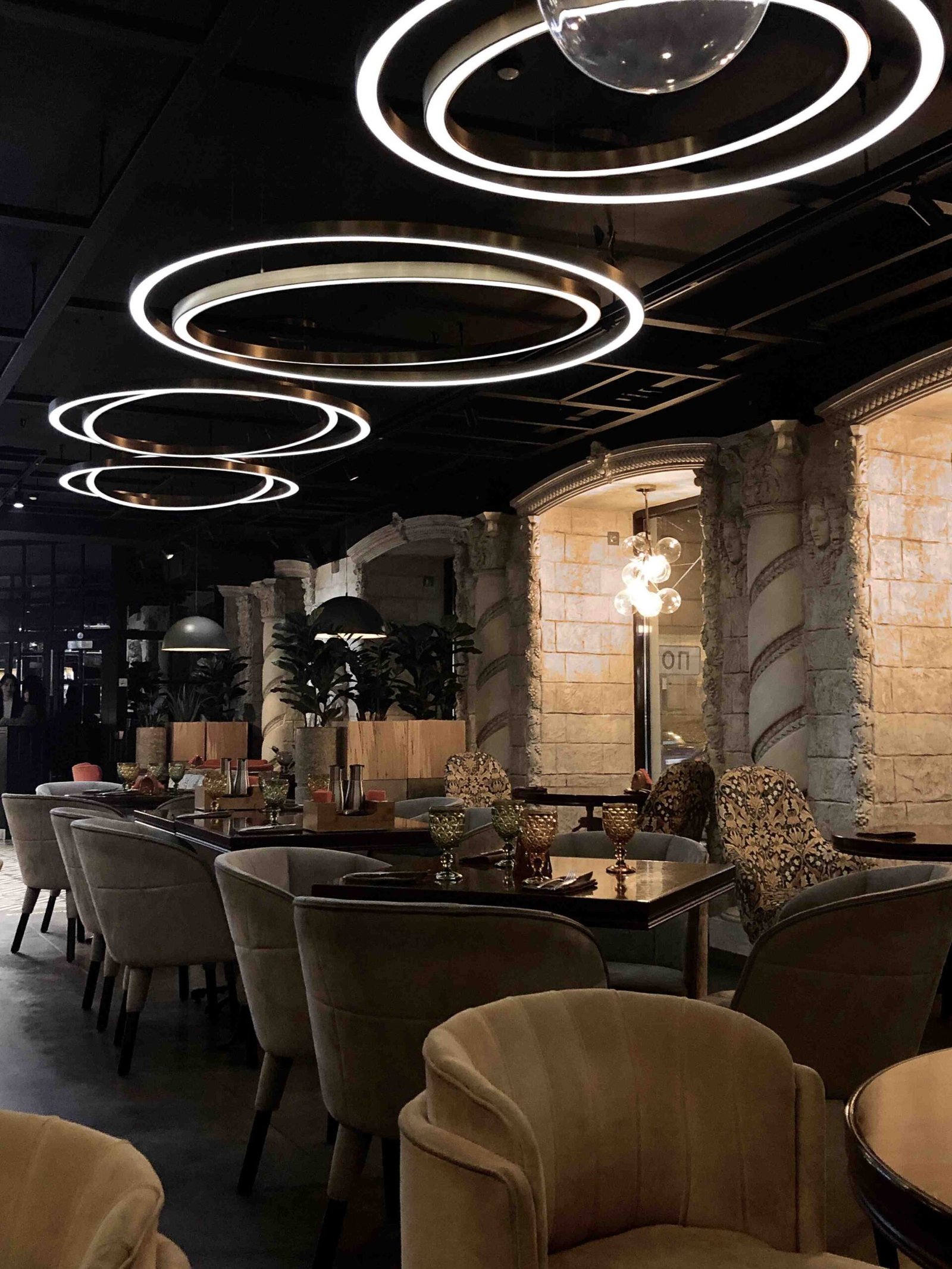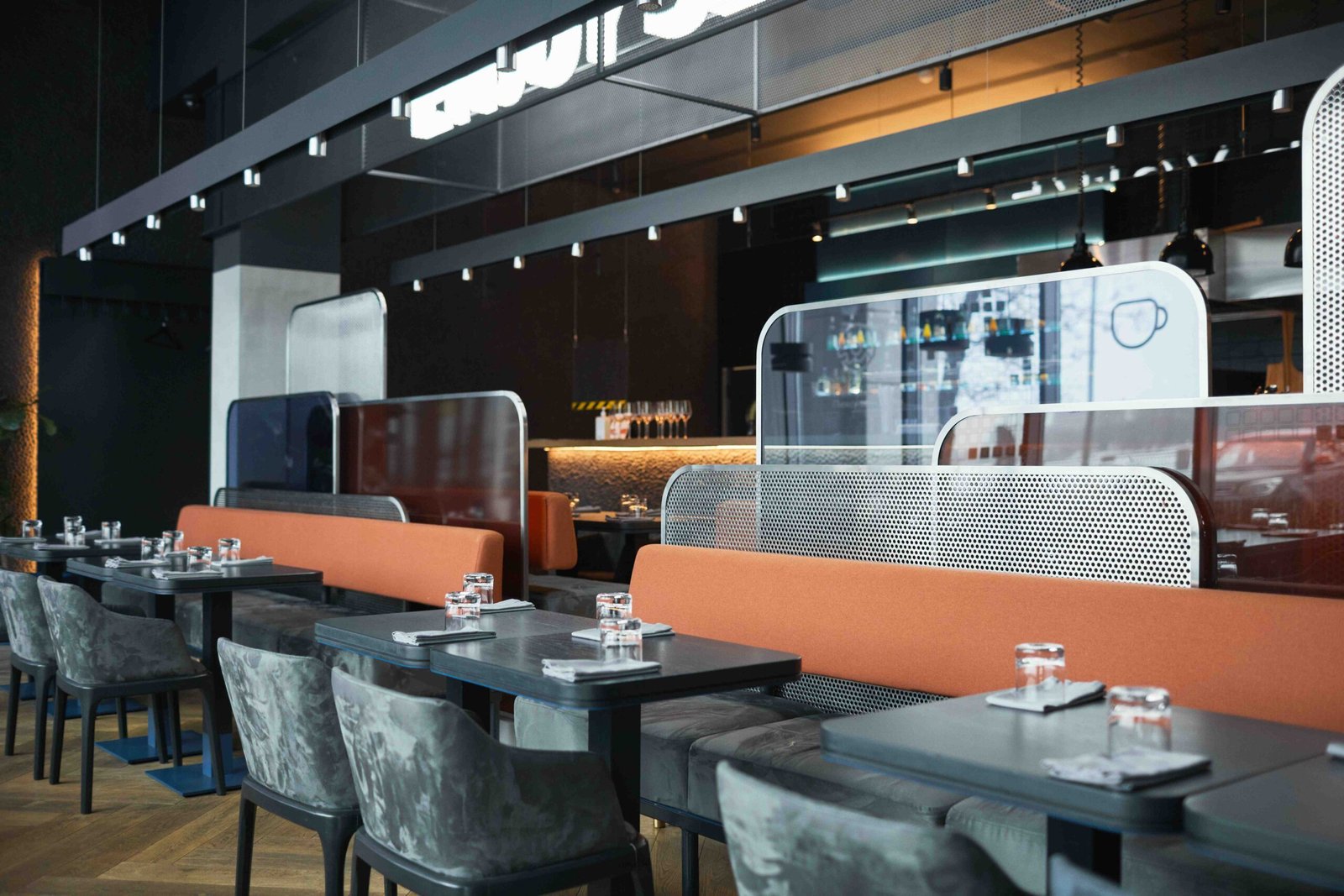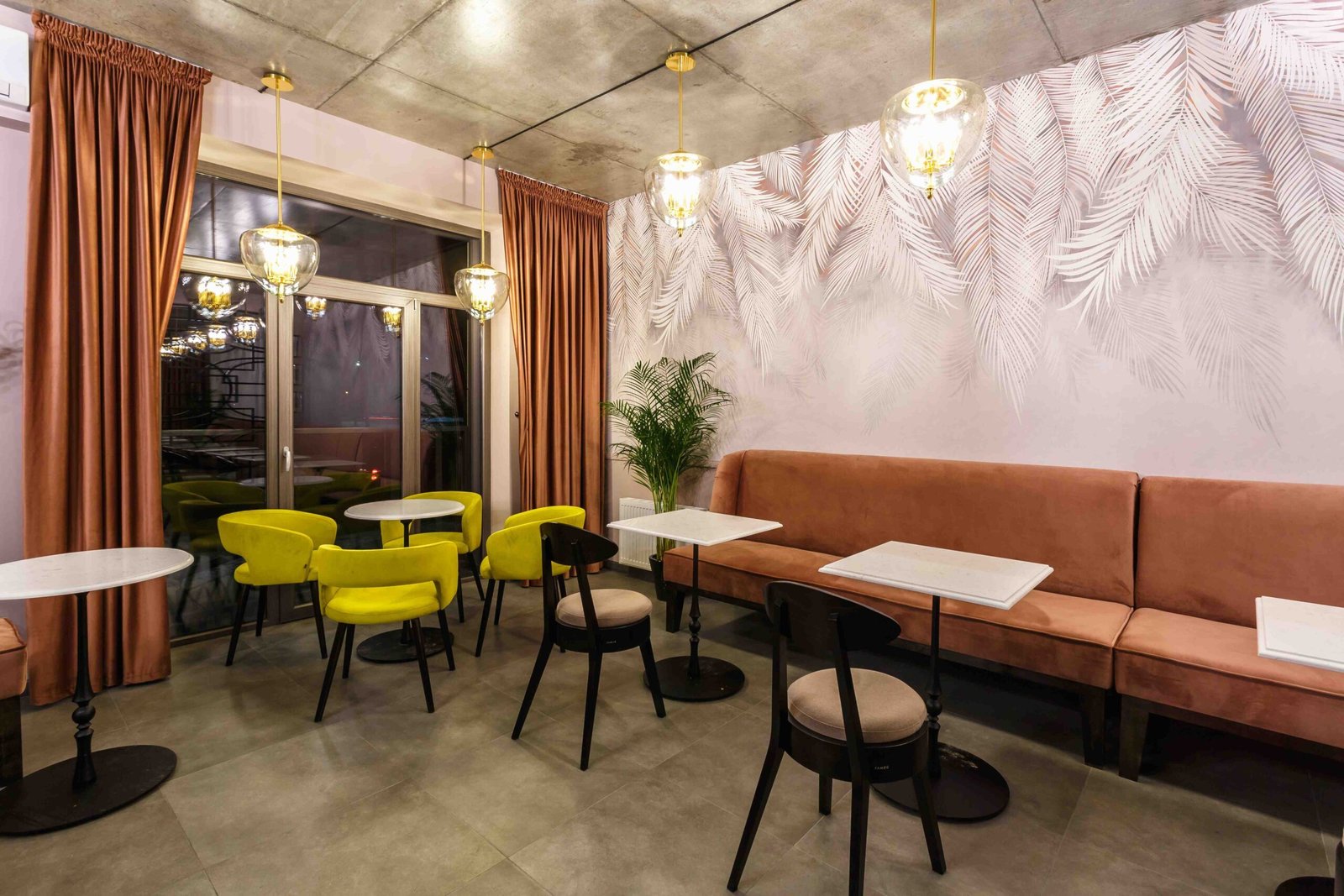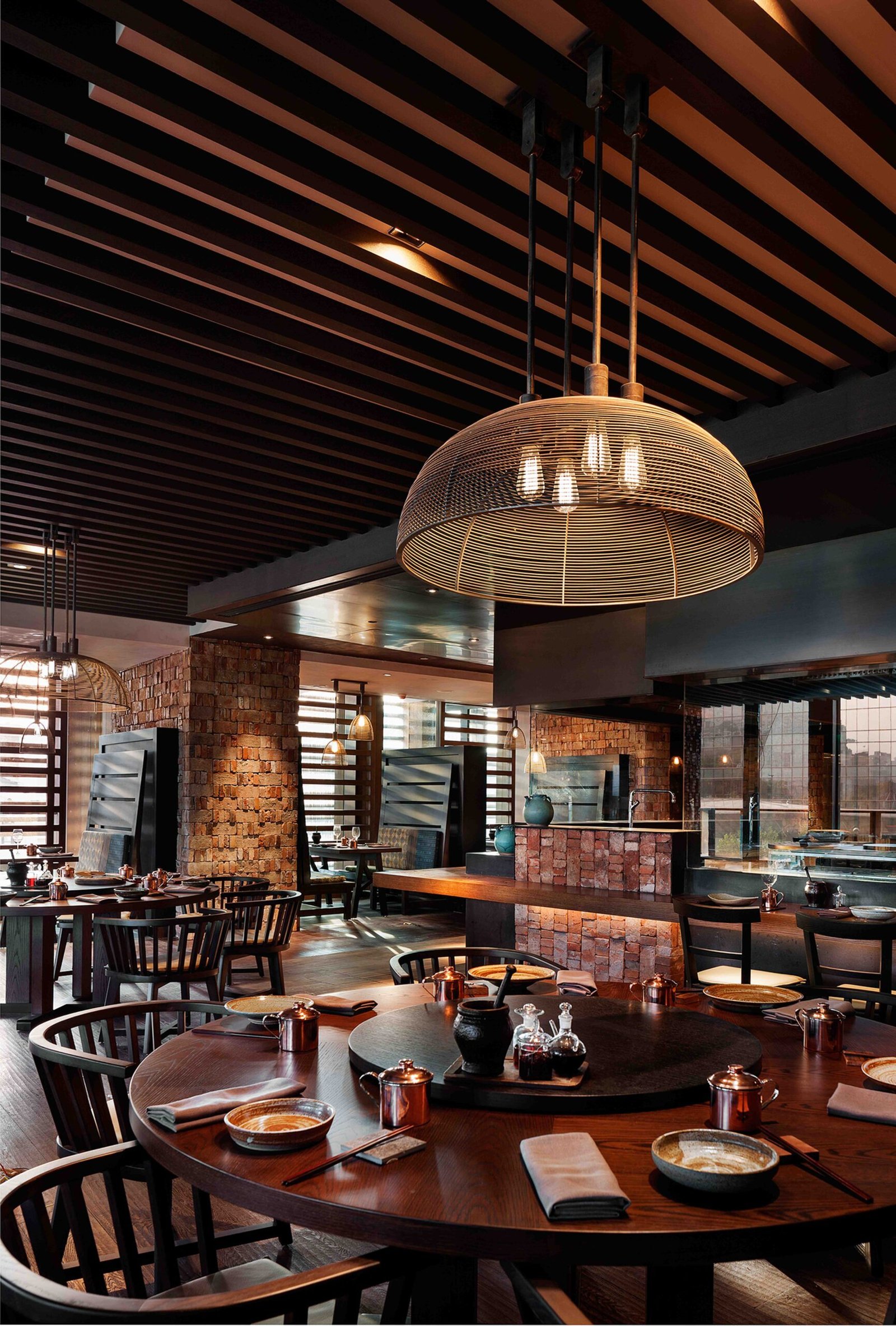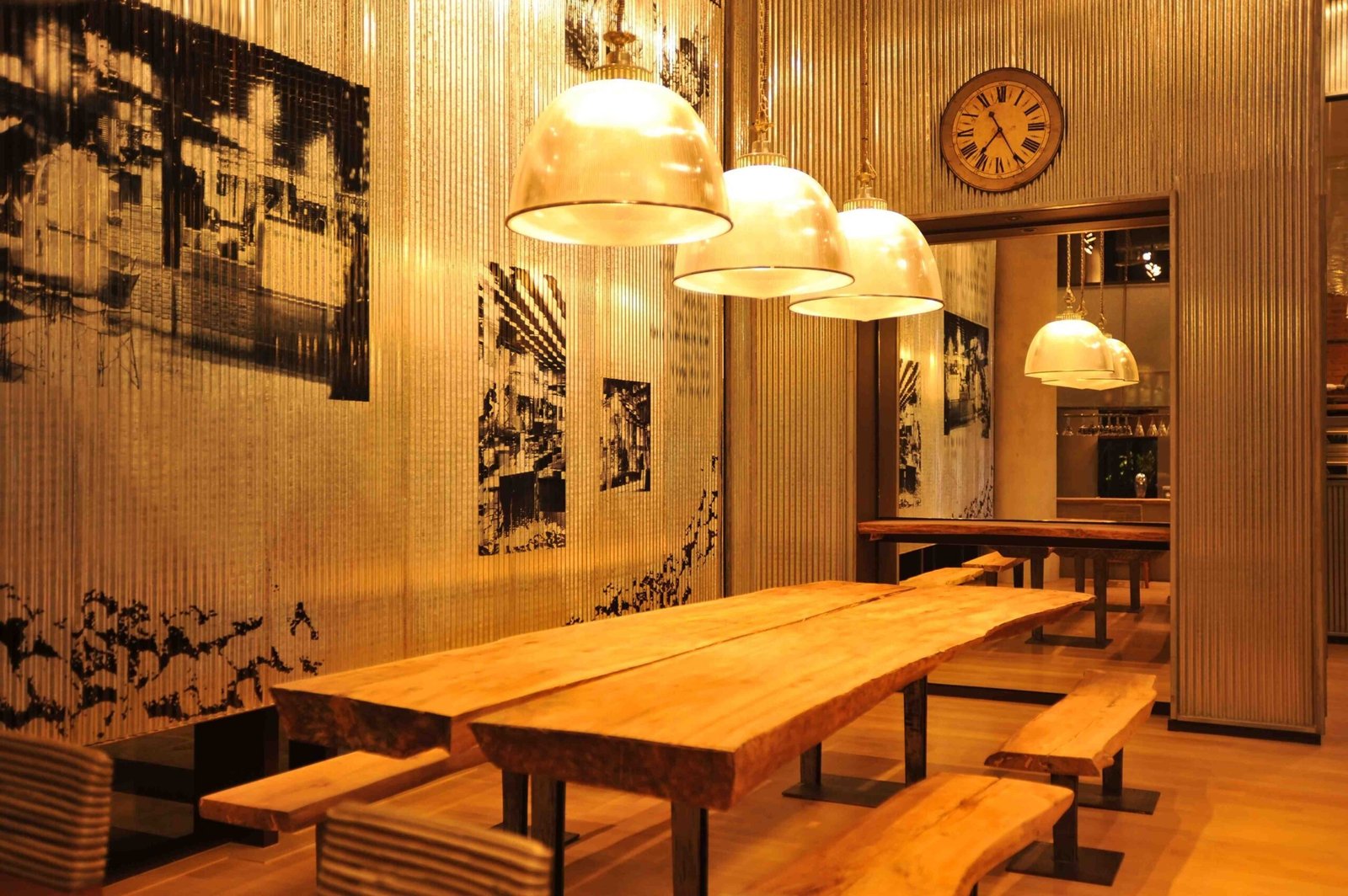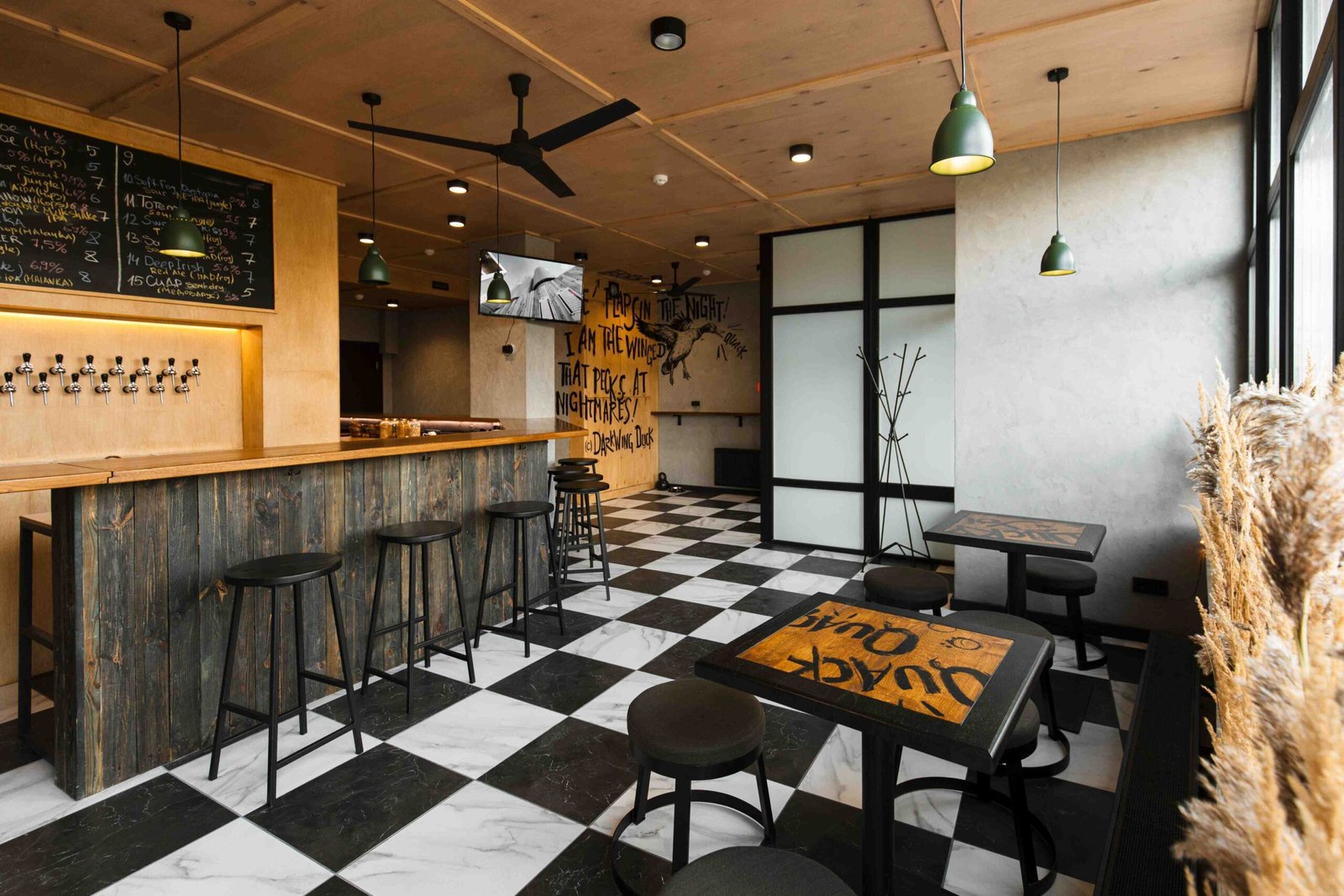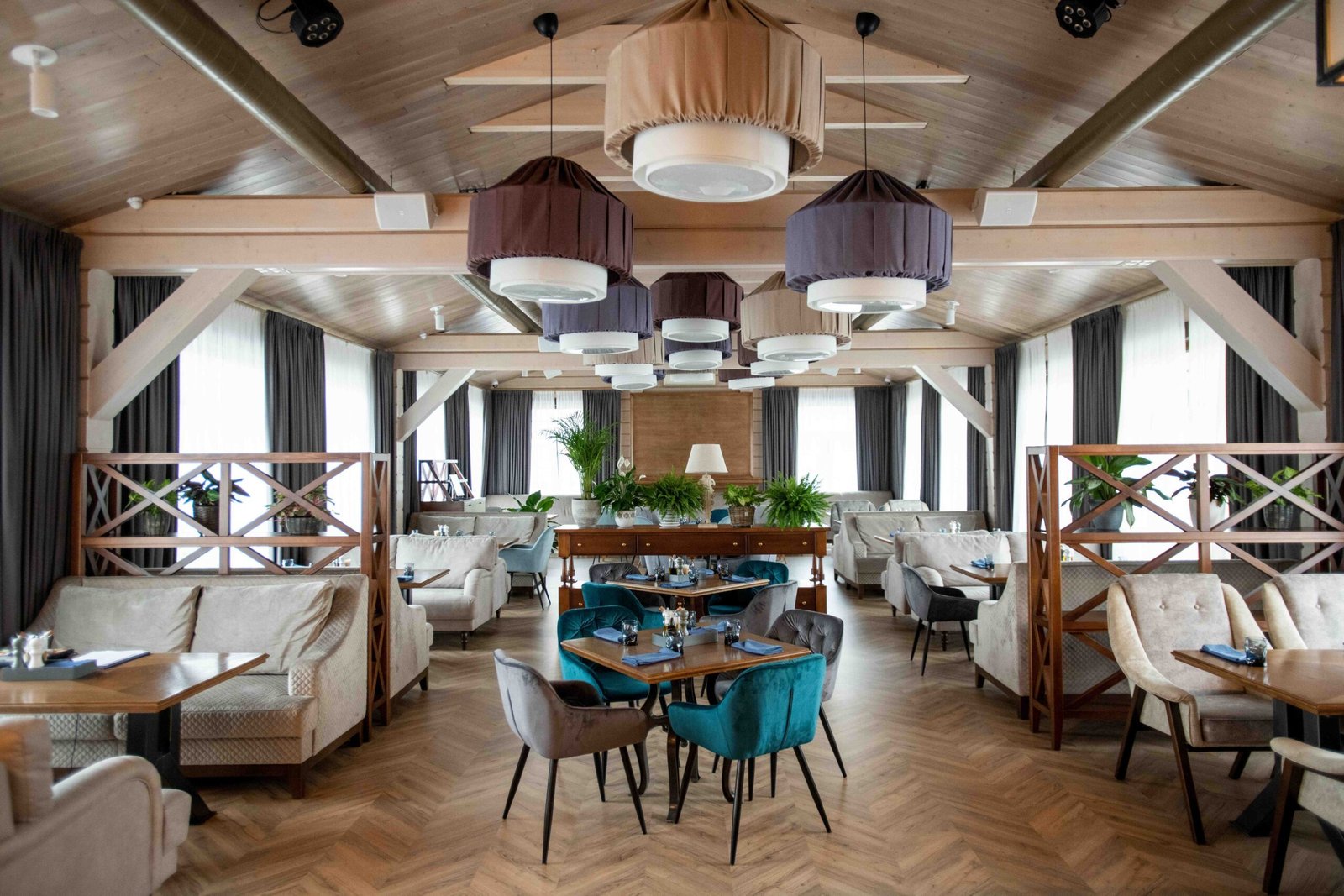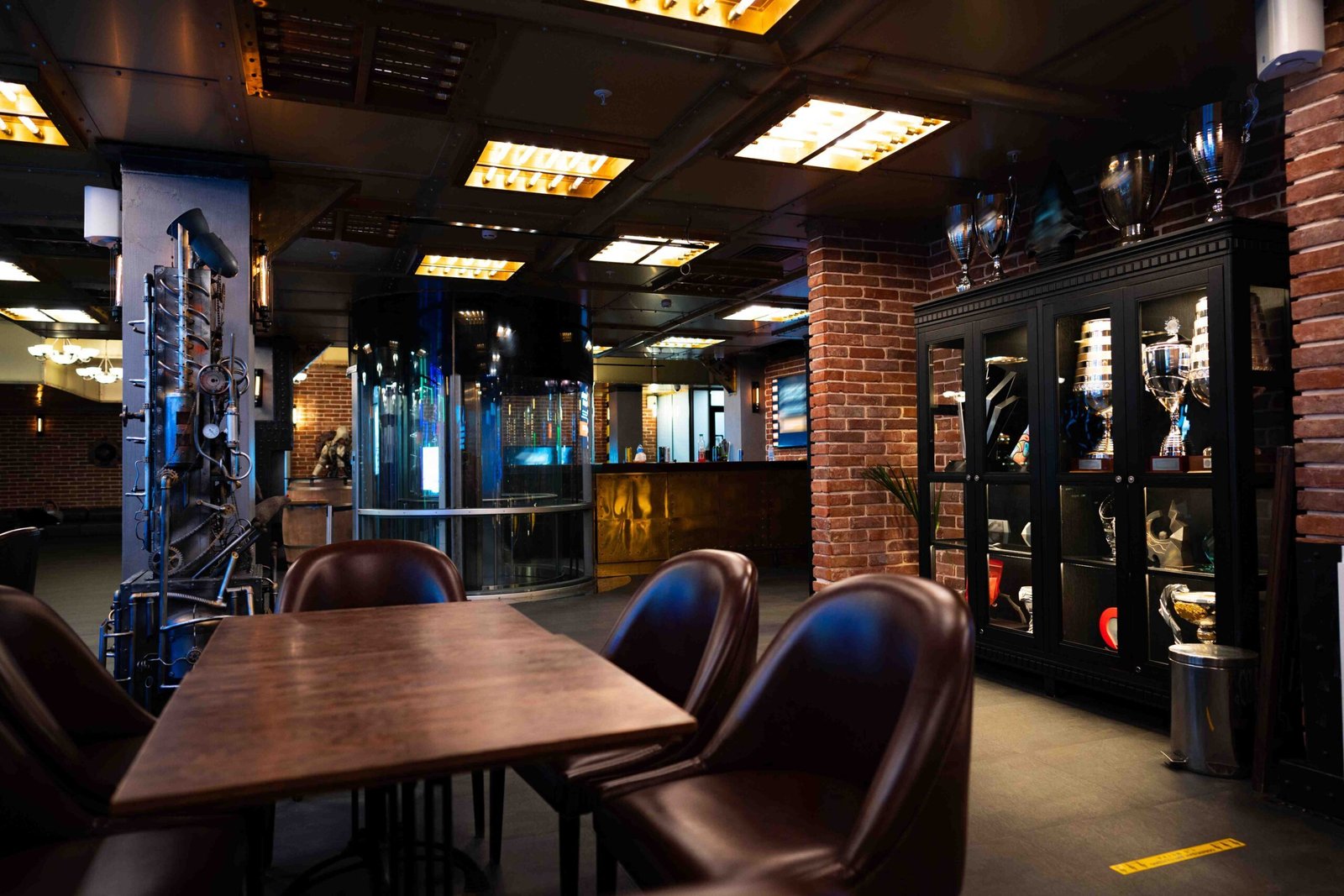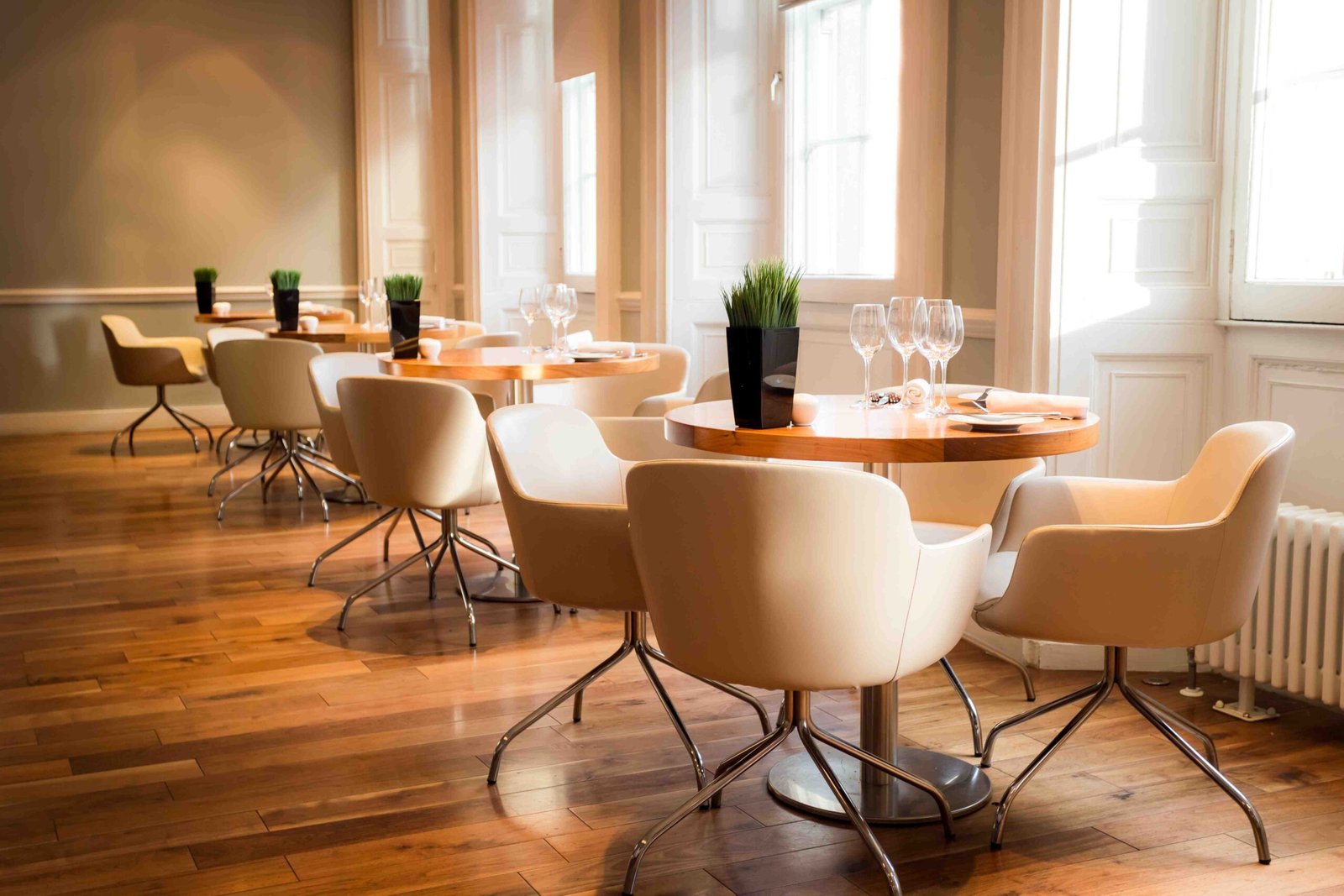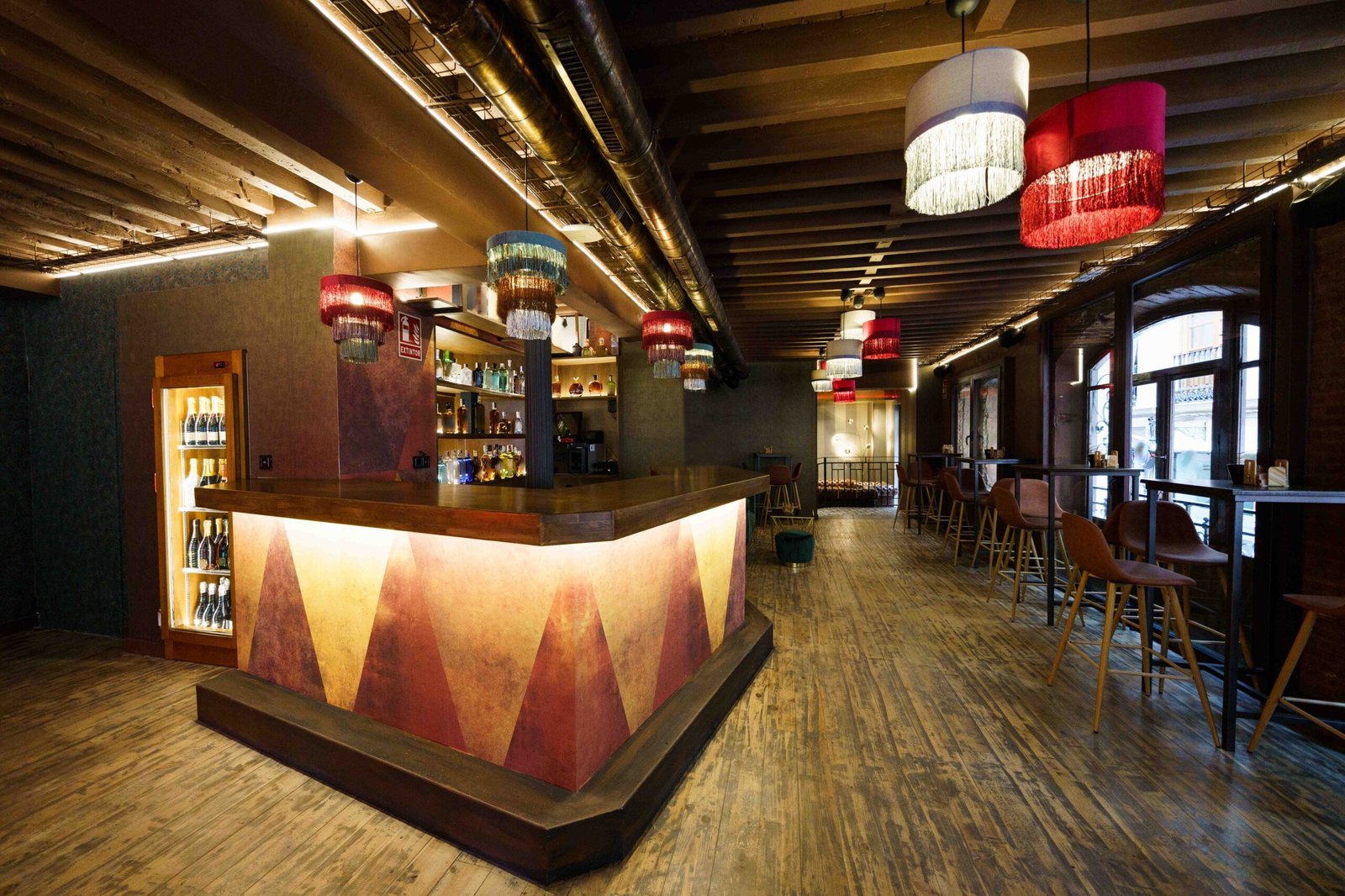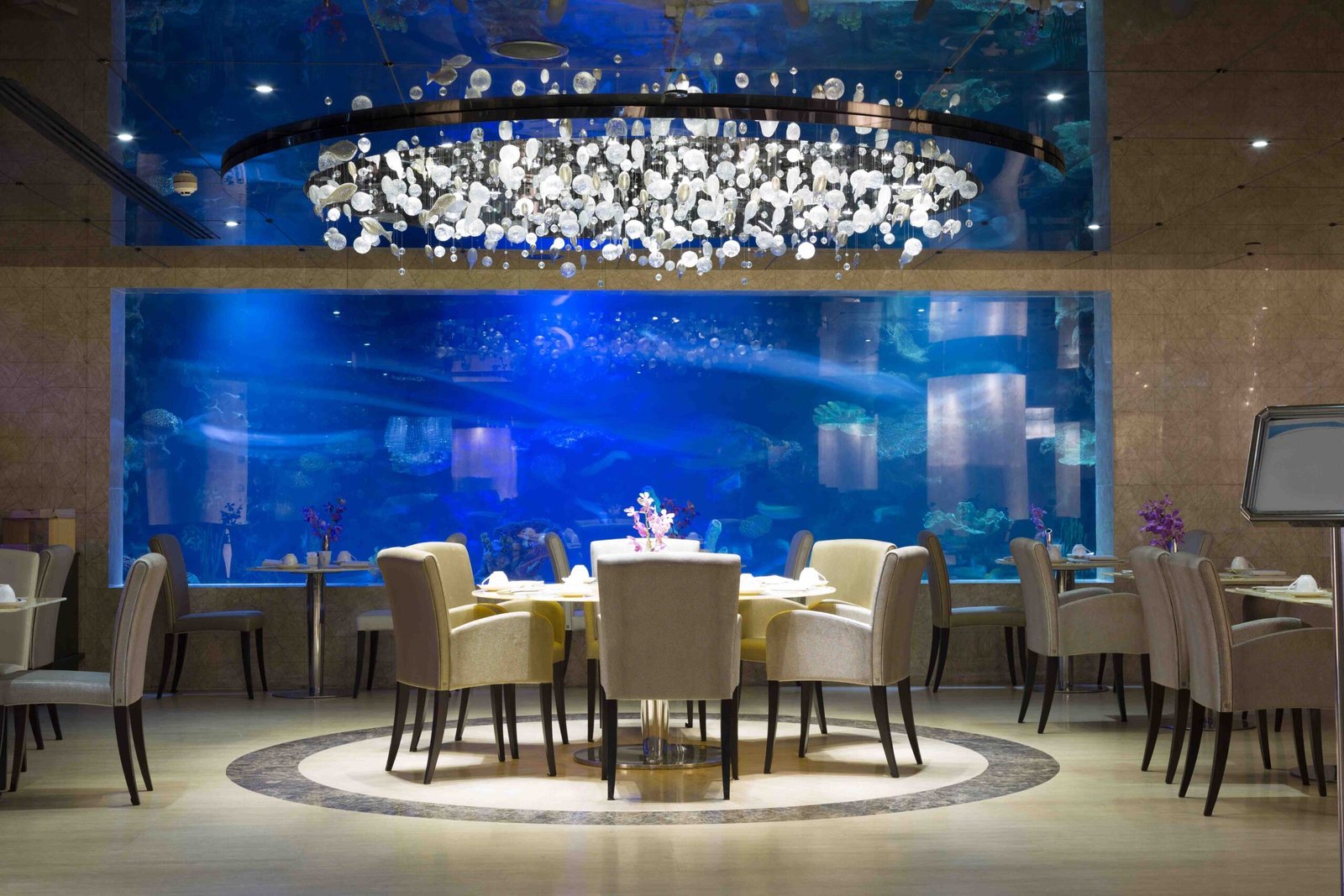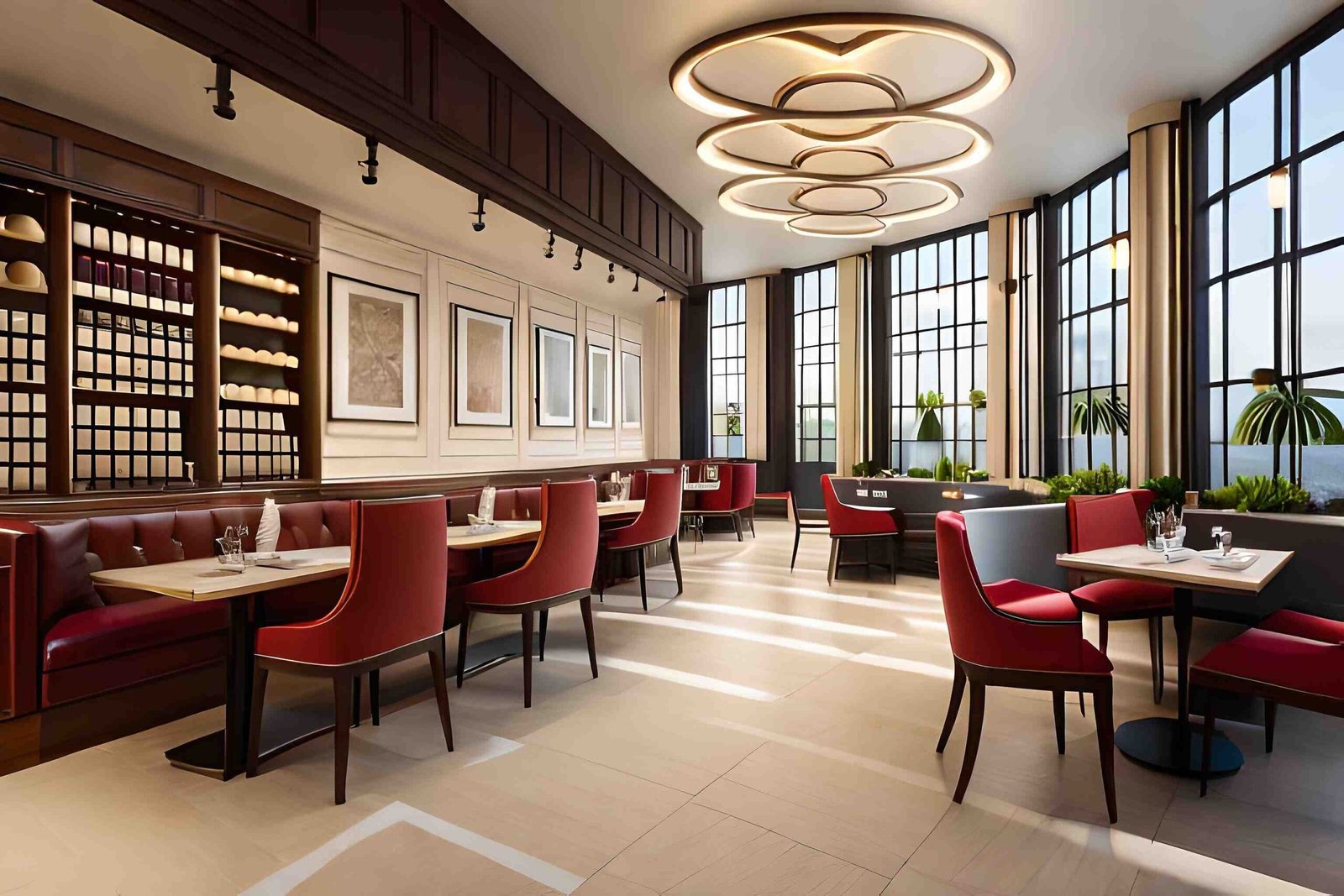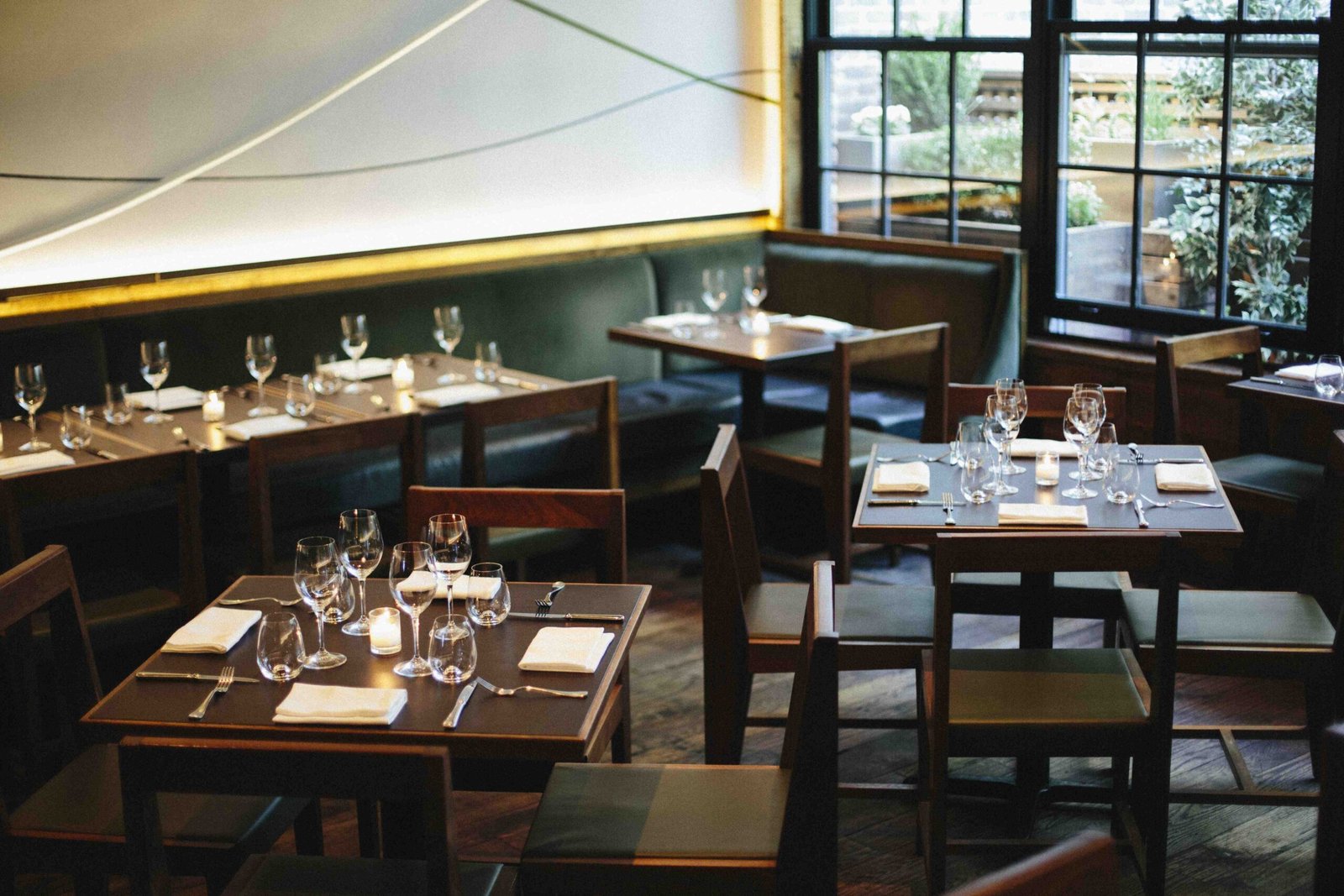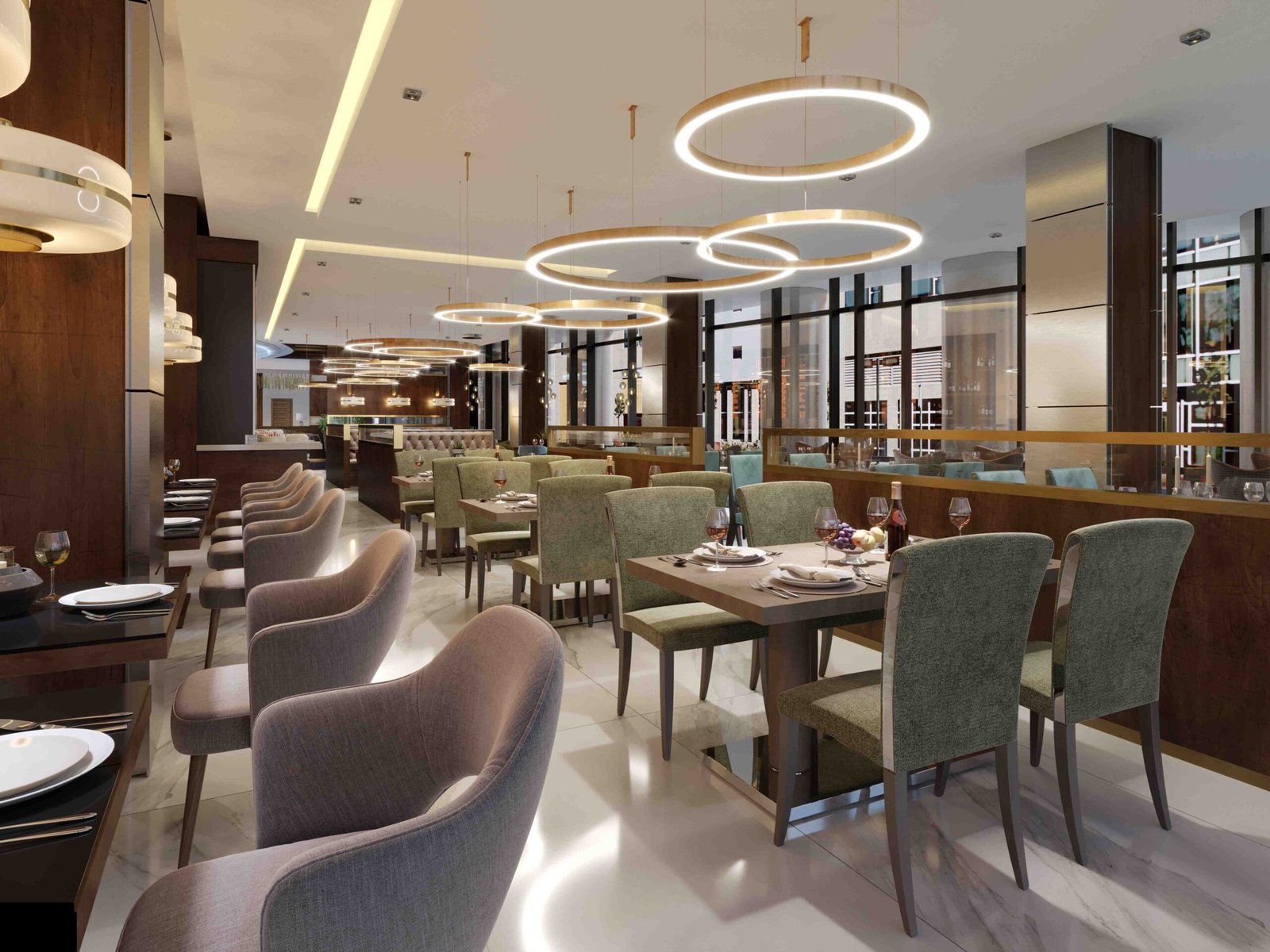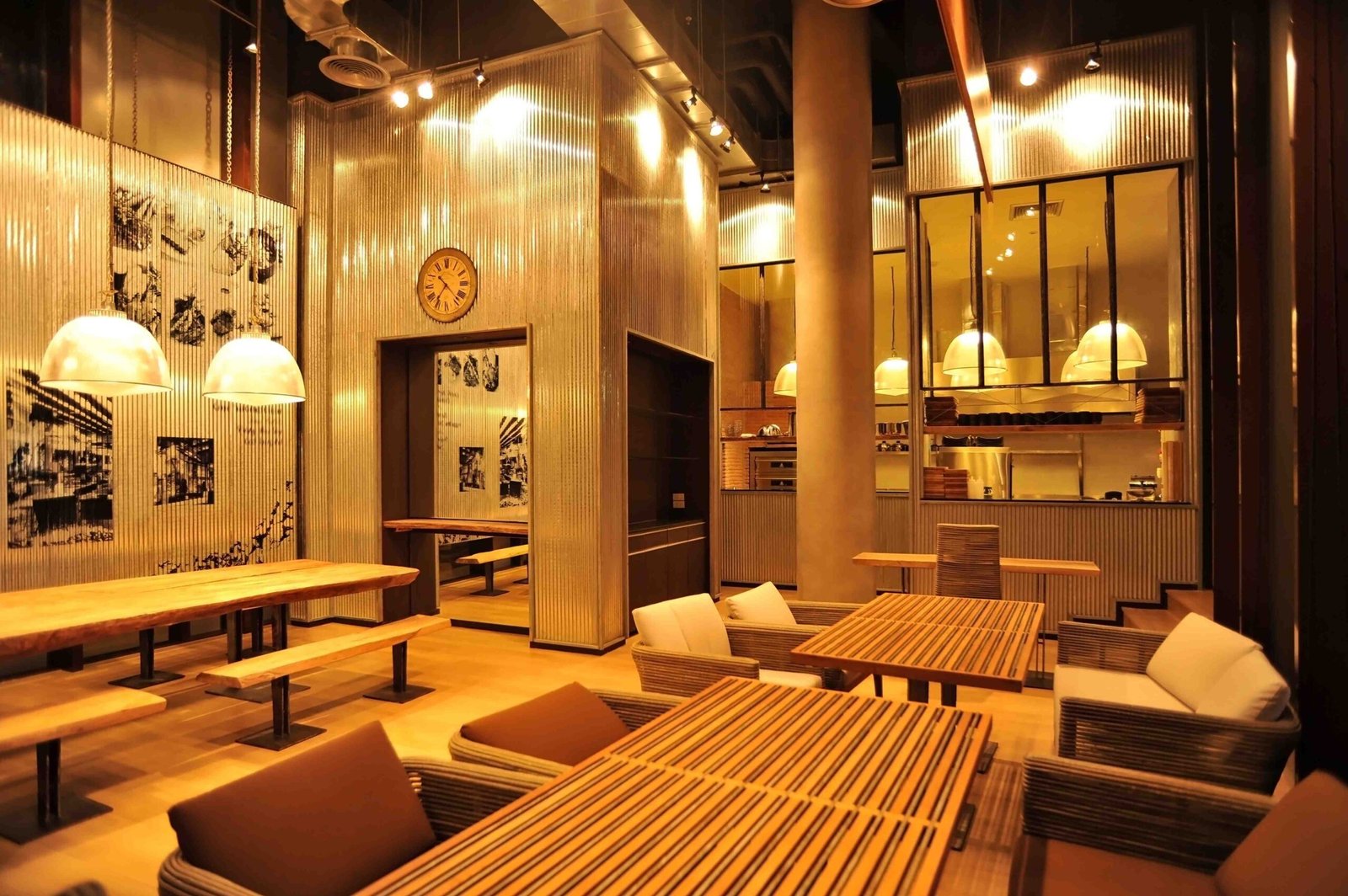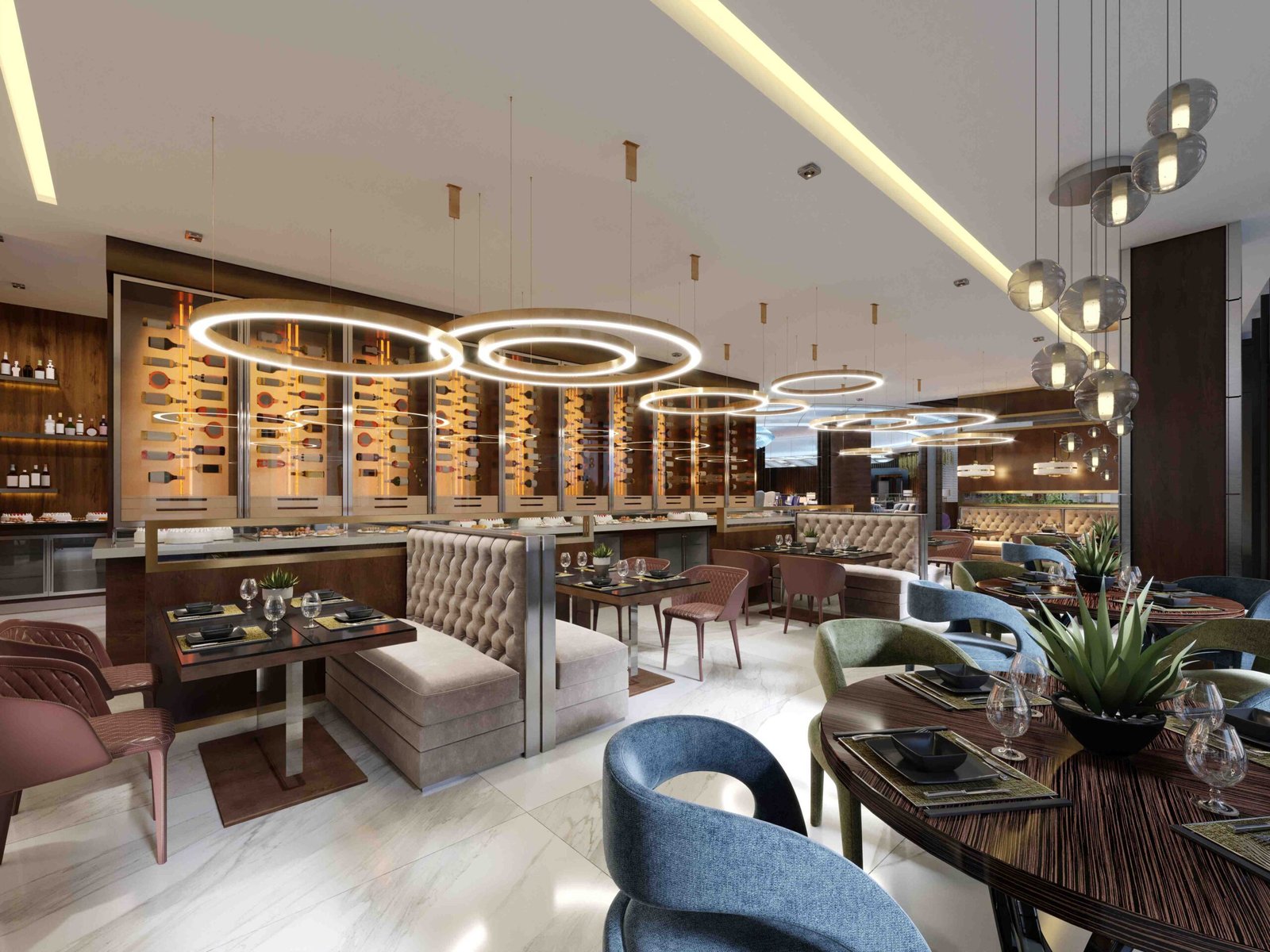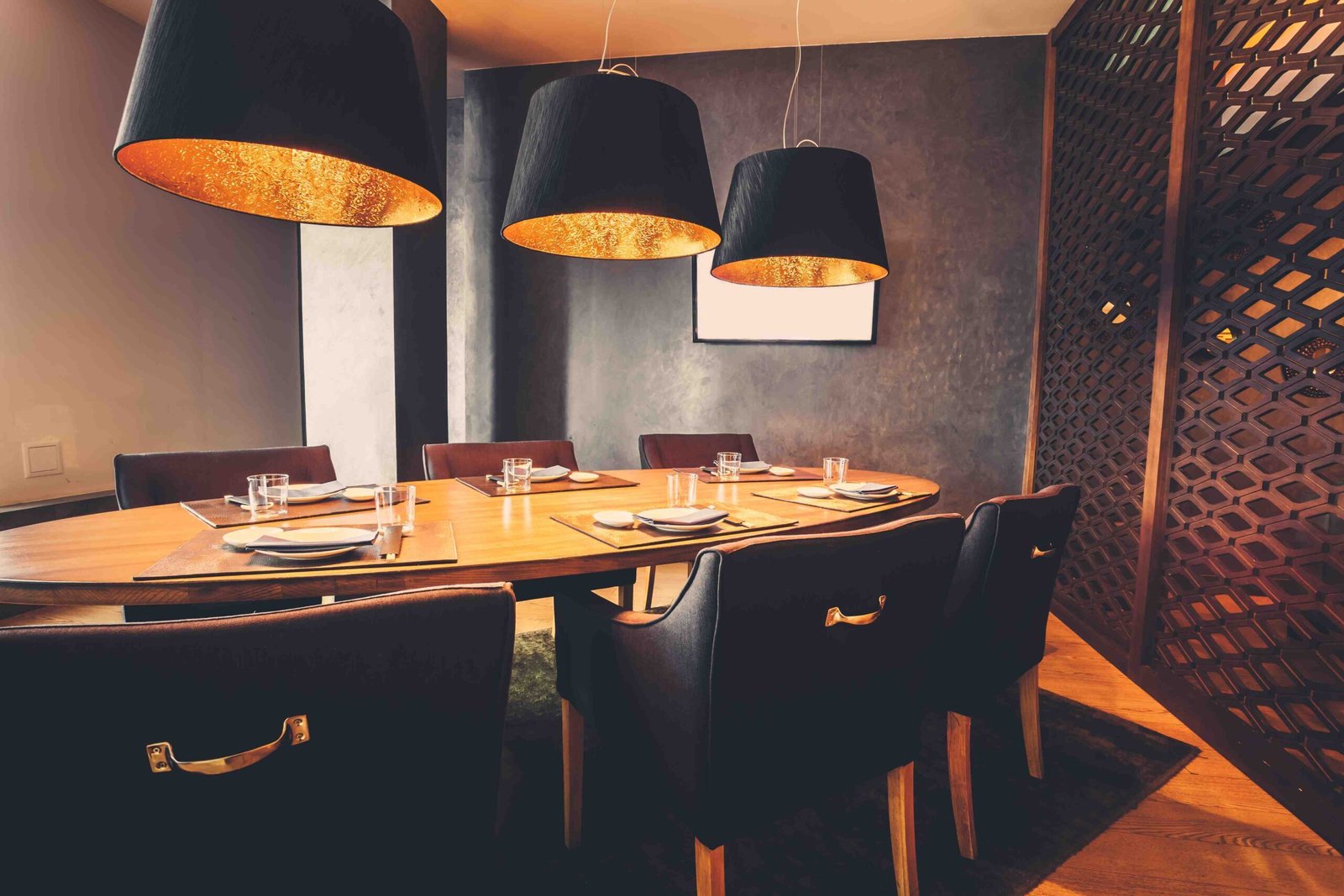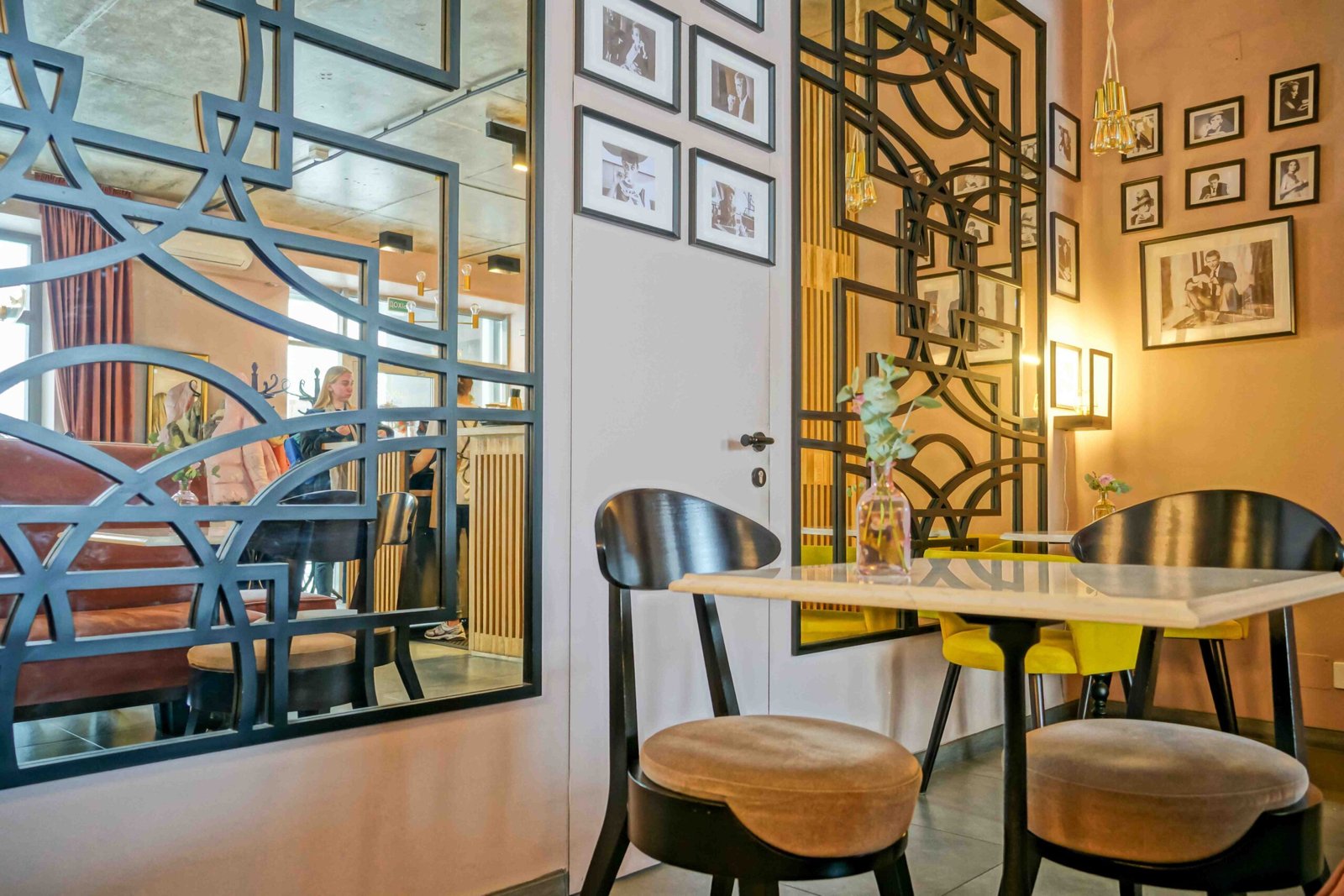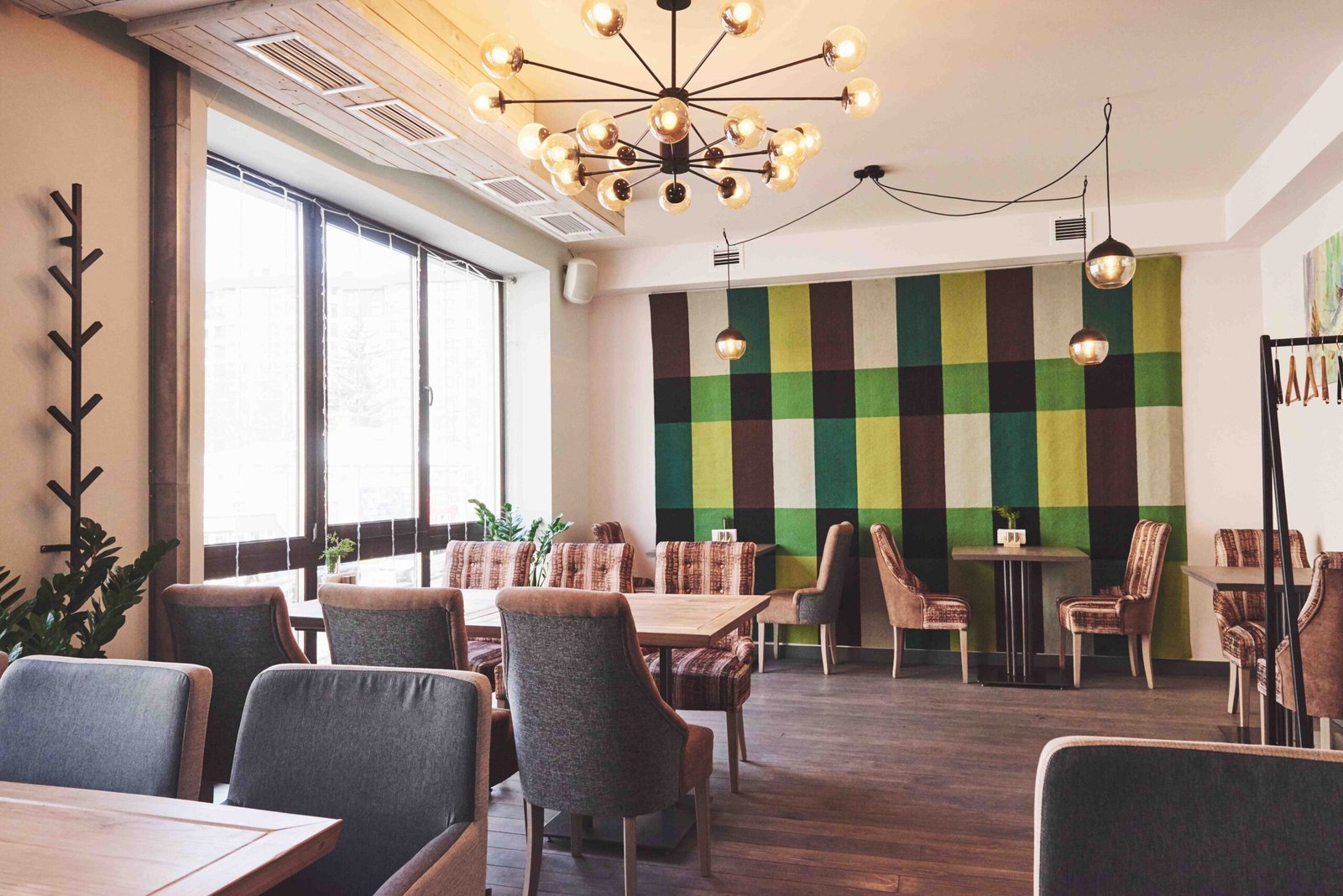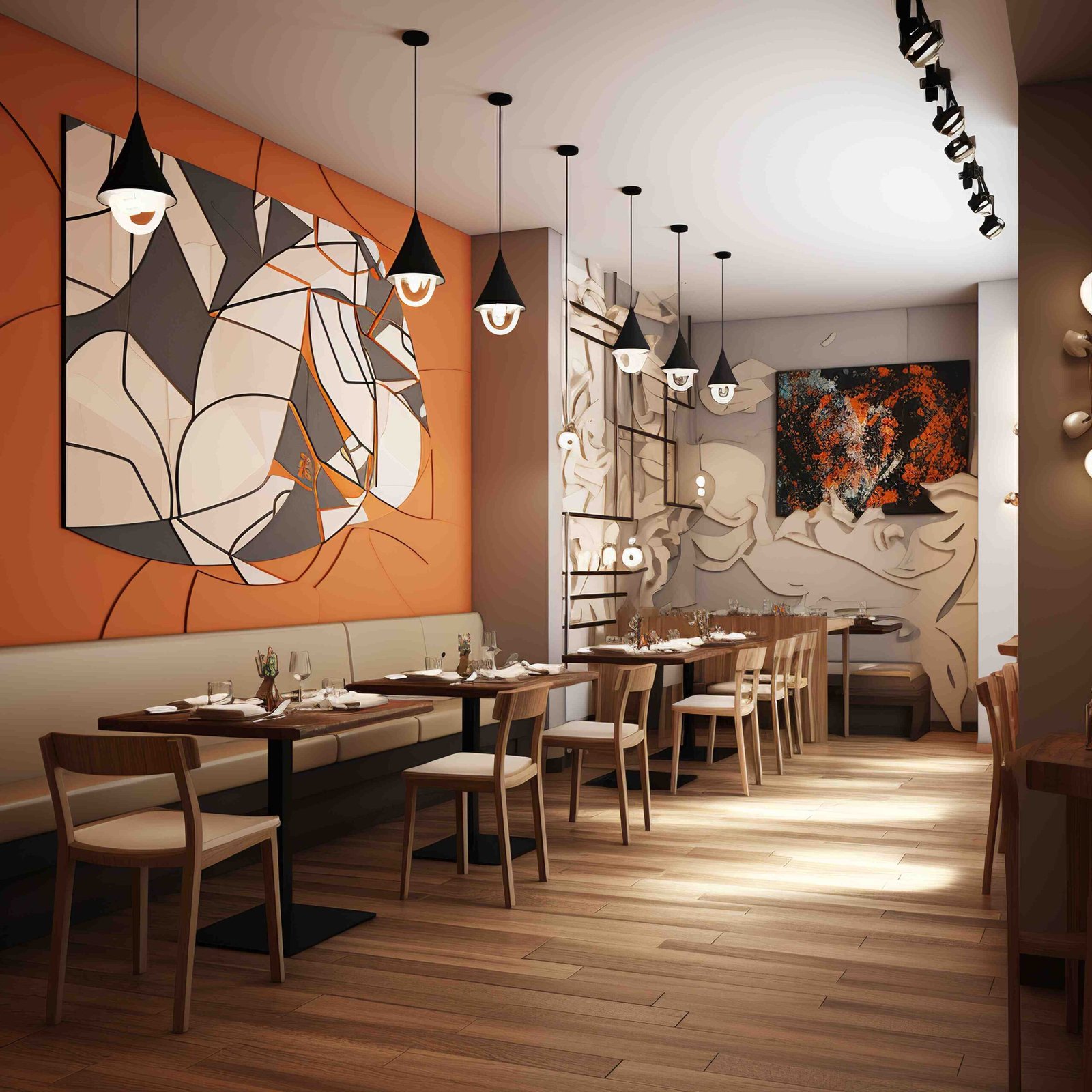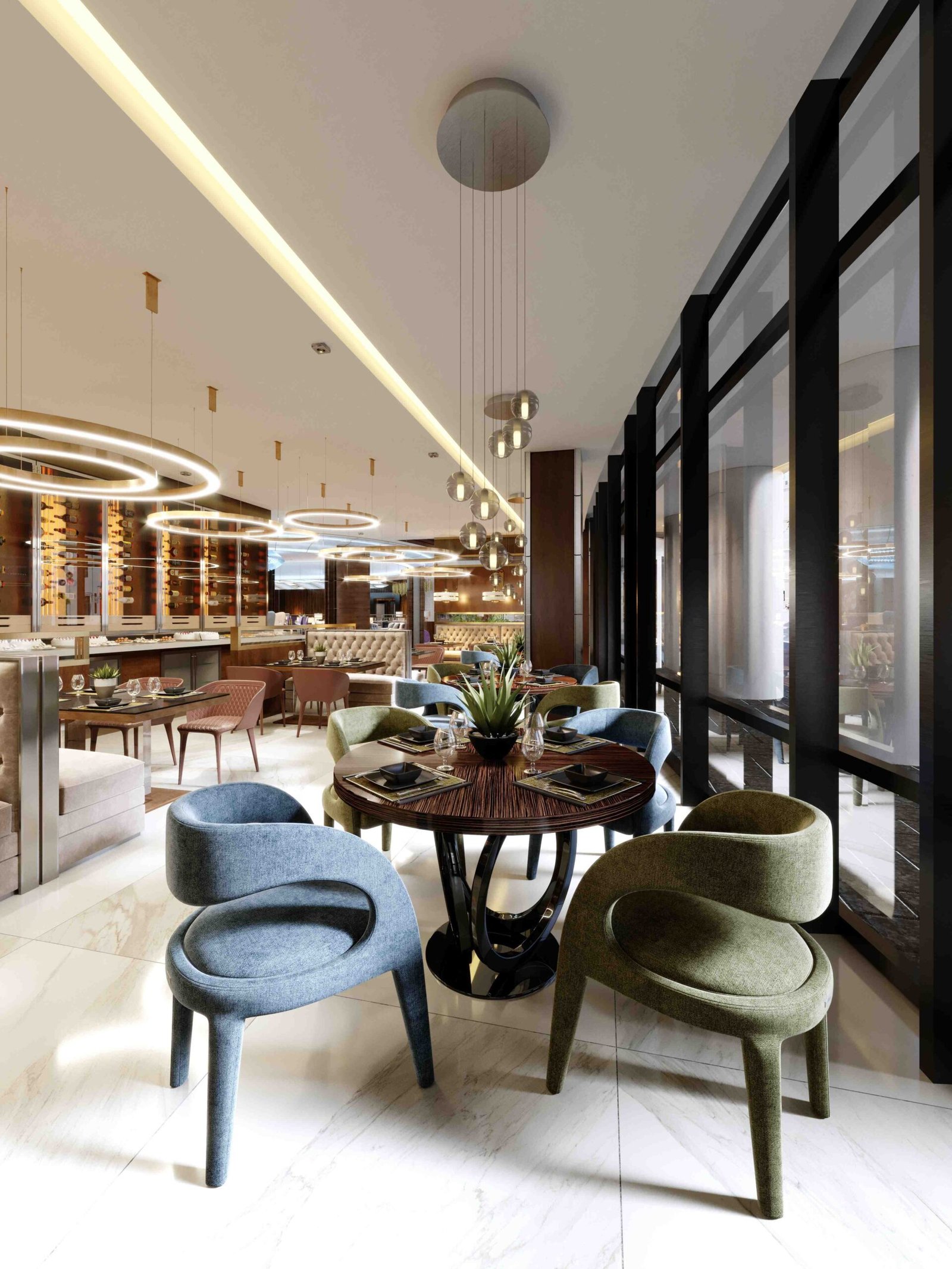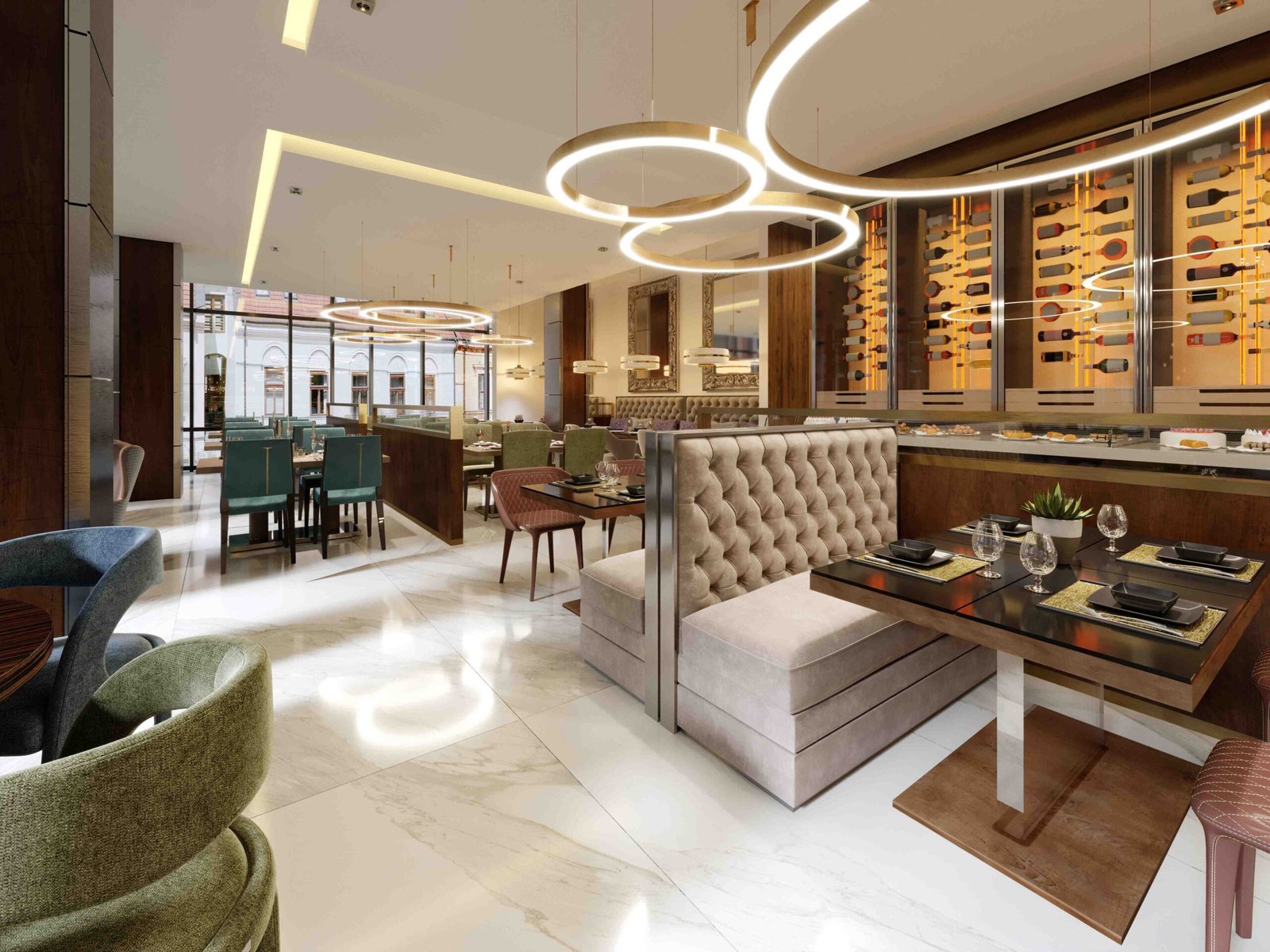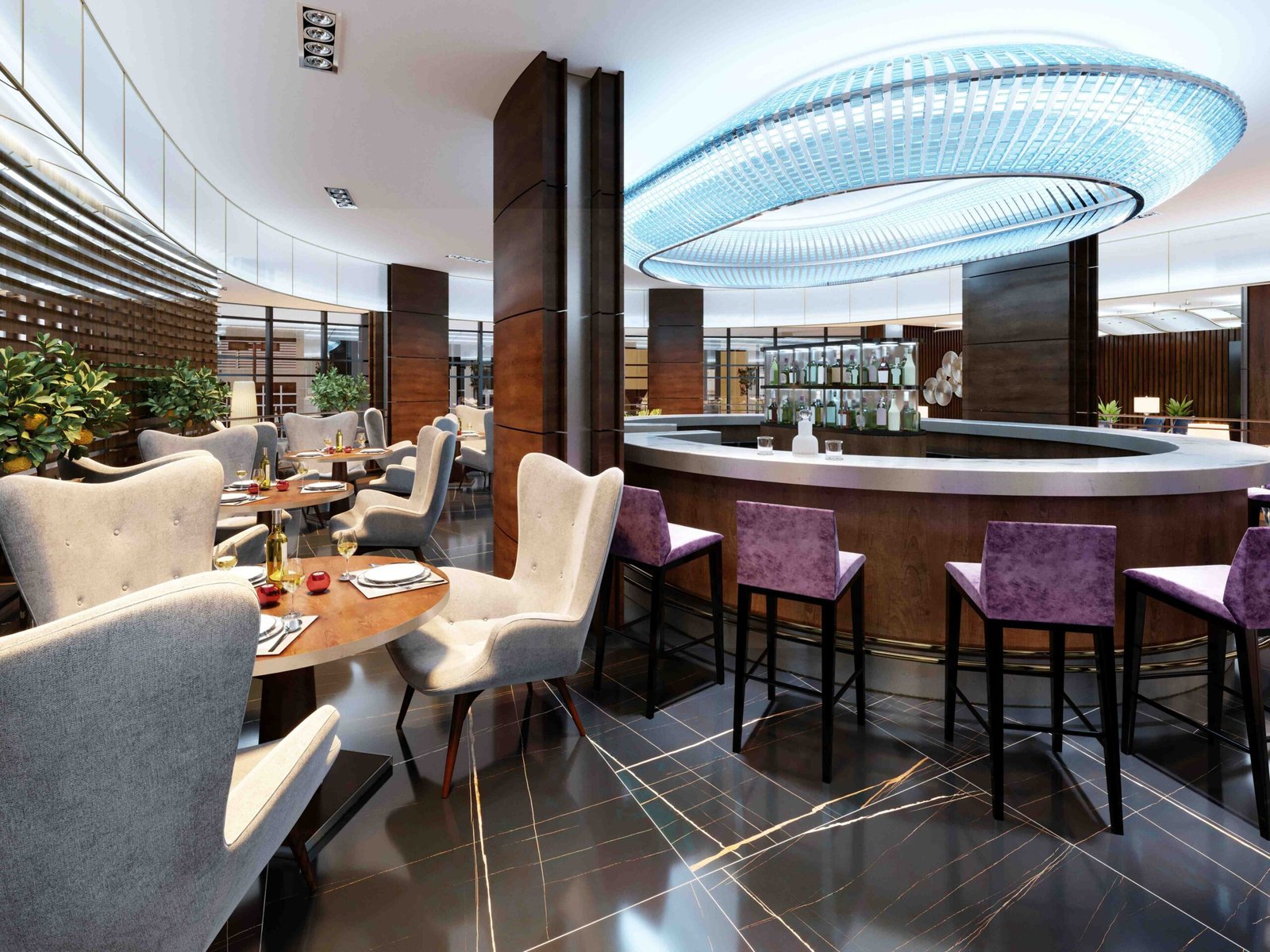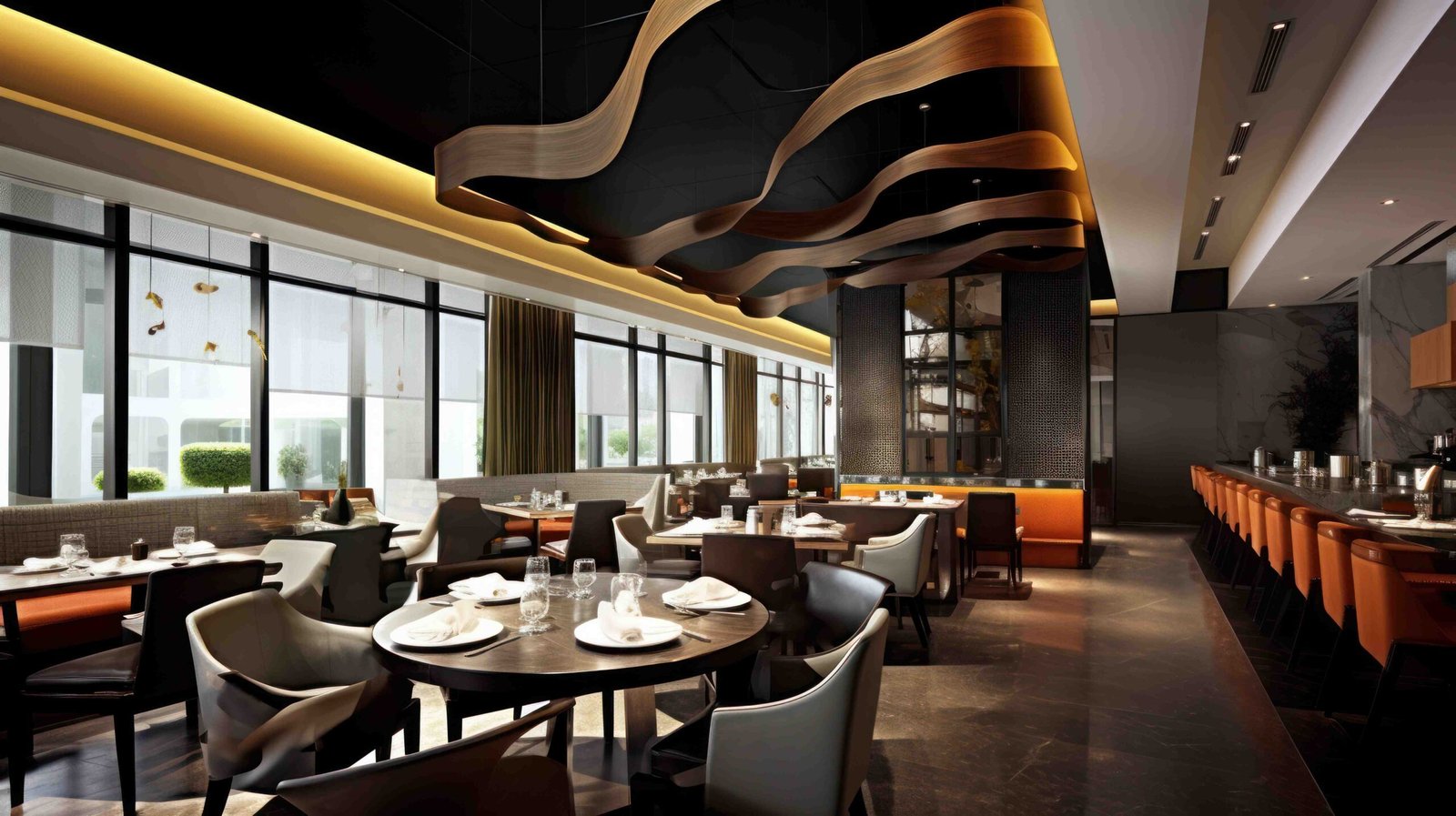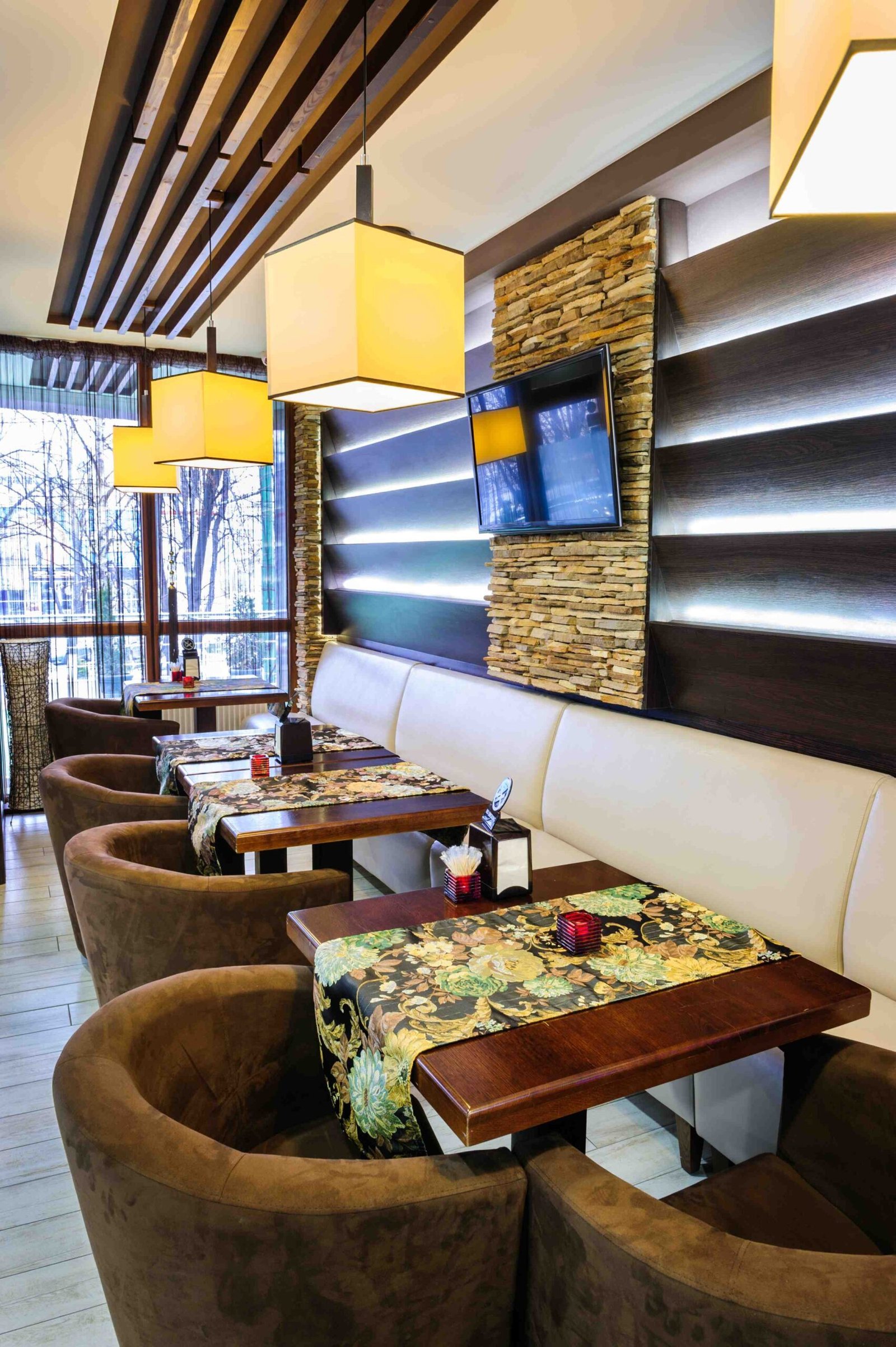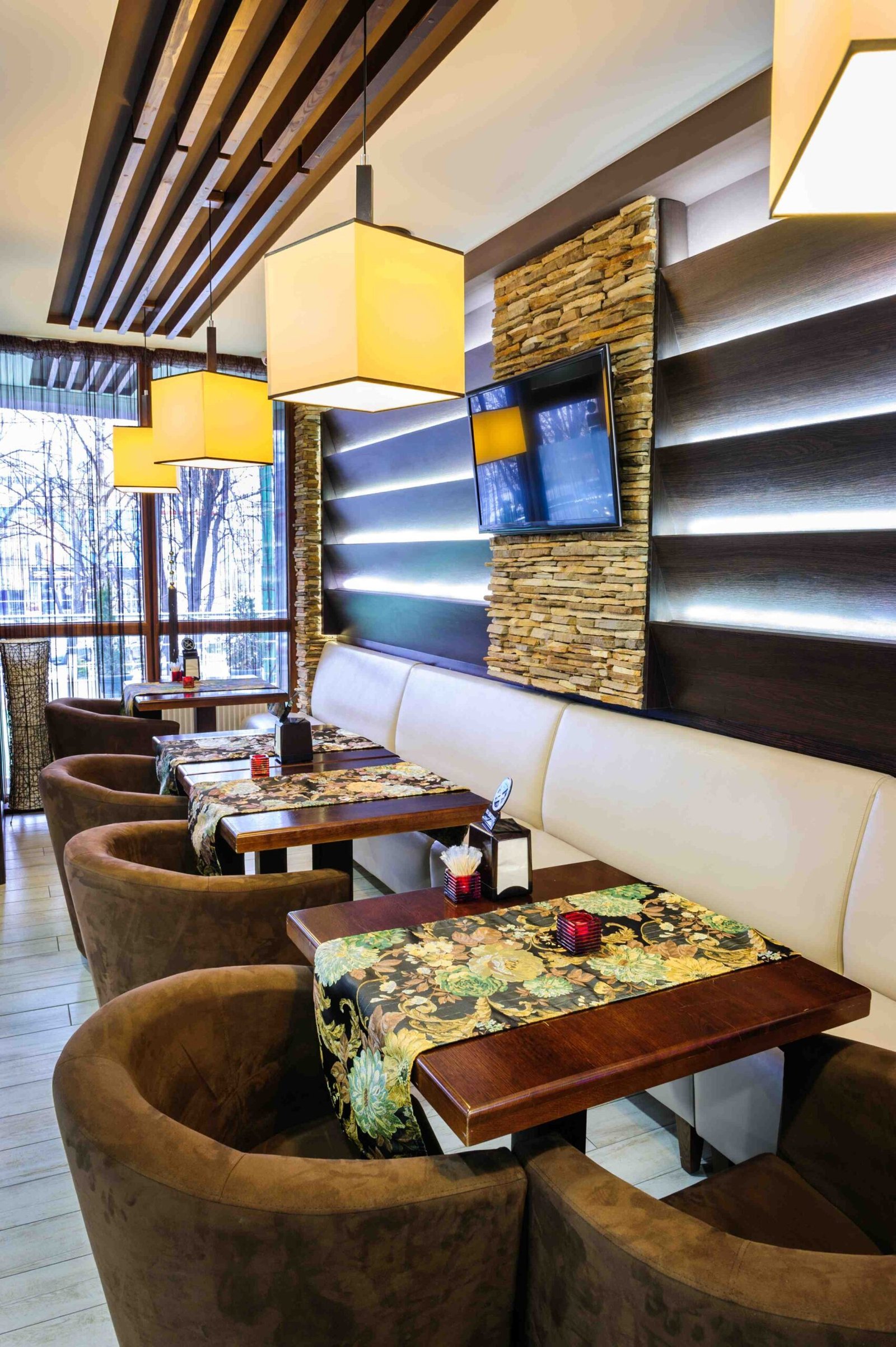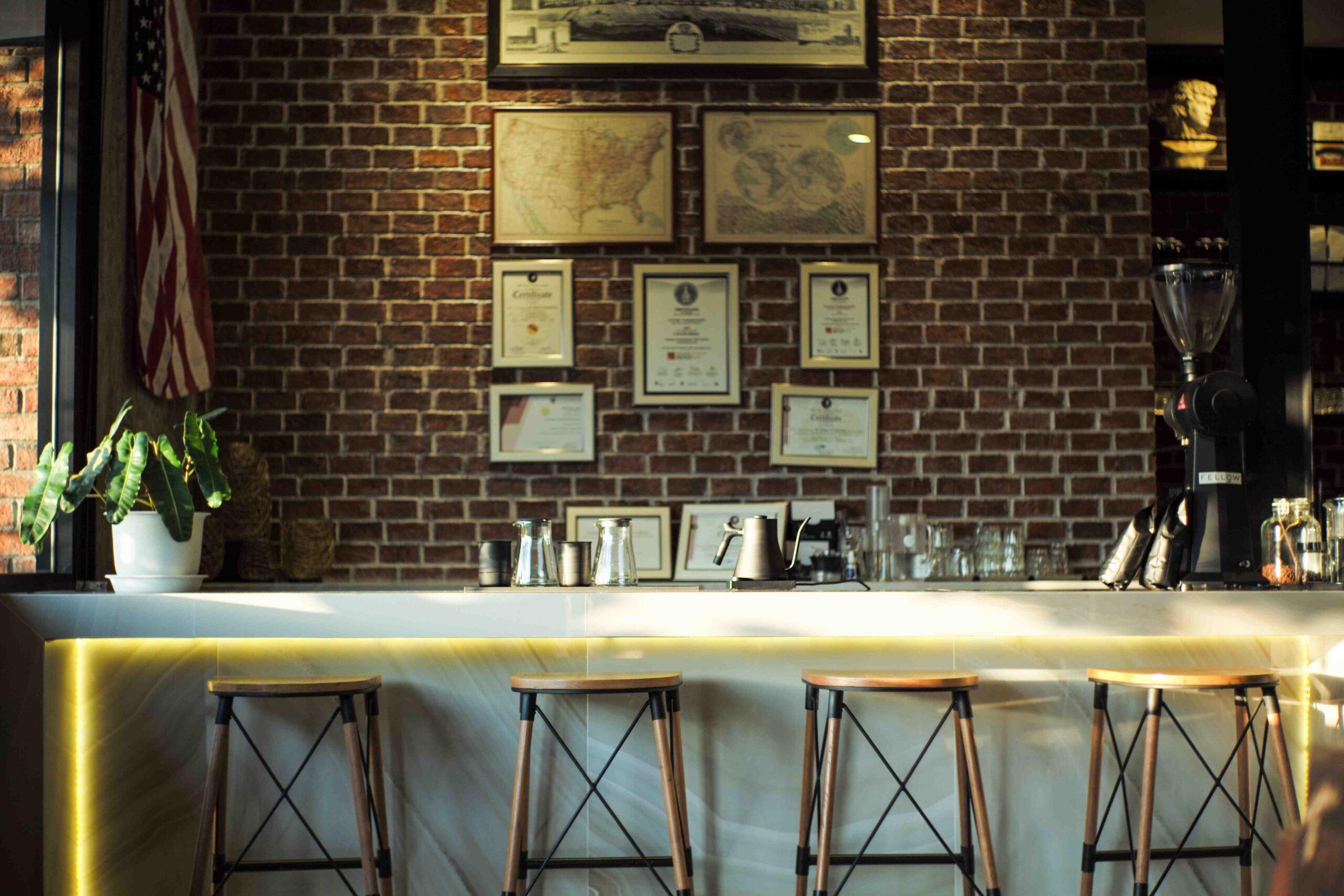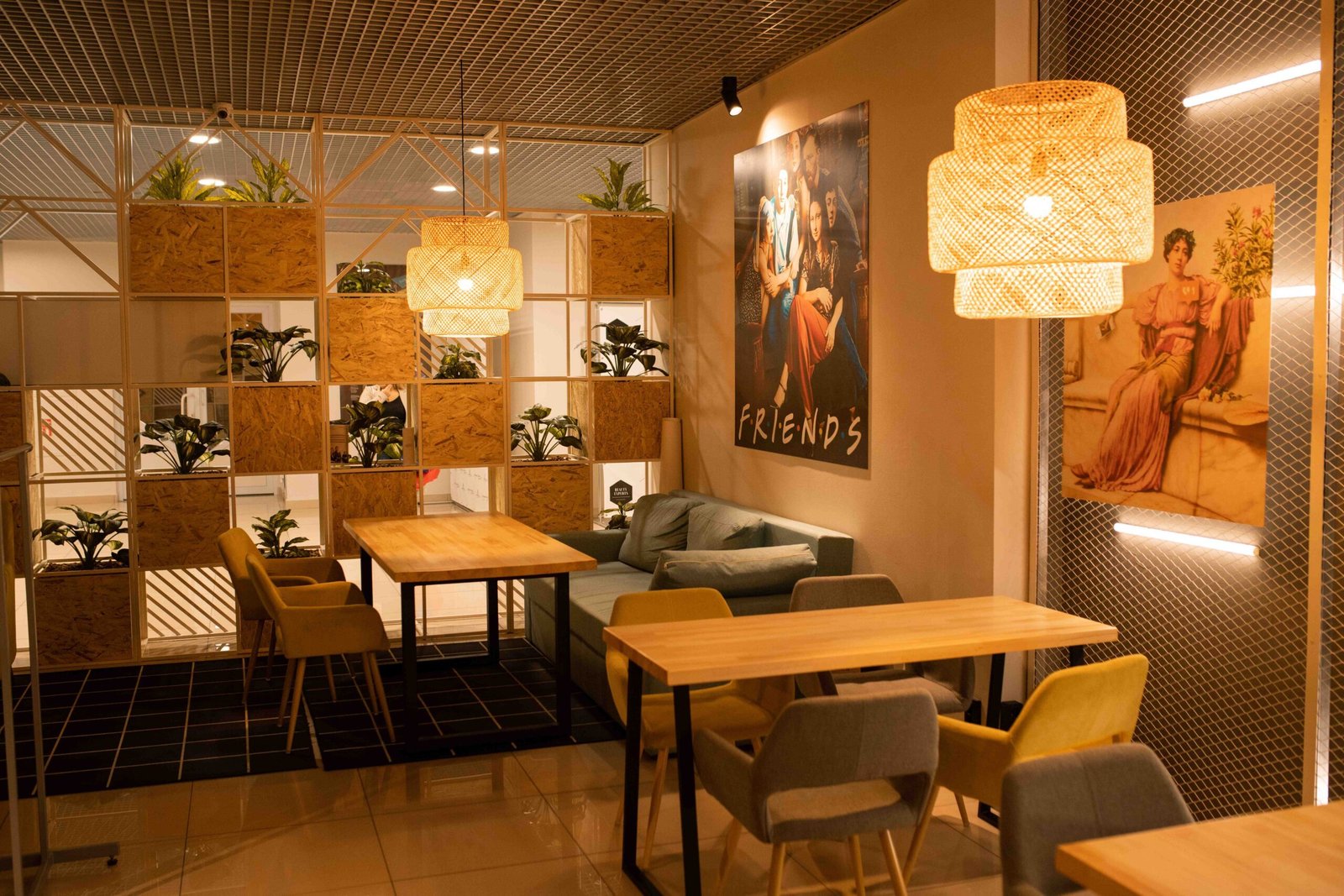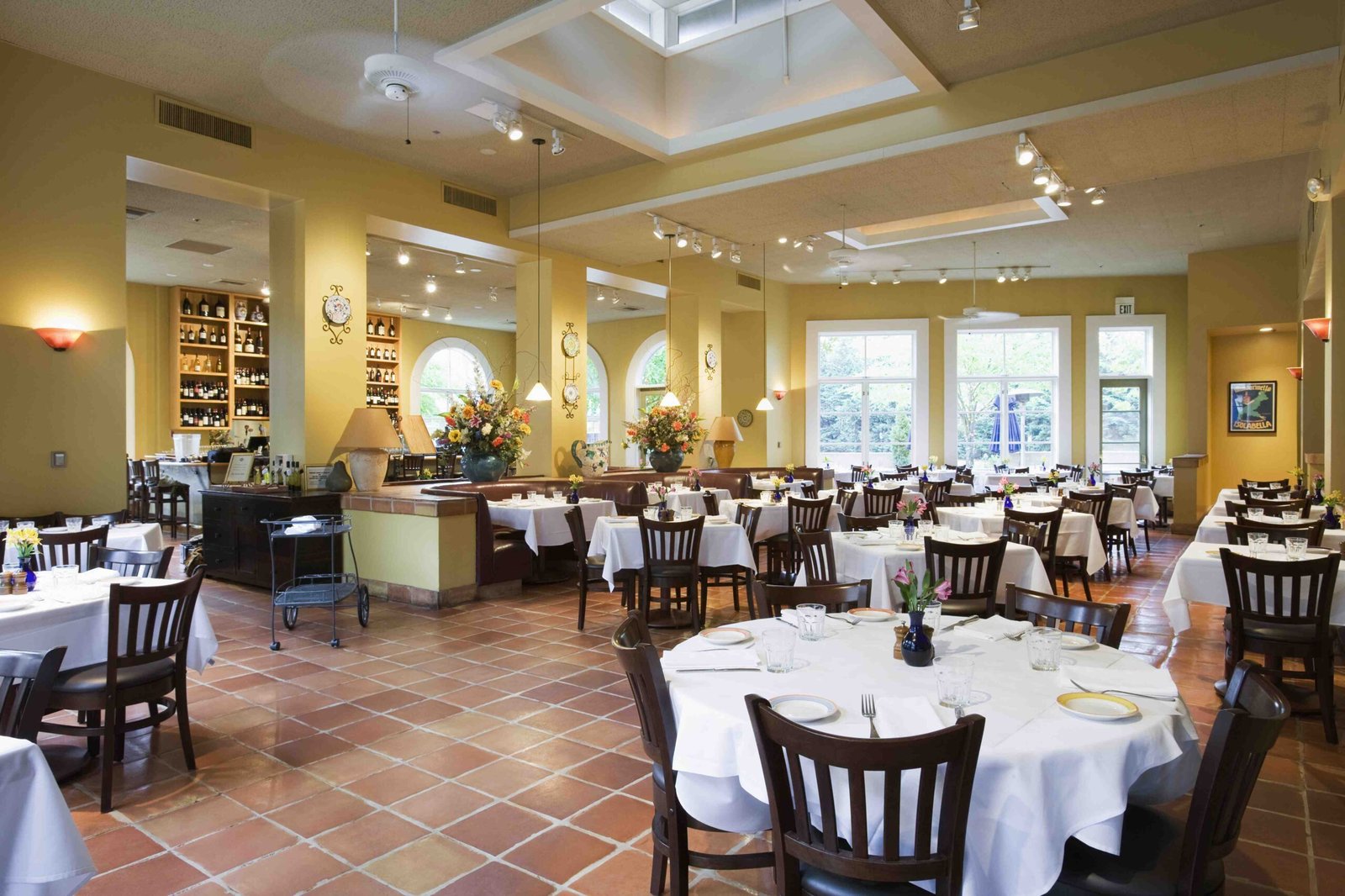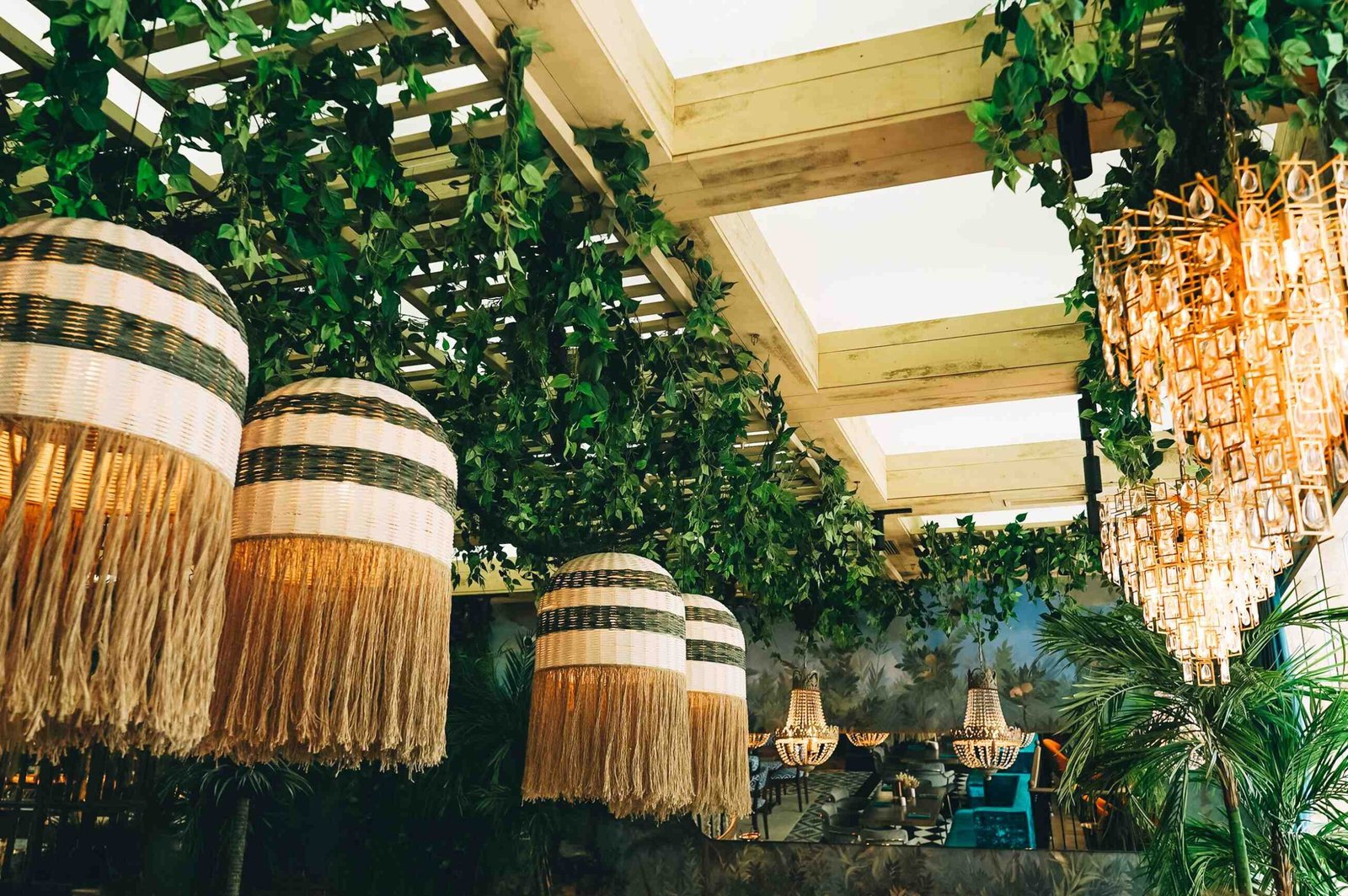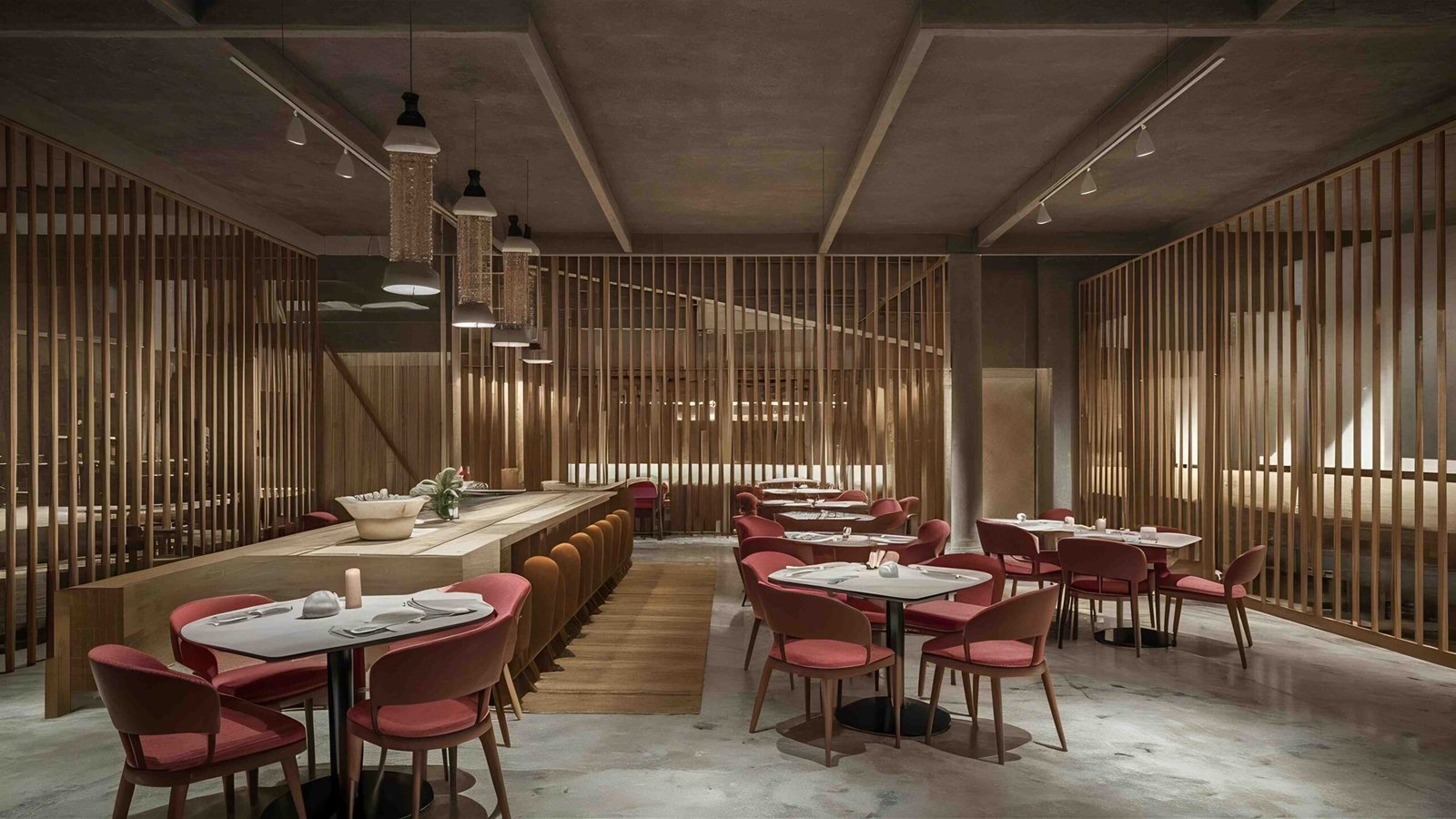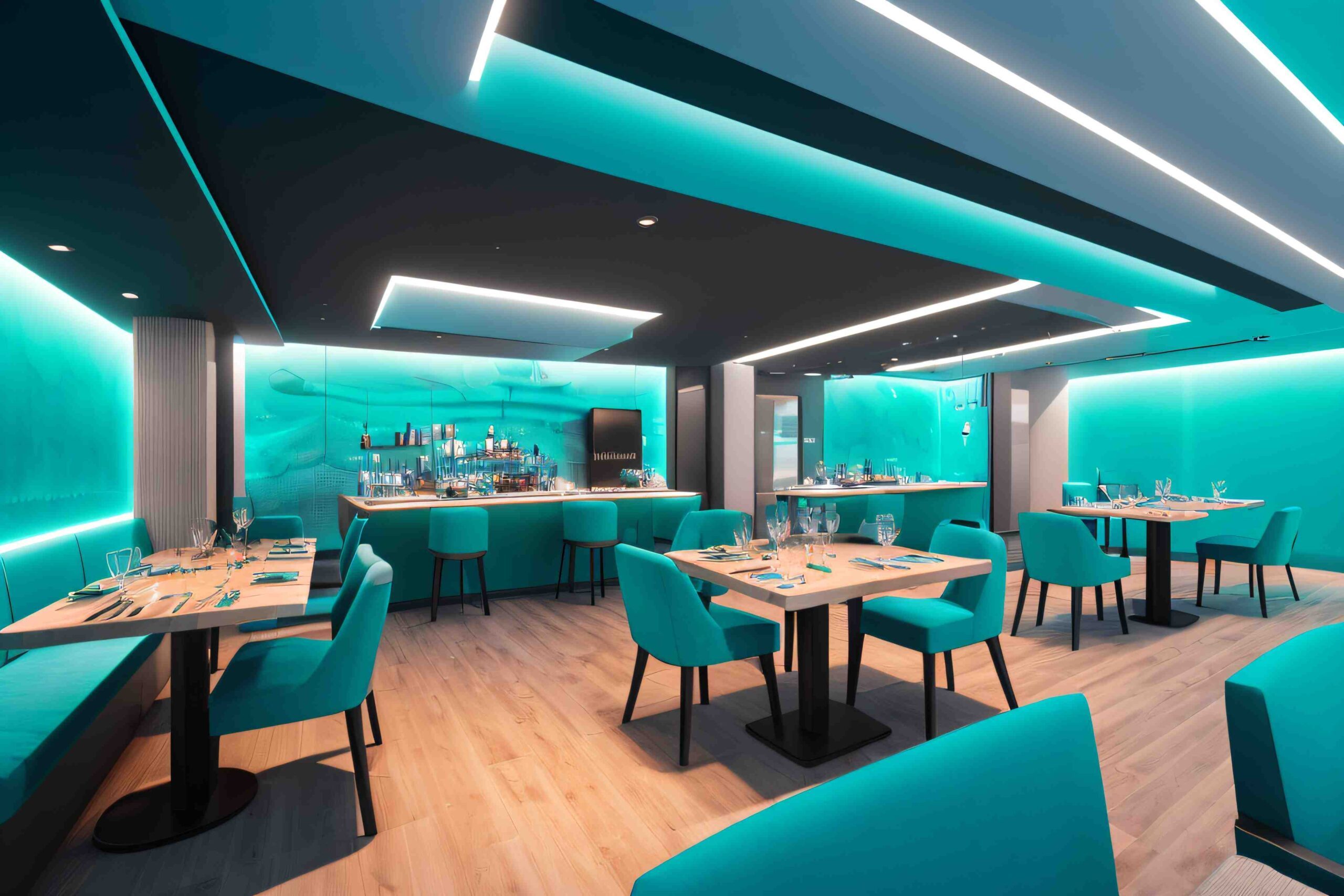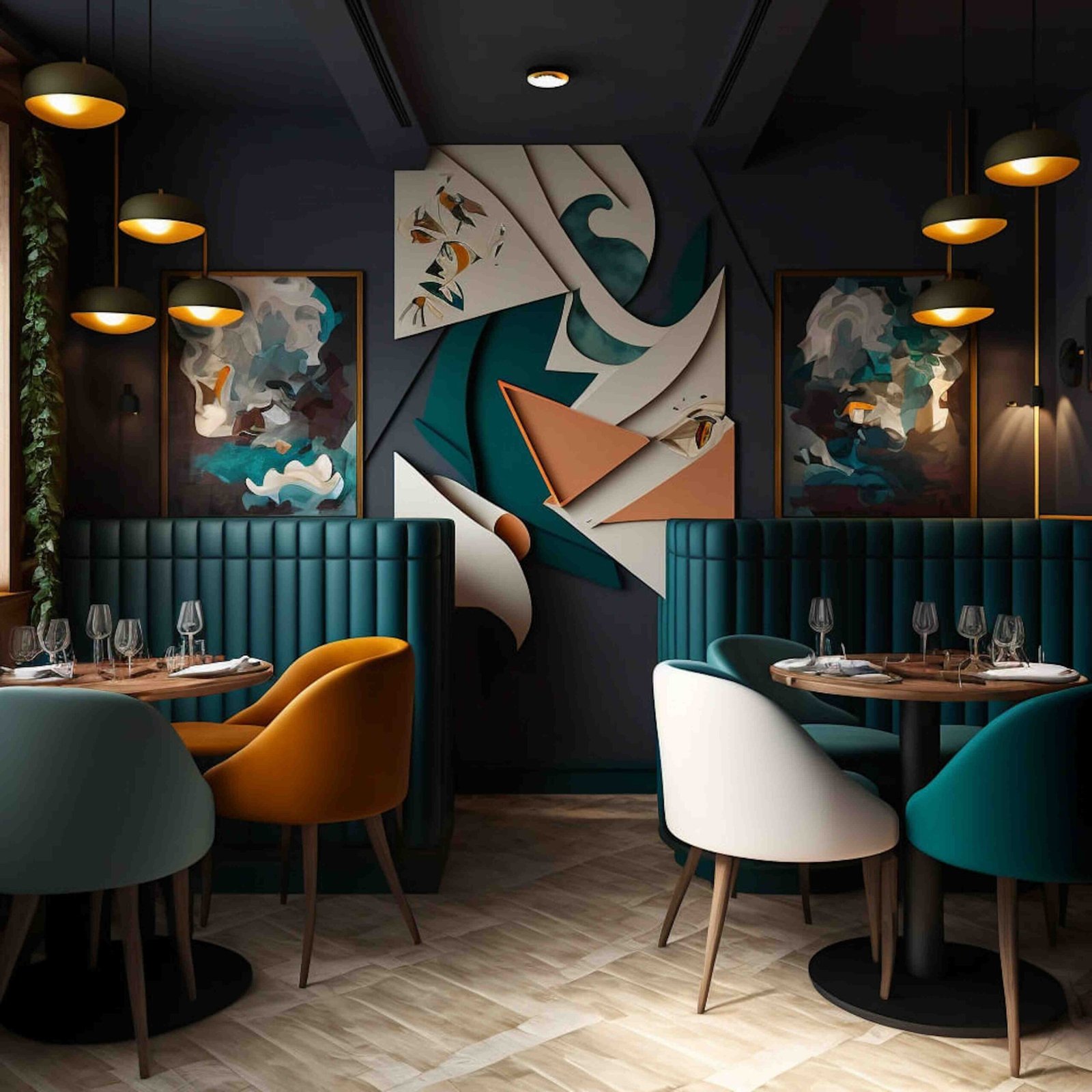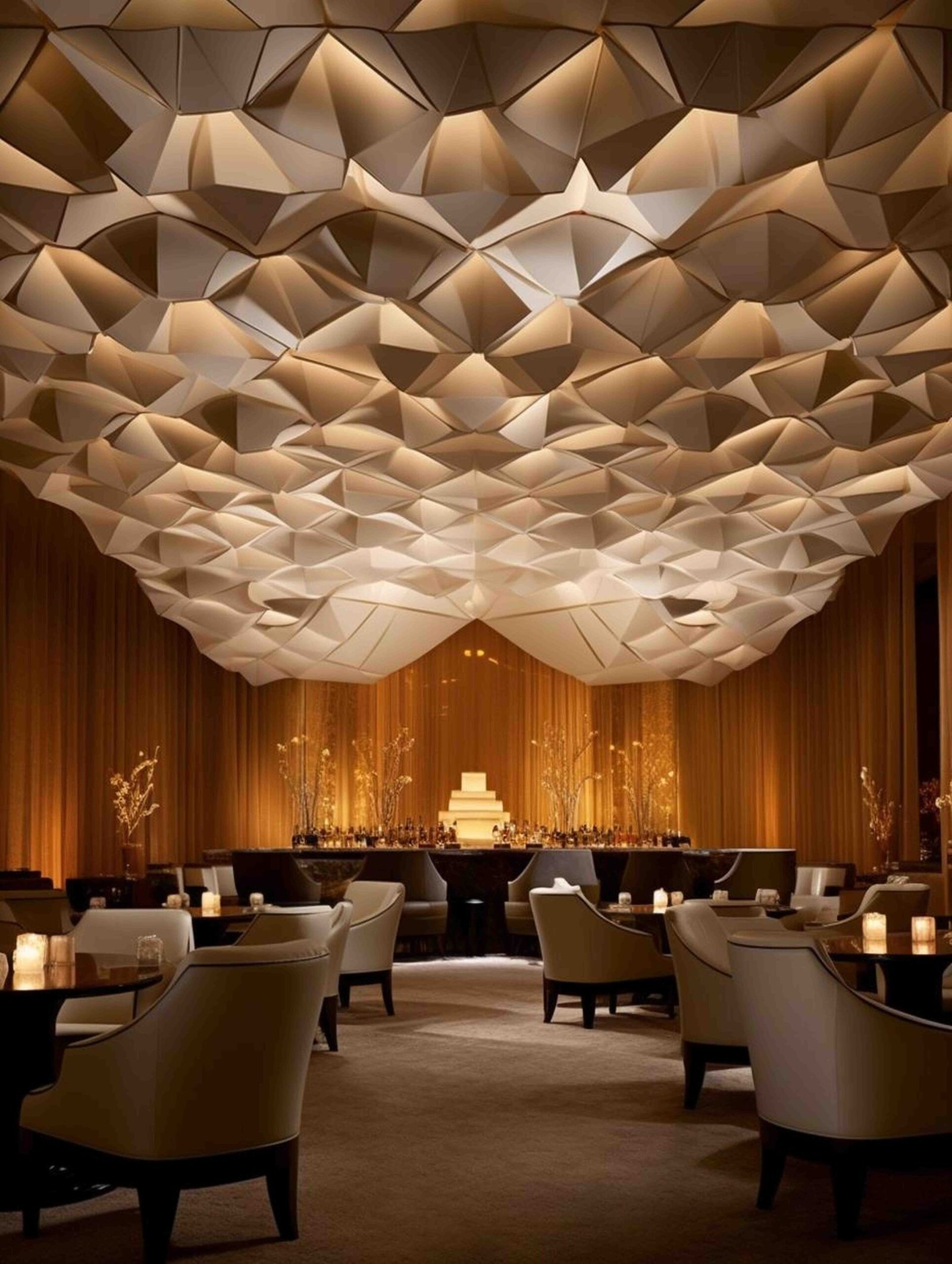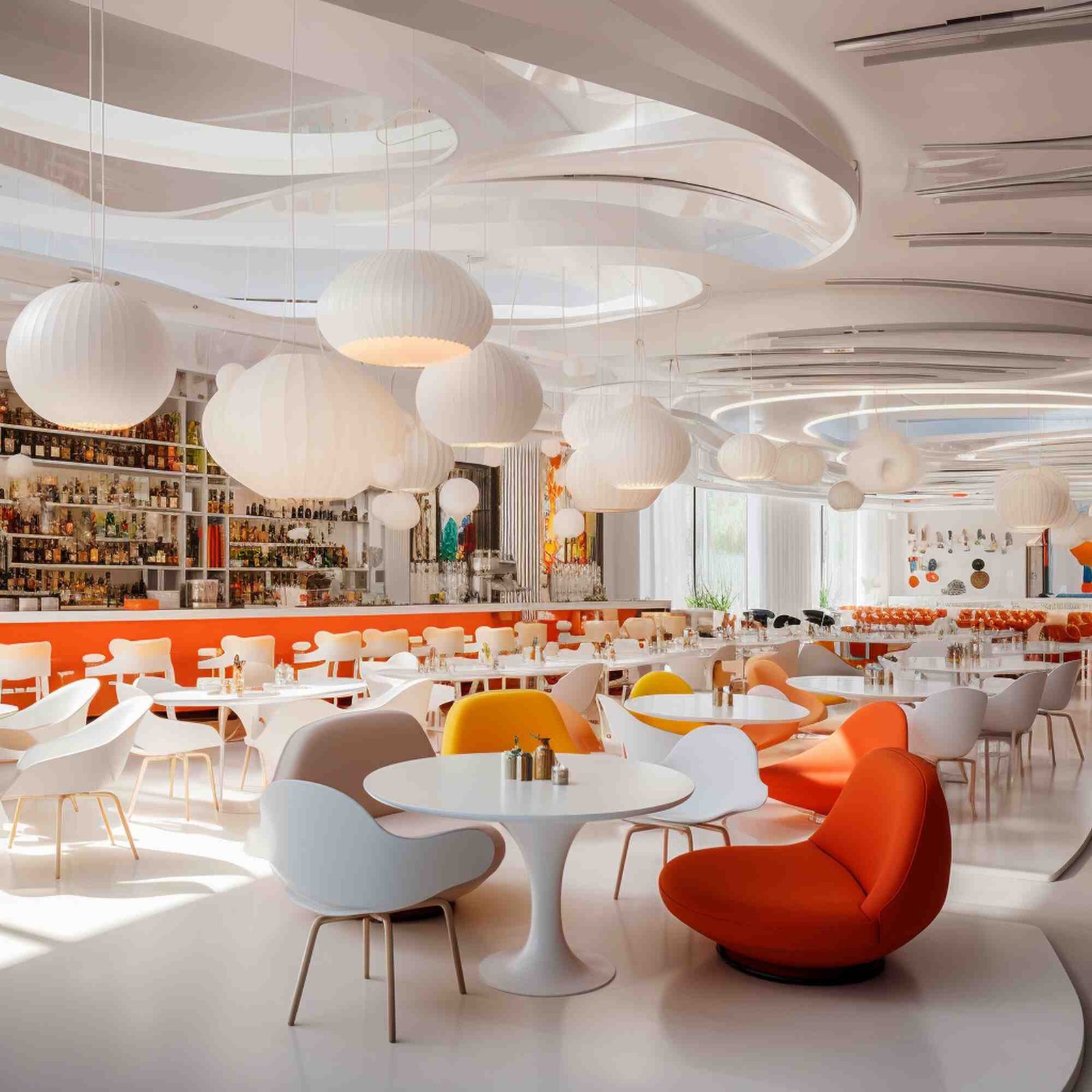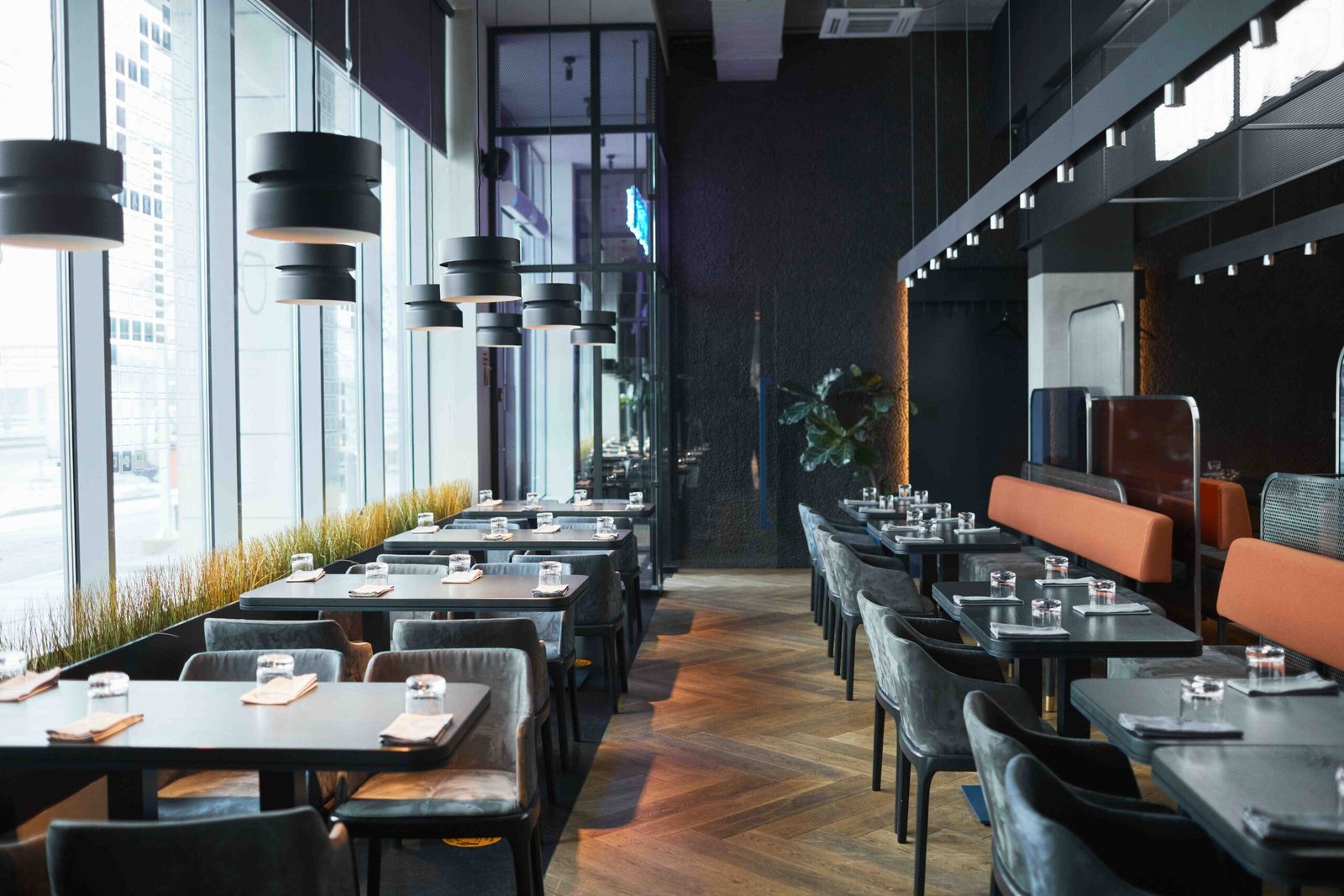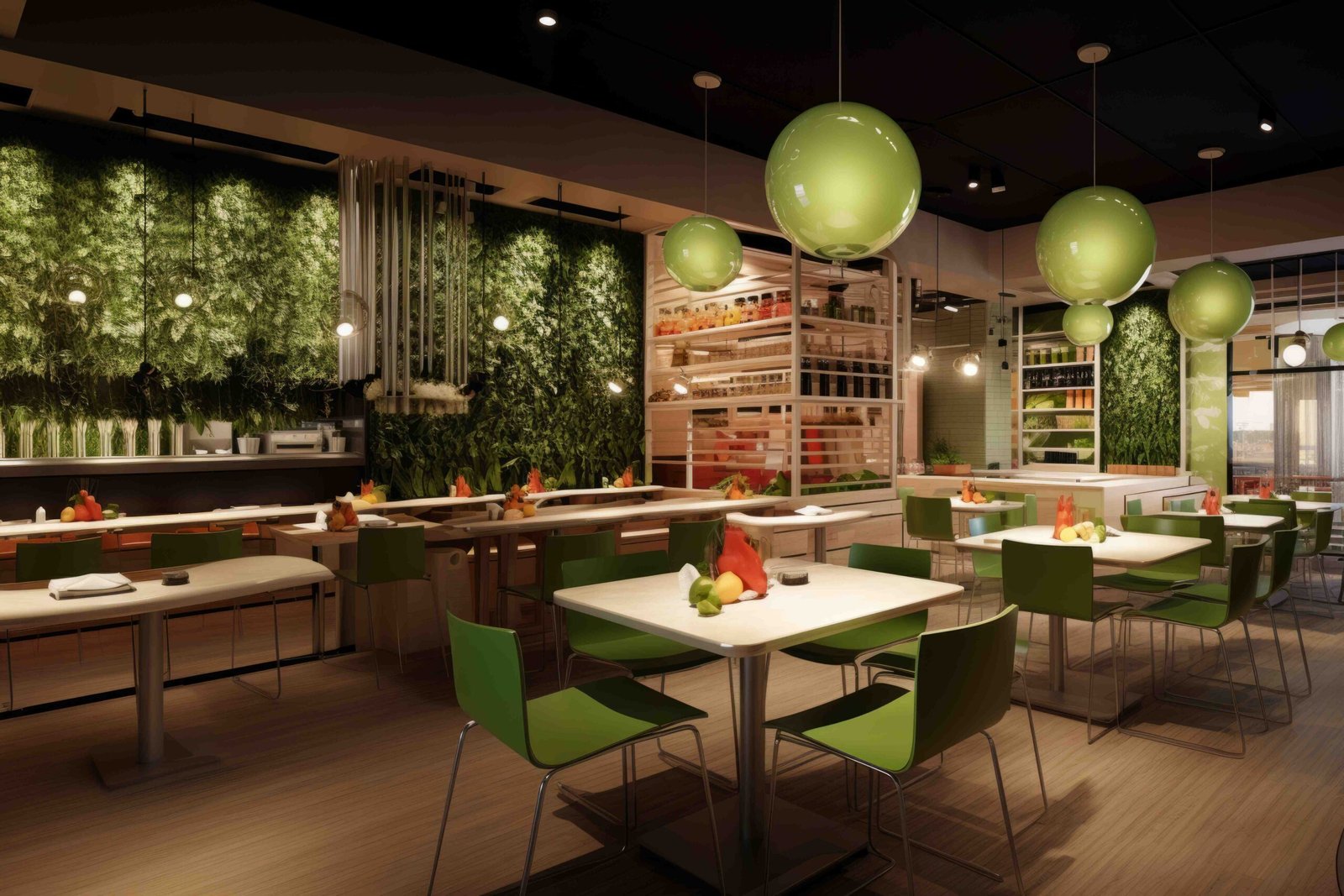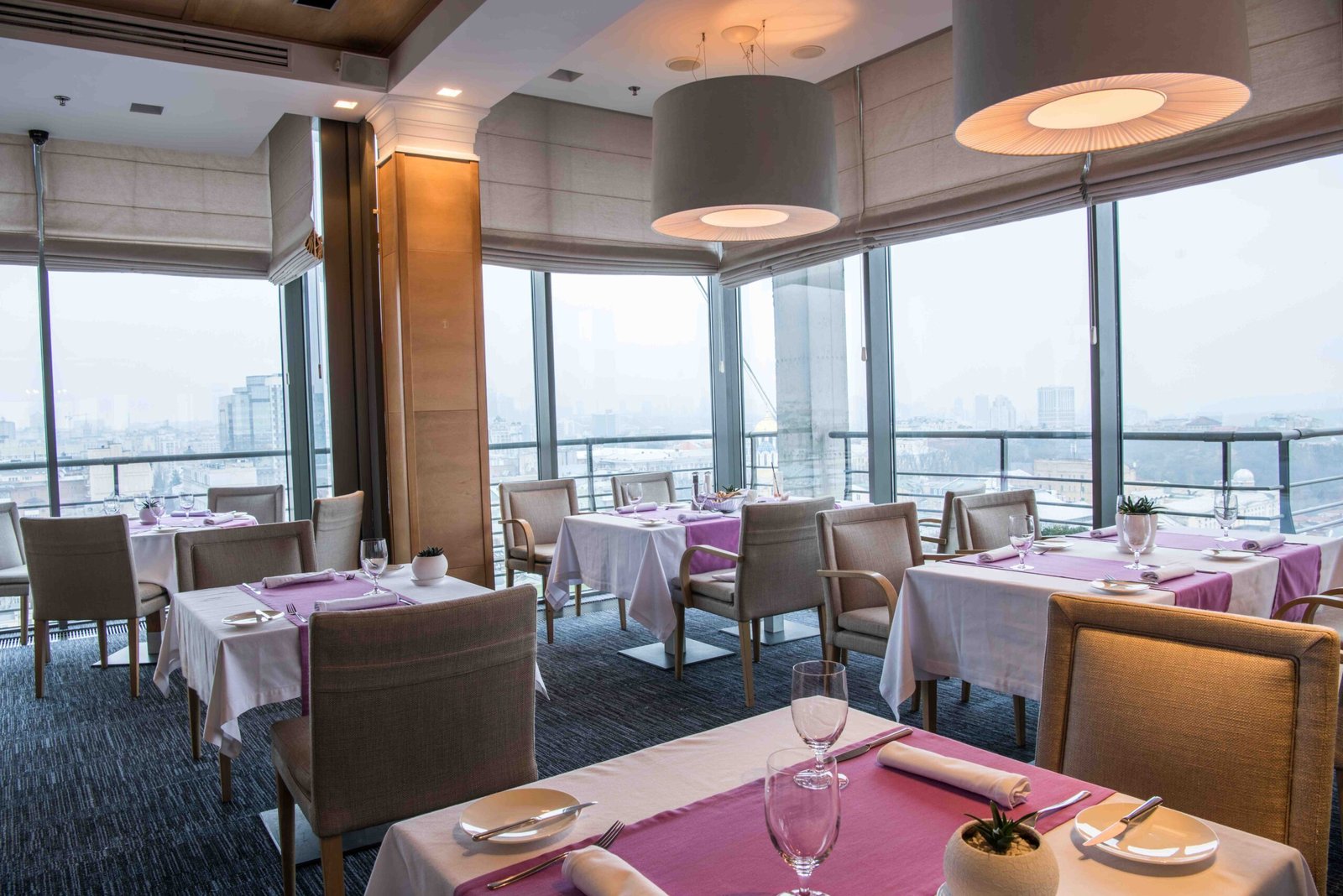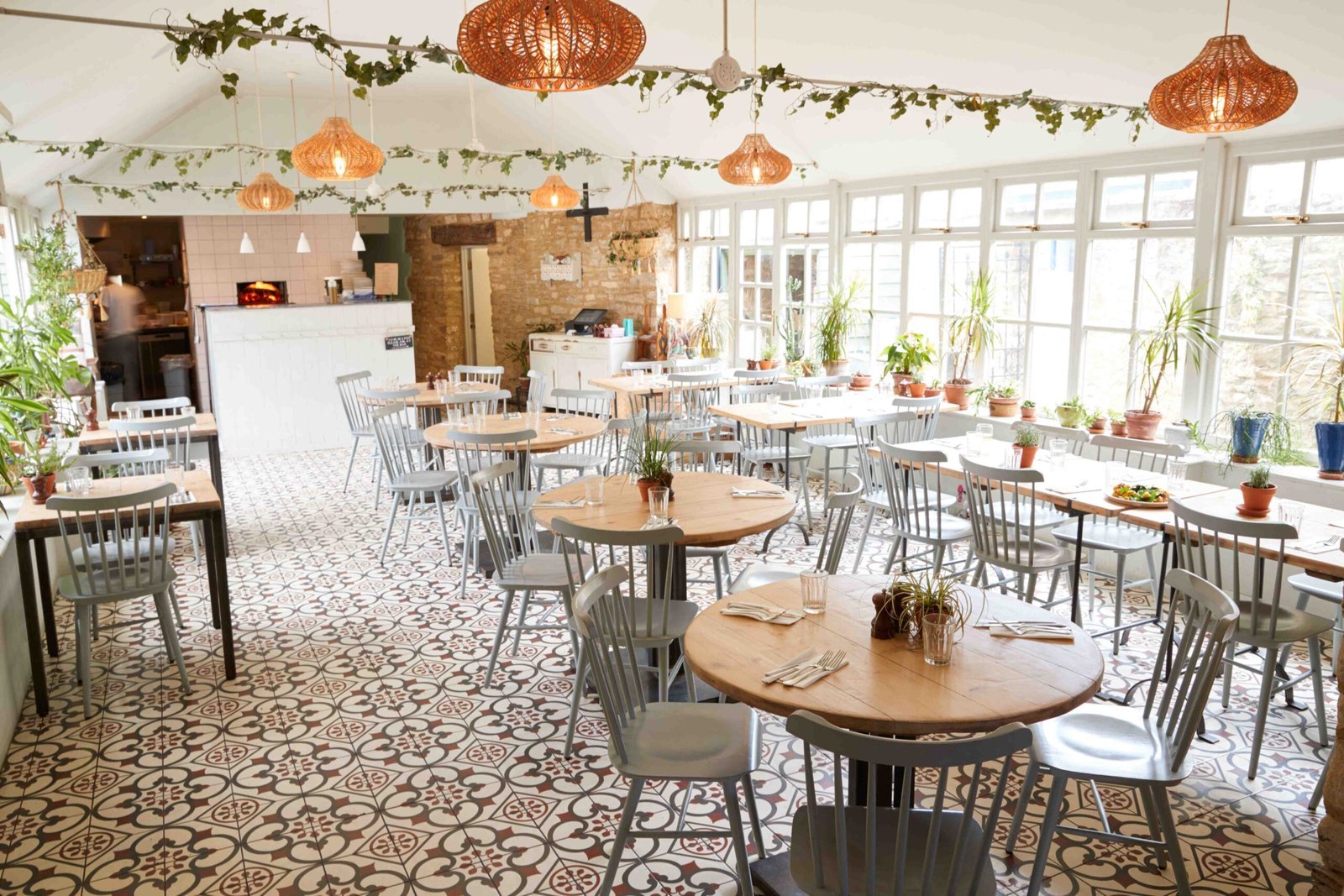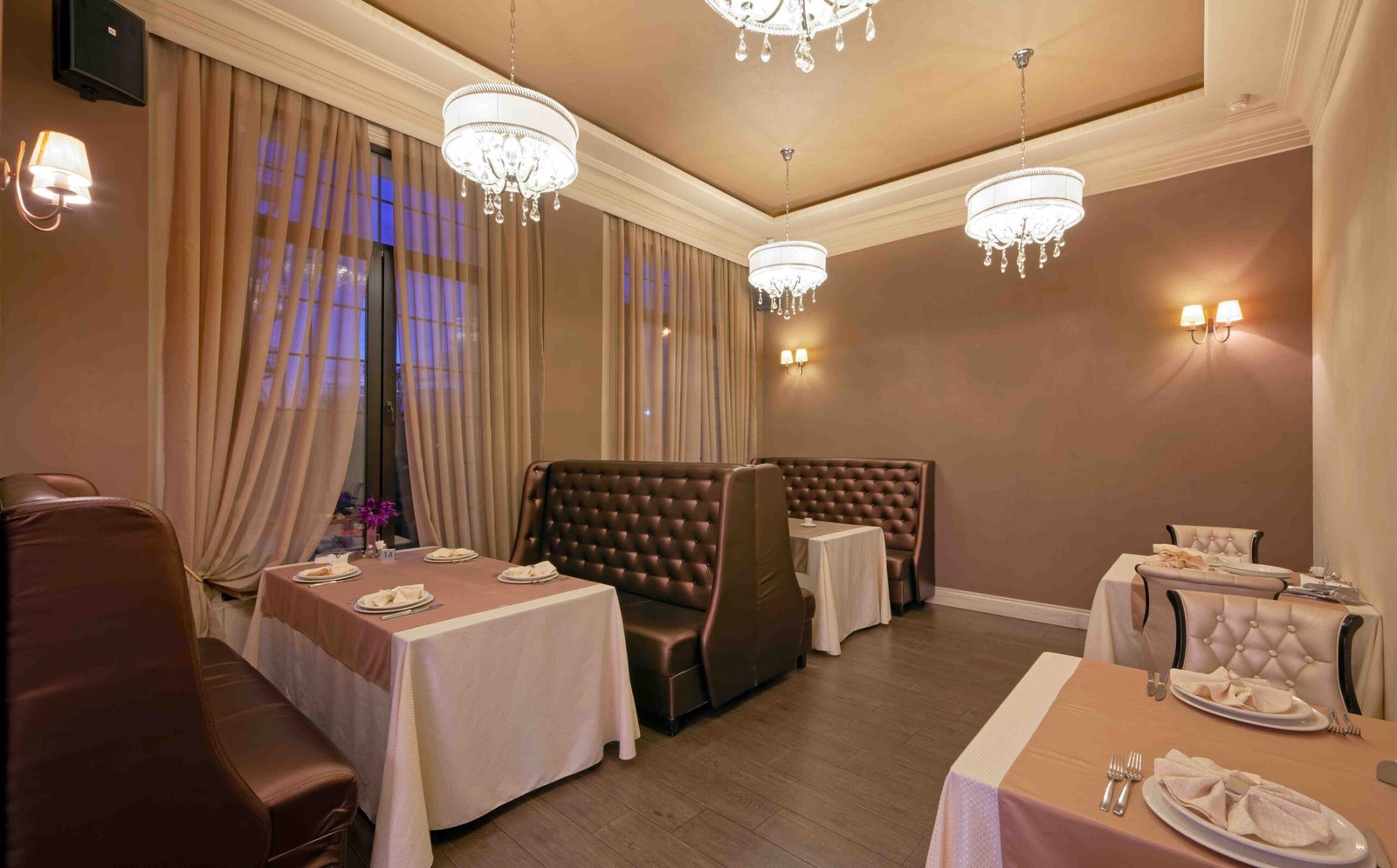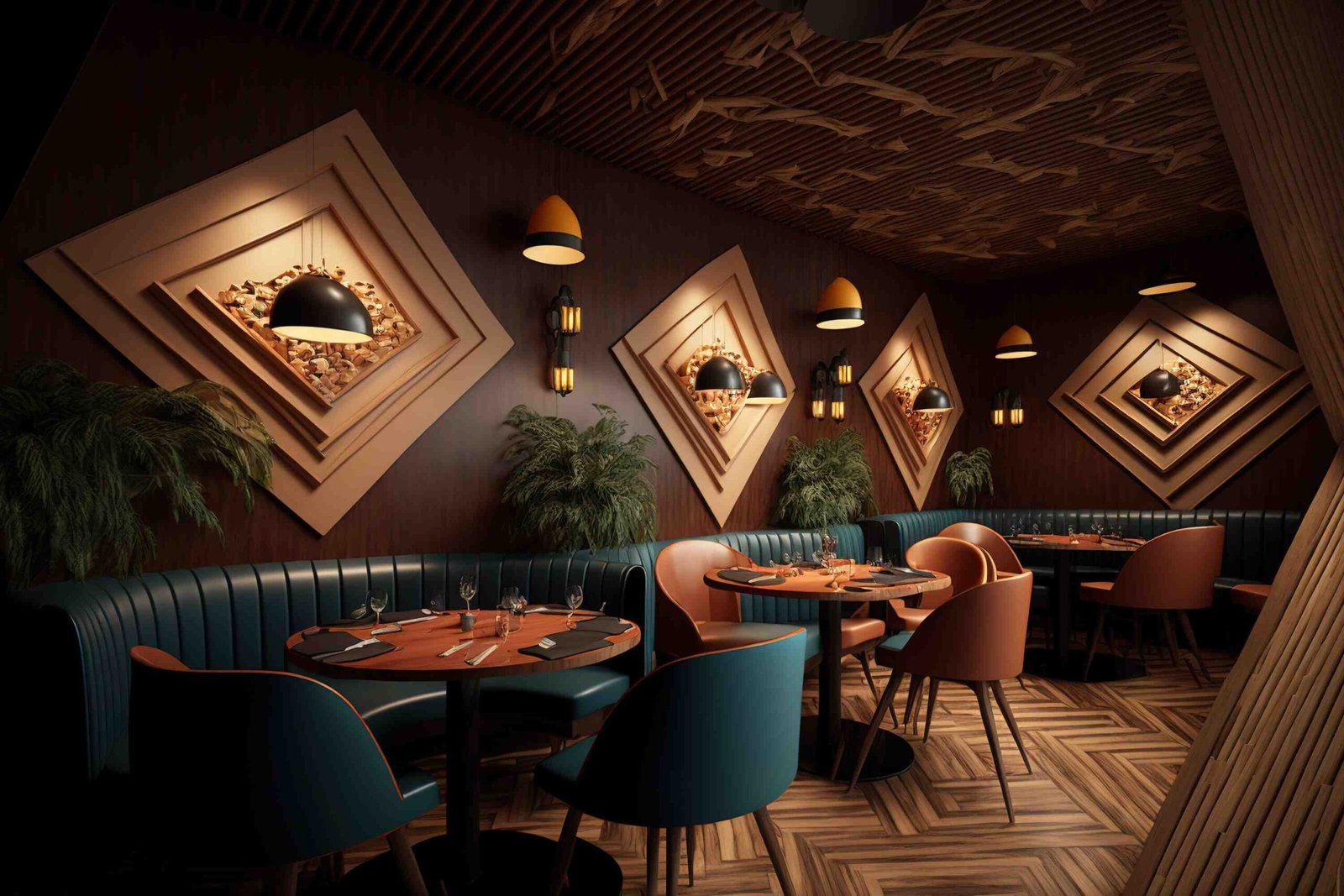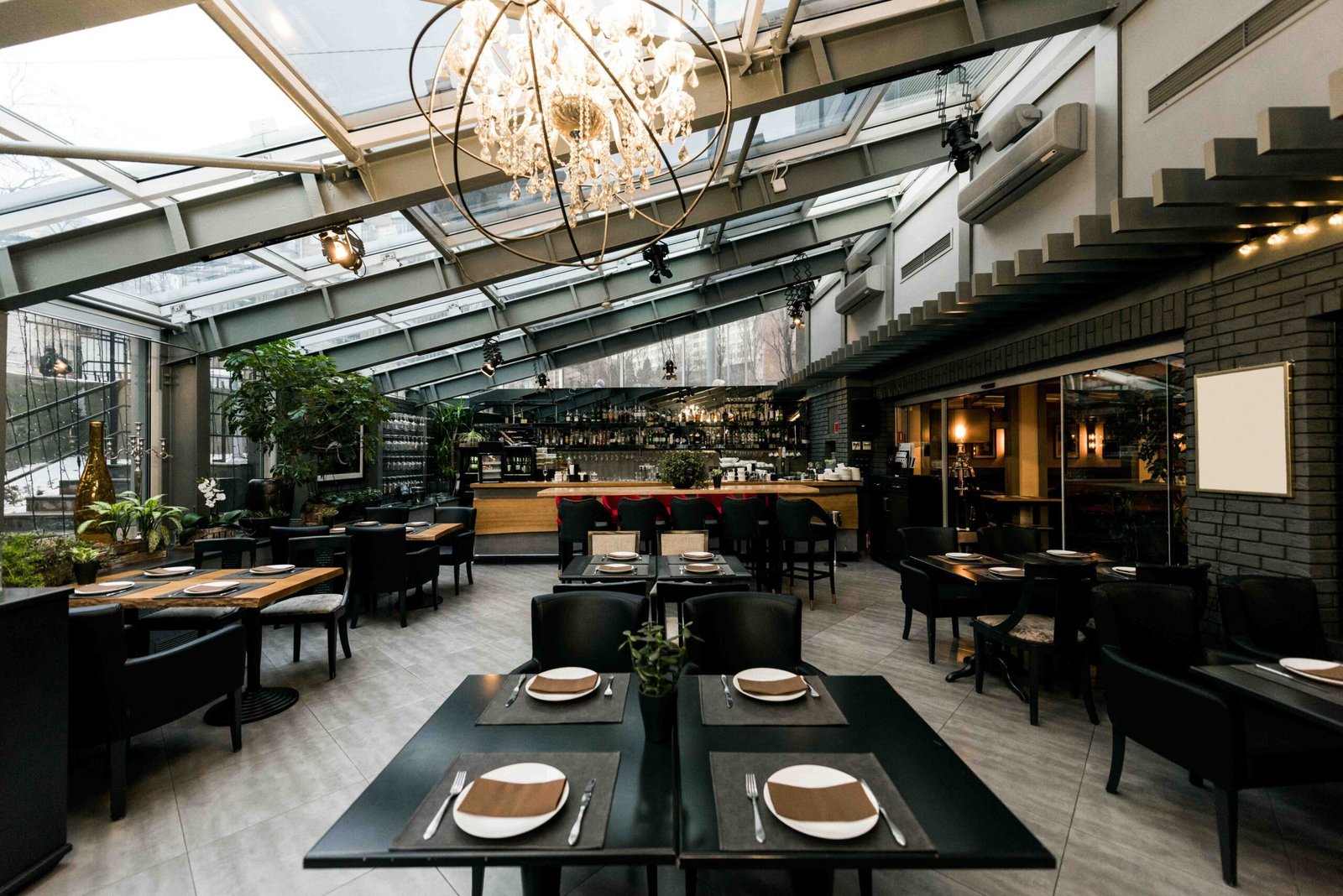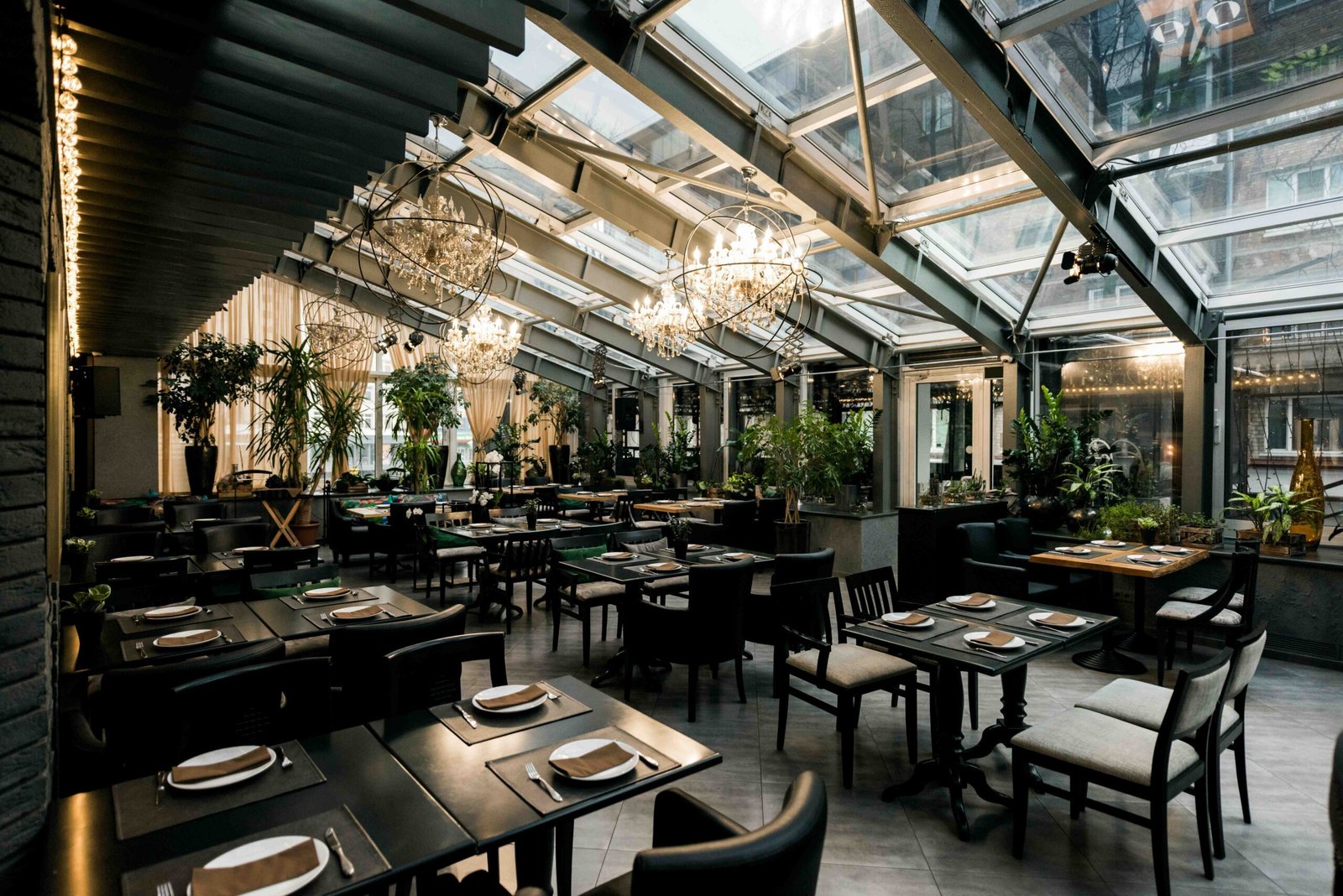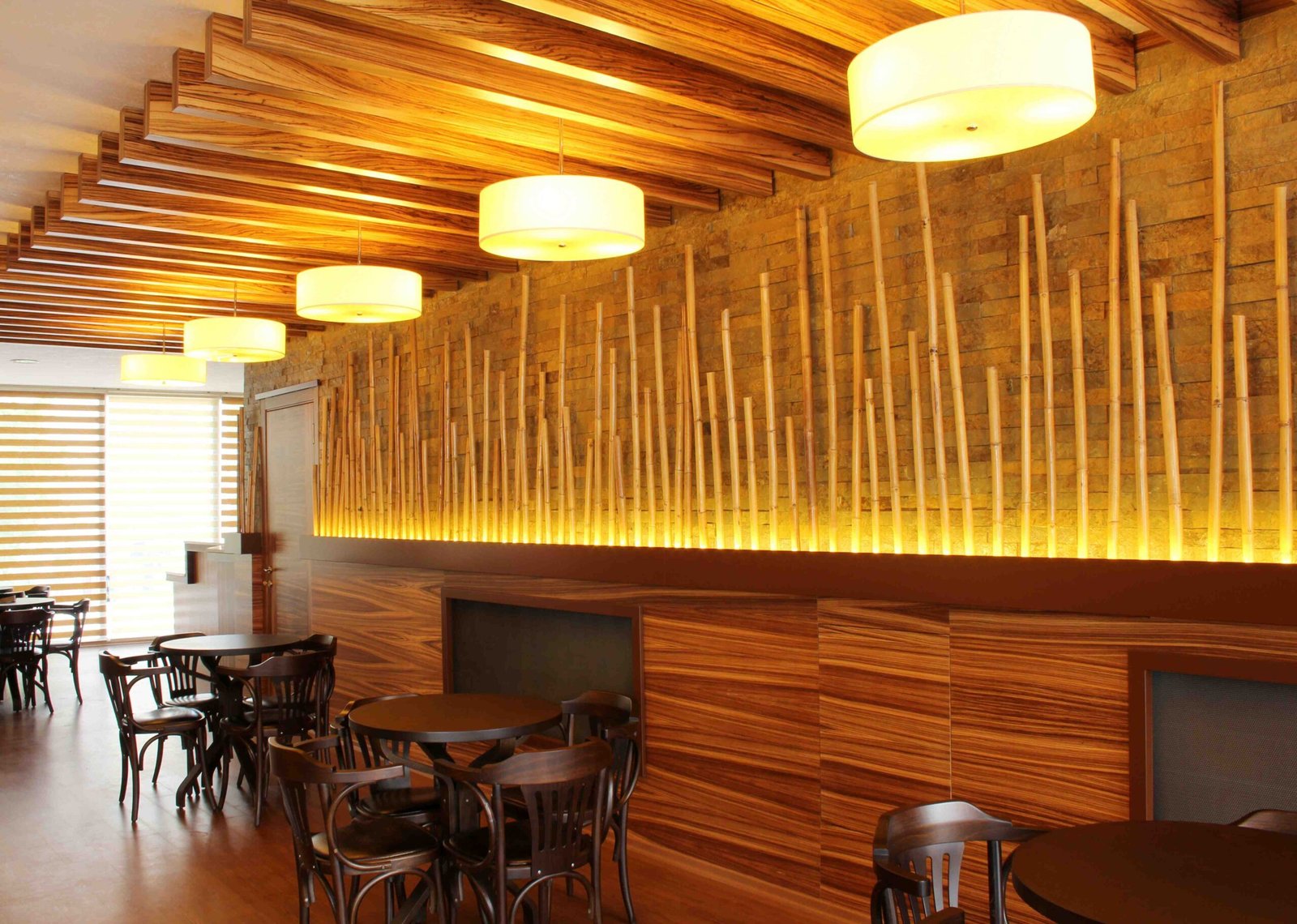-
Residential Categories are:
- Reception
- Retail Store
- Cafe
- Conference Room
- Co-Working Space
- Hotels
- Meeting Room
- Office Space
- Office Lounge
- Office Pantry
- Restaurents
Amazing feedback from Our valued clients
-

The team at Urban Canvas provided a design that suits our family's needs. Every corner of our house is now utilized, and the children have their own creative space.
Sourav Dutta, Salt Lake City, Kolkata
-

Our office now mirrors our company's innovative spirit. Urban Canvas designed an environment that fosters creativity and collaboration. A place where ideas come to life.
Nikhil Verma, CEO, Tech Company, New Town, Kolkata
-

The blend of traditional craftsmanship with modern aesthetics by Urban Canvas in our apartment is pure brilliance. Their community involvement and use of local artisans really touched our hearts.
Amit Roy, Ballygunge, Kolkata
Get in Touch
Building Relationships, One Conversation at a Time
FAQs
Browse design websites and magazines: You can check out our design ideas section or you can also take inspiration from platforms like Houzz, Pinterest, or even Instagram to get a feel for what styles you love. This will make it easier to find a designer with those sensibilities.
Ask for referrals: Talk to friends, family, or real estate agents who may have worked with designers whose styles caught your eye.
Directly check portfolios: Reputable interior designers often have their work online. Browse through their portfolios for inspiration and to see if the style feels right for you.
Ideally, you’d want both! However, sometimes a less-experienced designer might have a portfolio that completely resonates with your vision. Prioritize a portfolio that strongly speaks to your taste, and then make sure to inquire about how they plan to manage any experience gaps (e.g., by collaborating with a senior designer or skilled contractors).
This varies greatly depending on the scope of the project, location, materials, and the designer’s fees. Be upfront about your budget during initial consultations. A good designer should help you understand what’s achievable within those constraints and may be flexible in finding creative solutions.
This is entirely up to you! Some clients prefer to be hands-on collaborators, while others want the designer to take the lead. Communicate your preferences clearly. A good designer will adapt their process to accommodate your desired level of involvement.
Open communication is key! A good designer will want your feedback throughout the project. Don’t hesitate to express concerns or suggest changes. Remember, the goal is to create a space you truly love.
